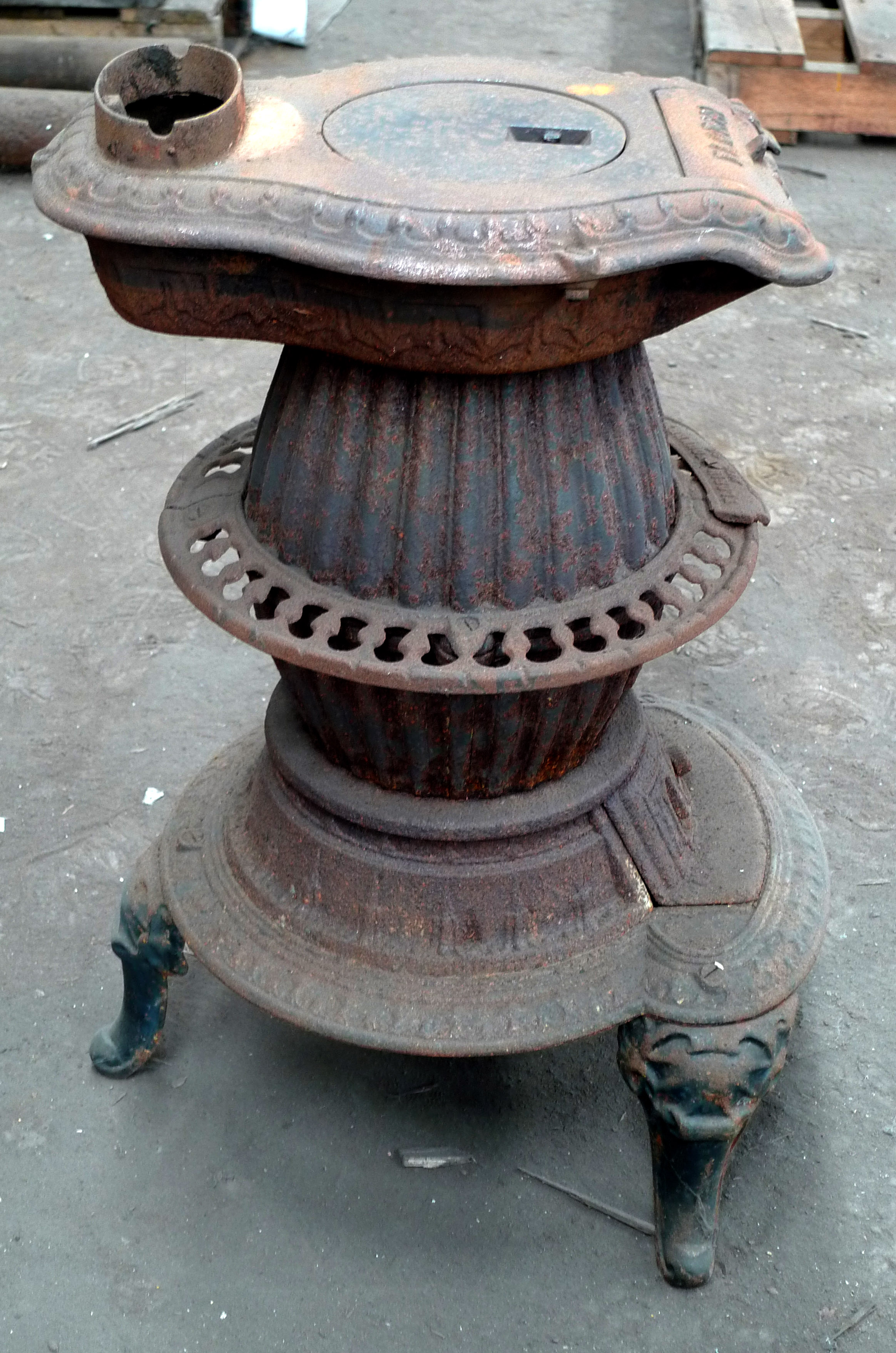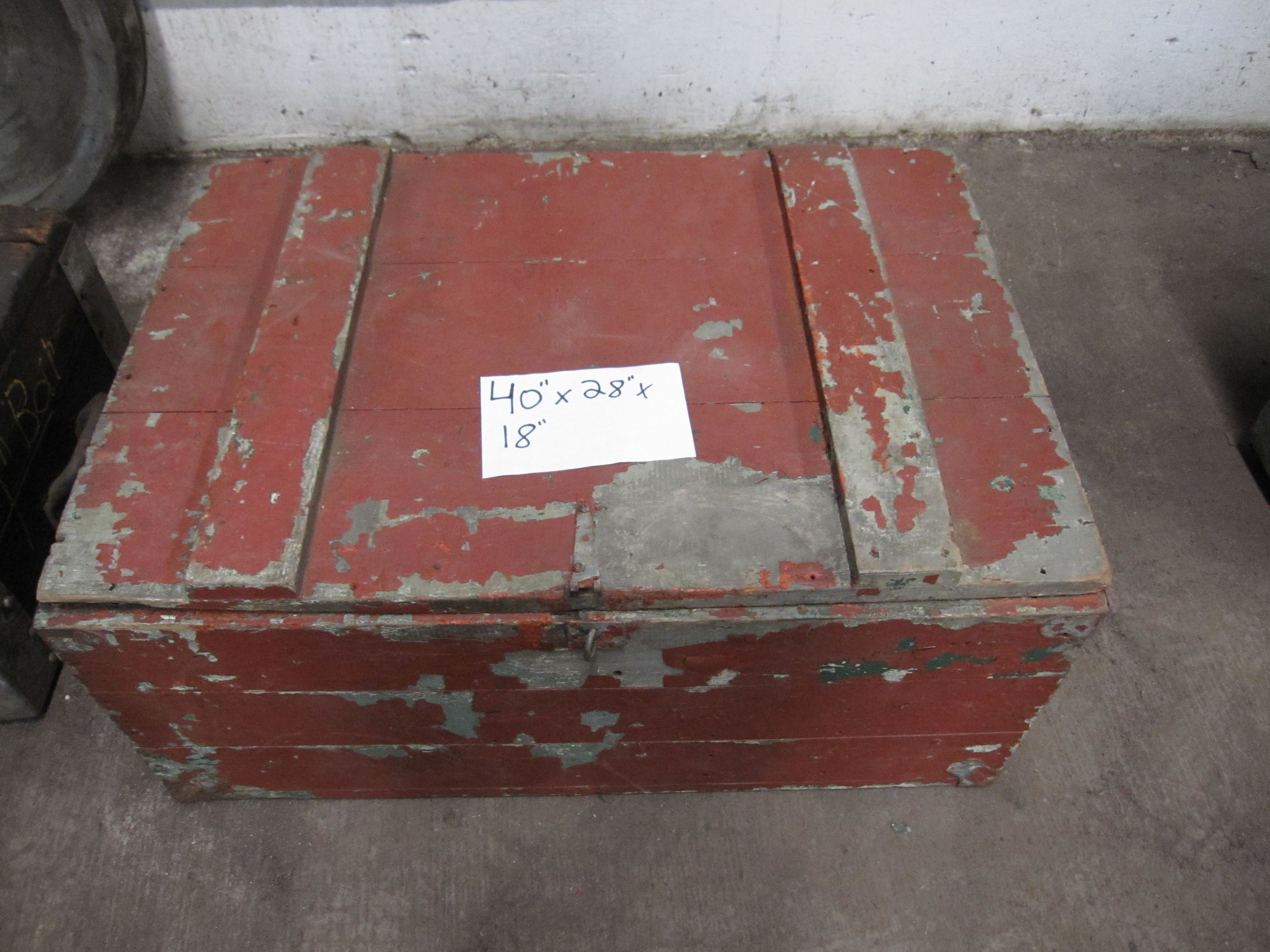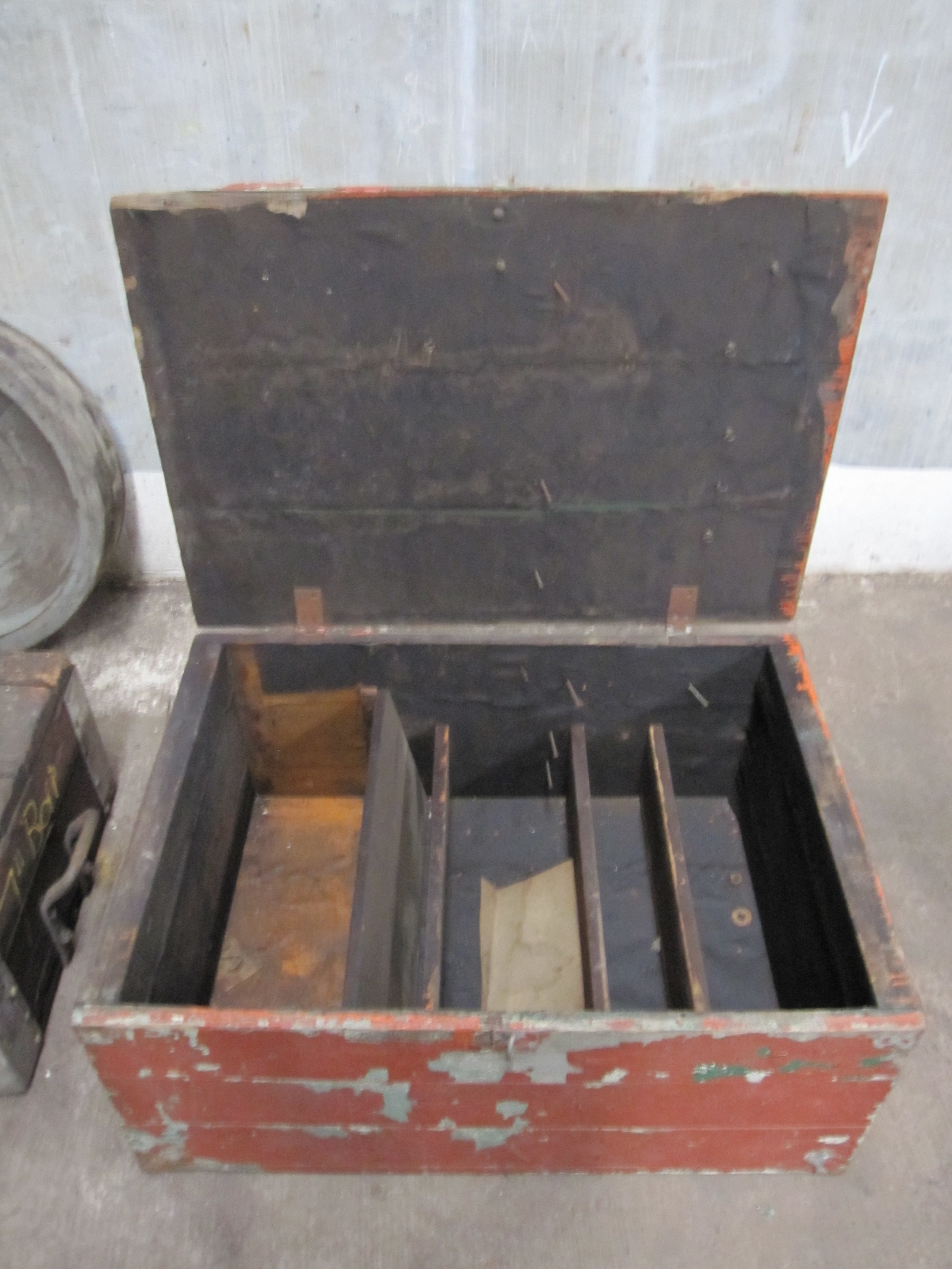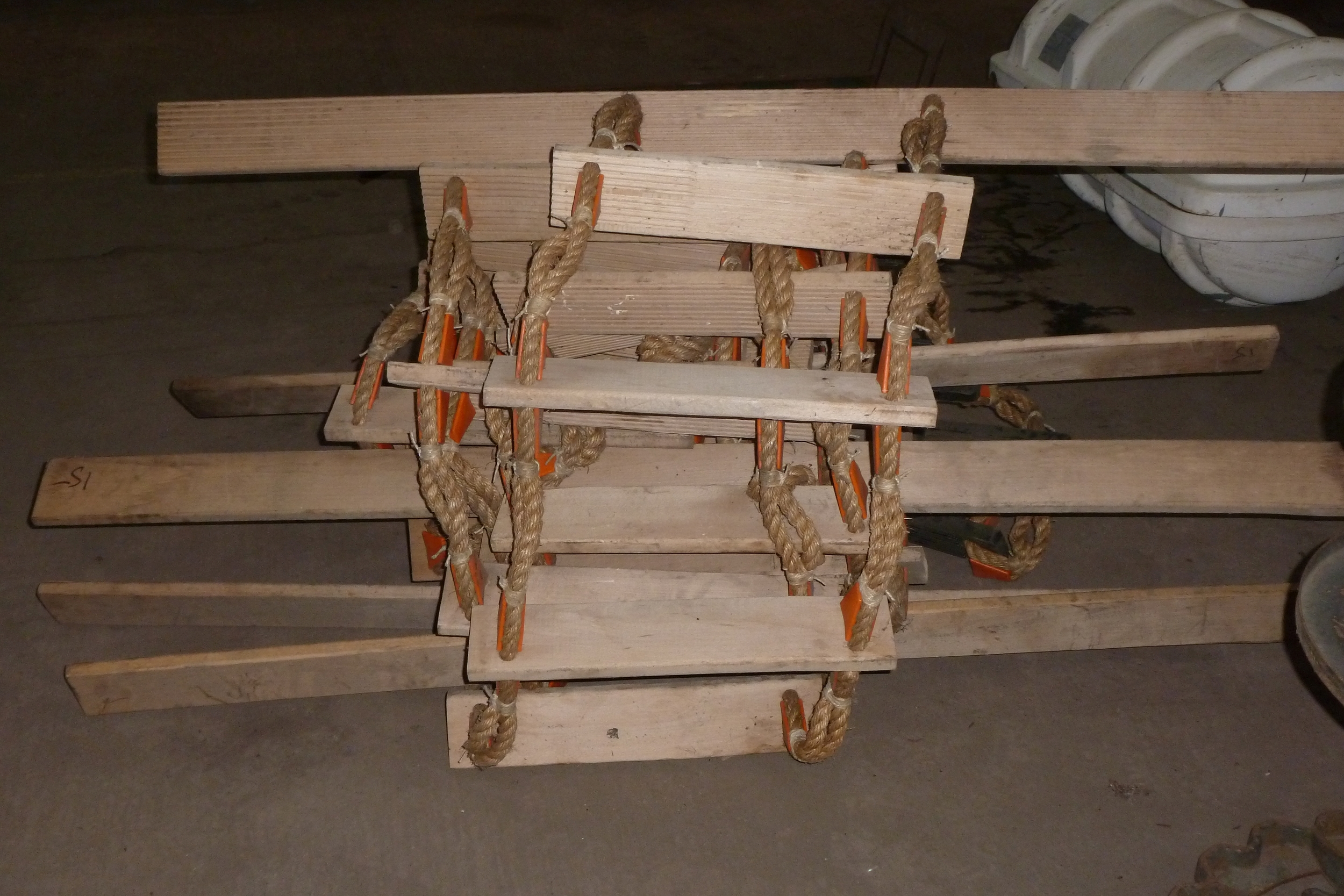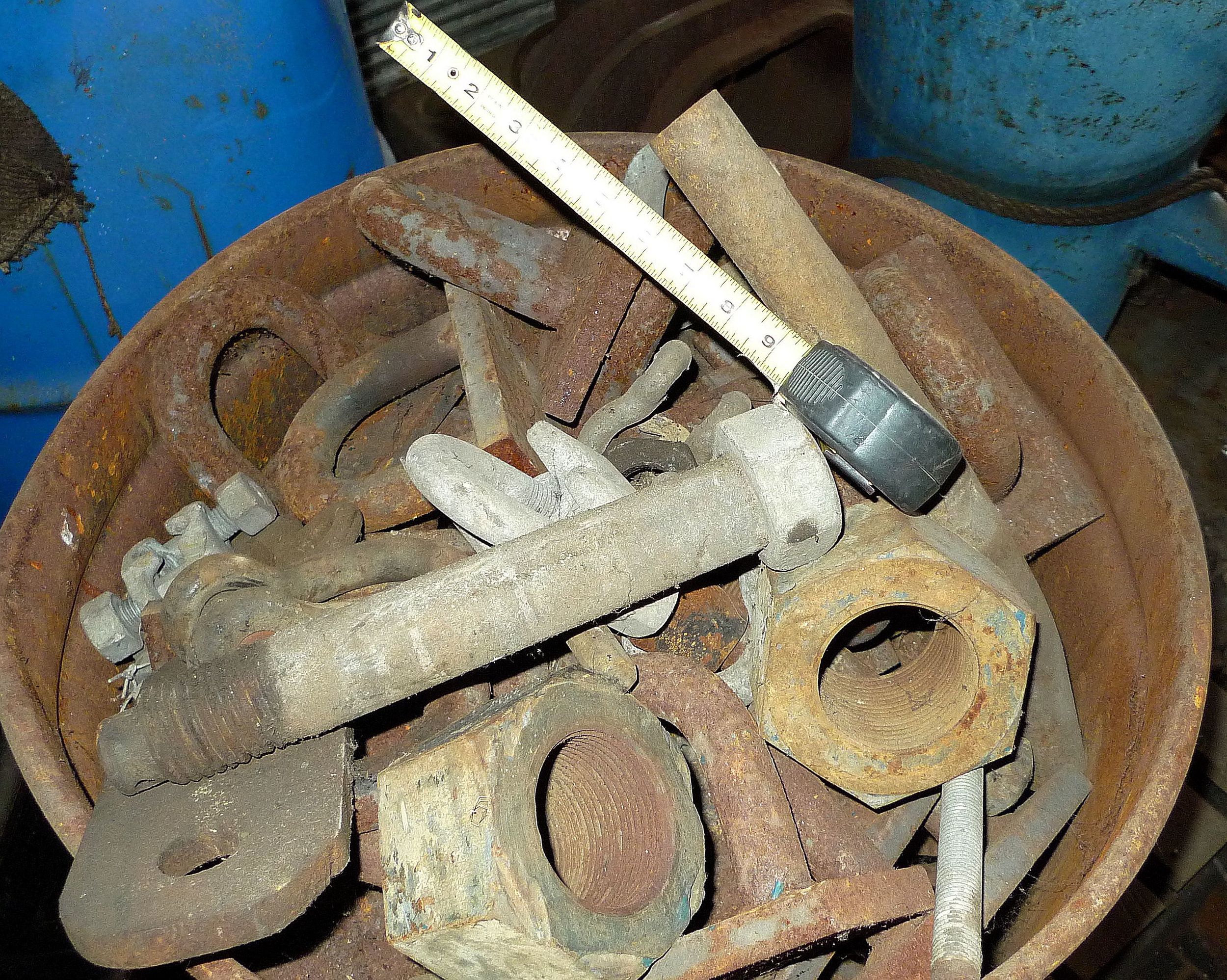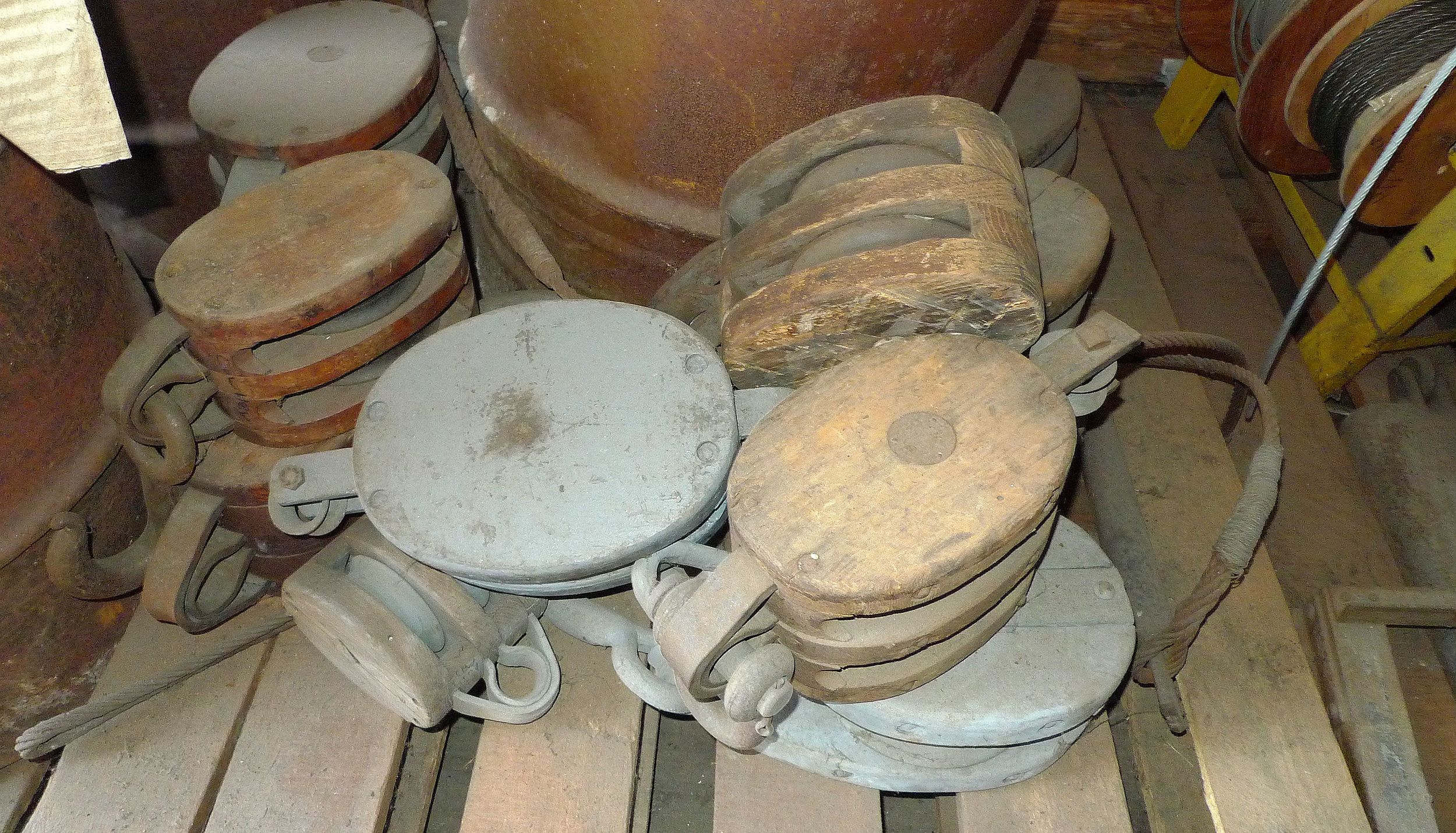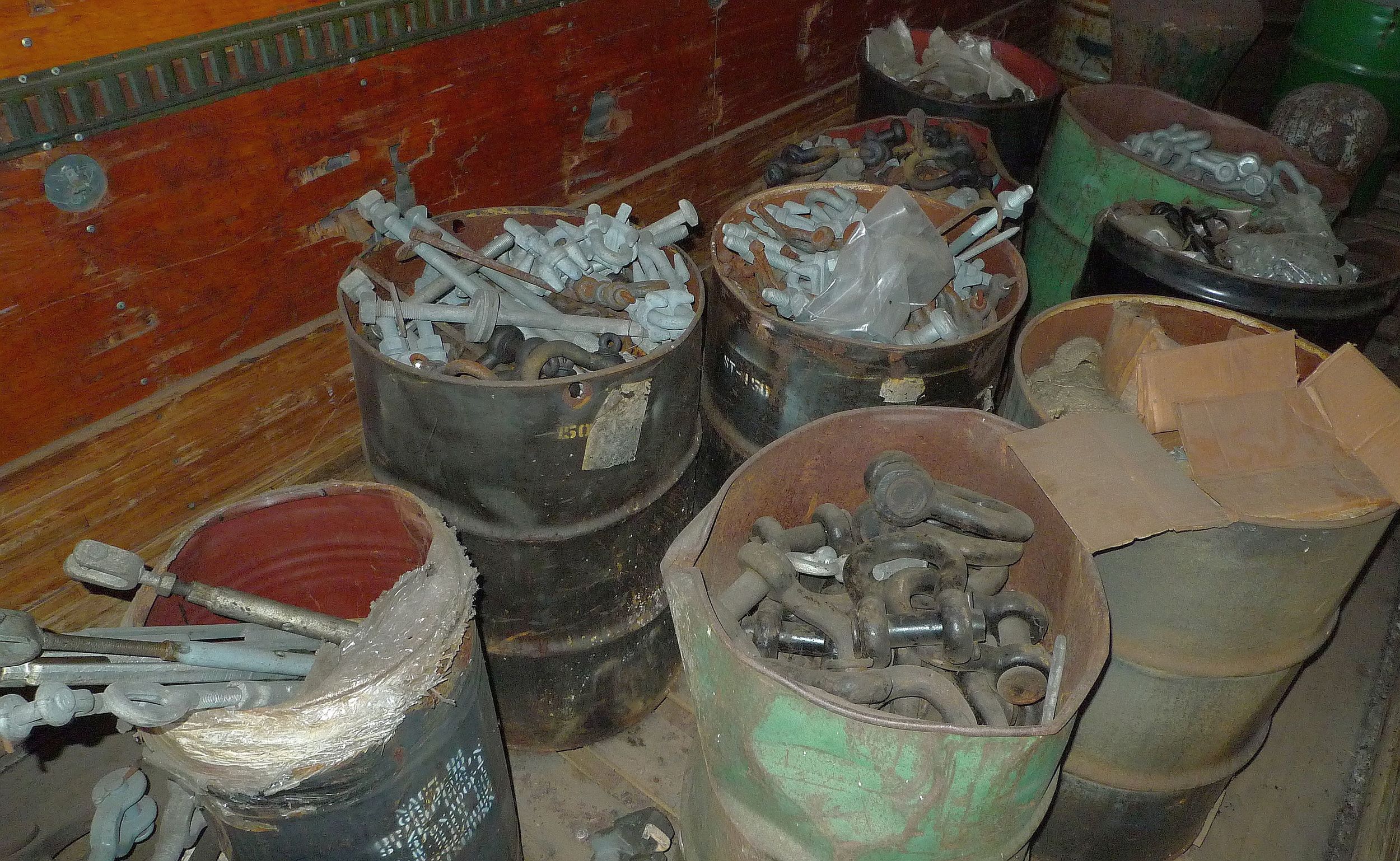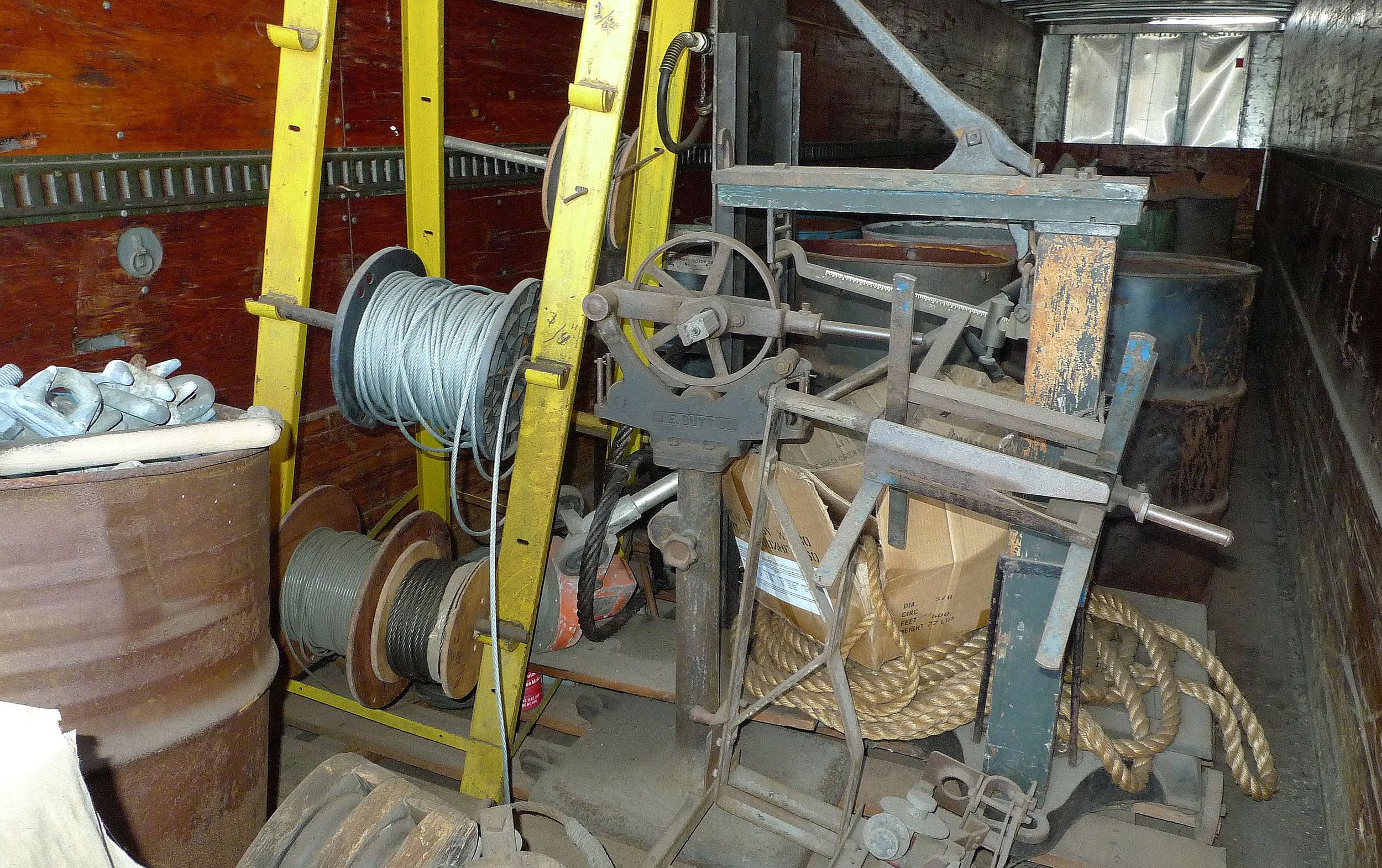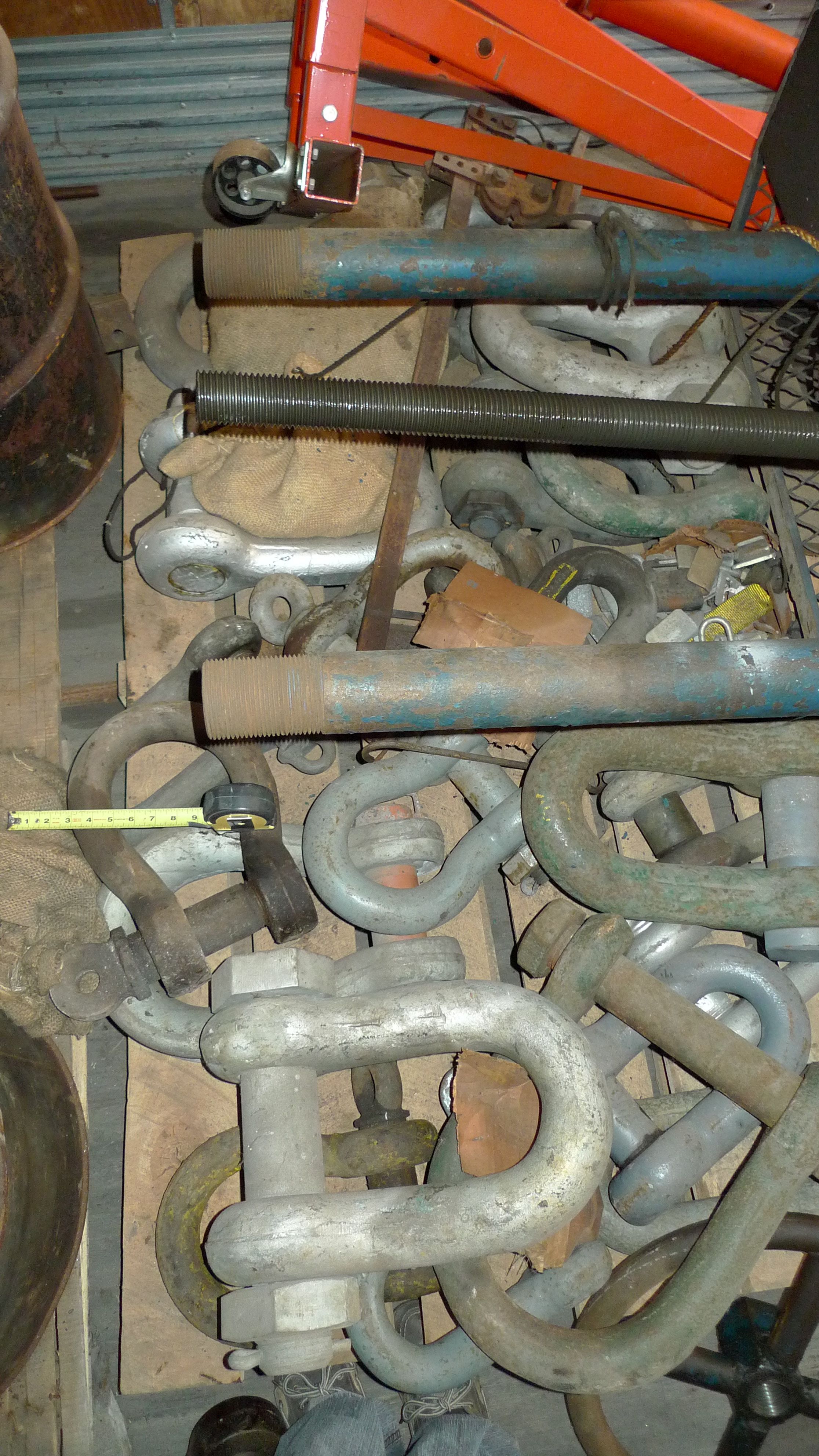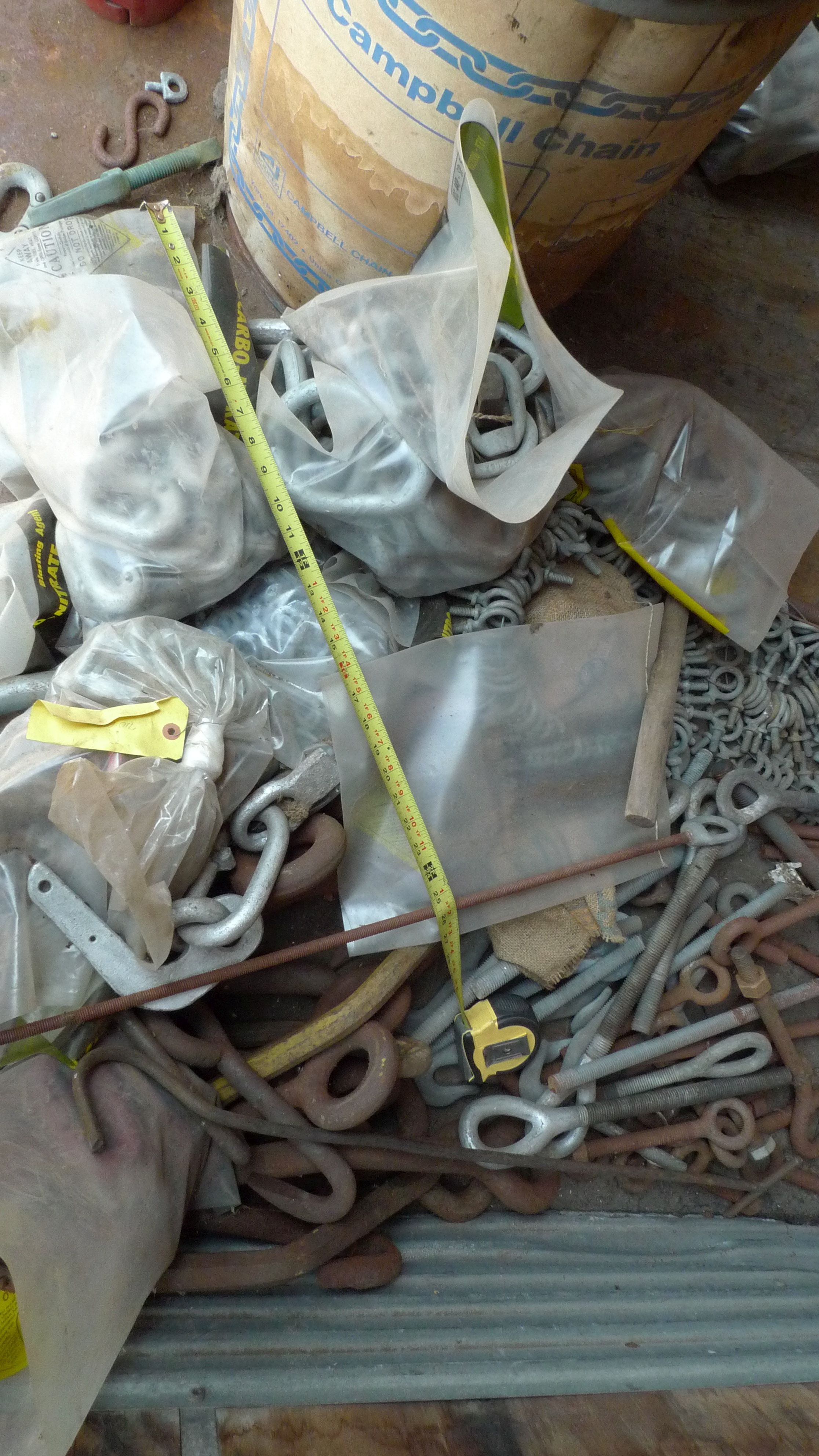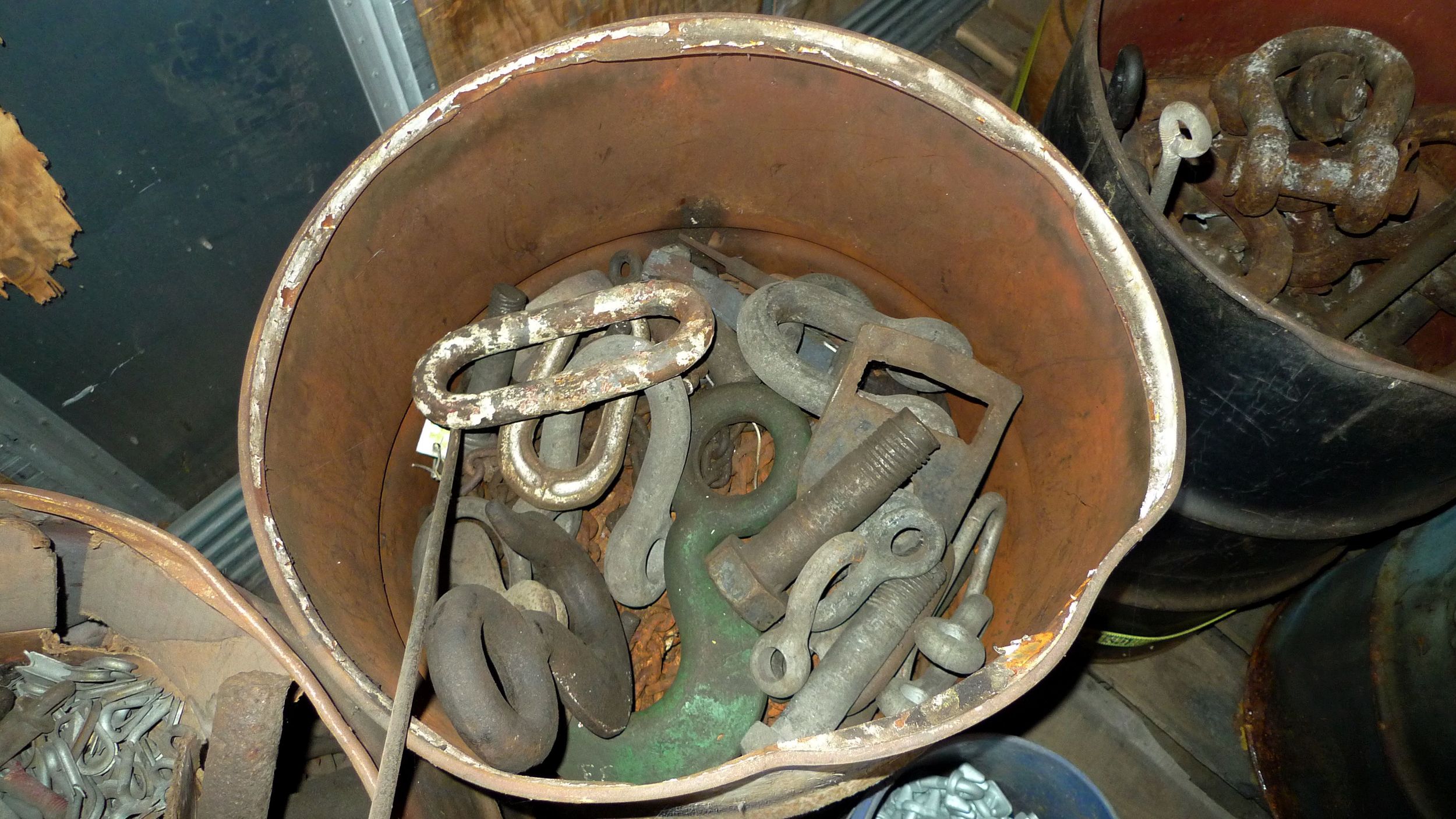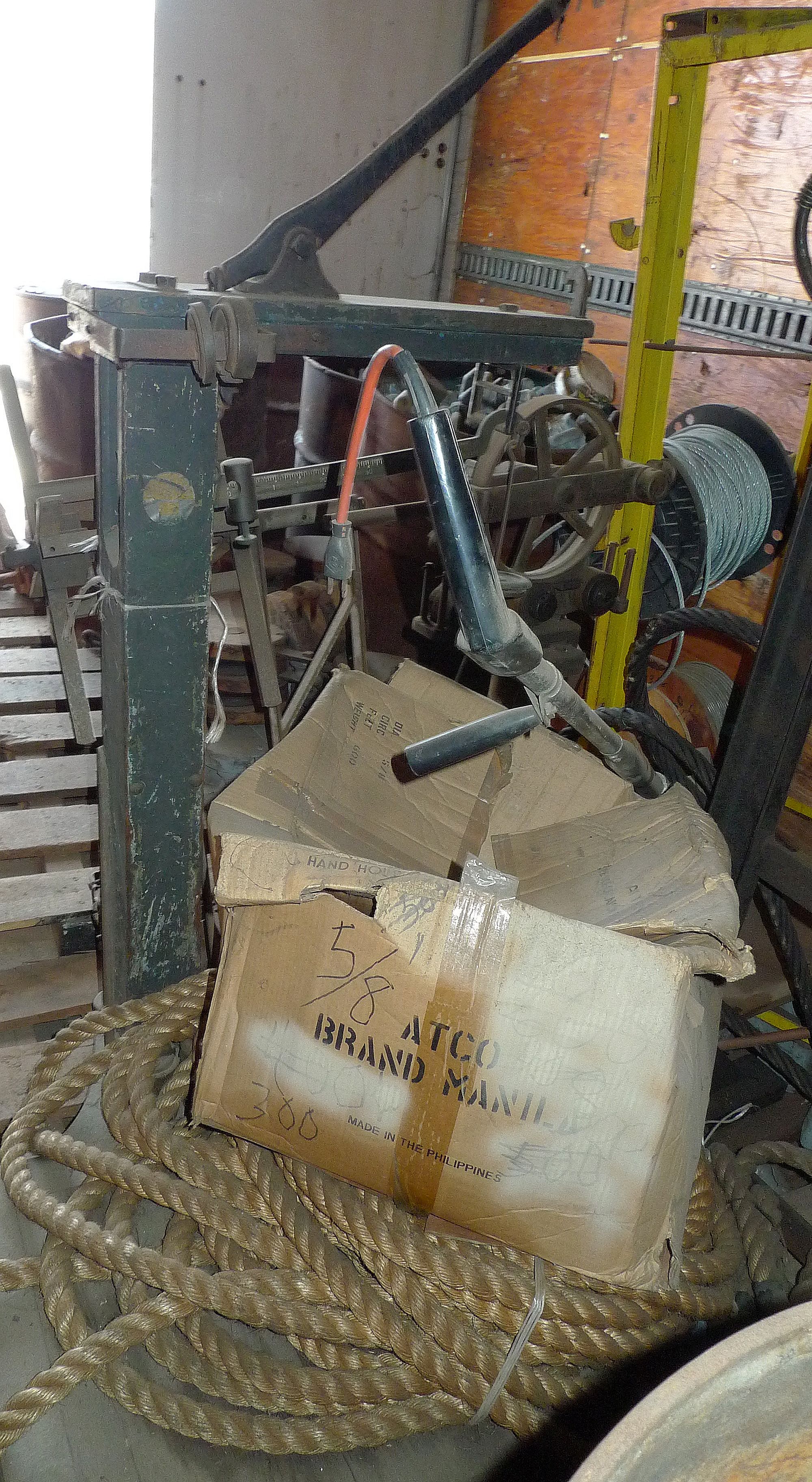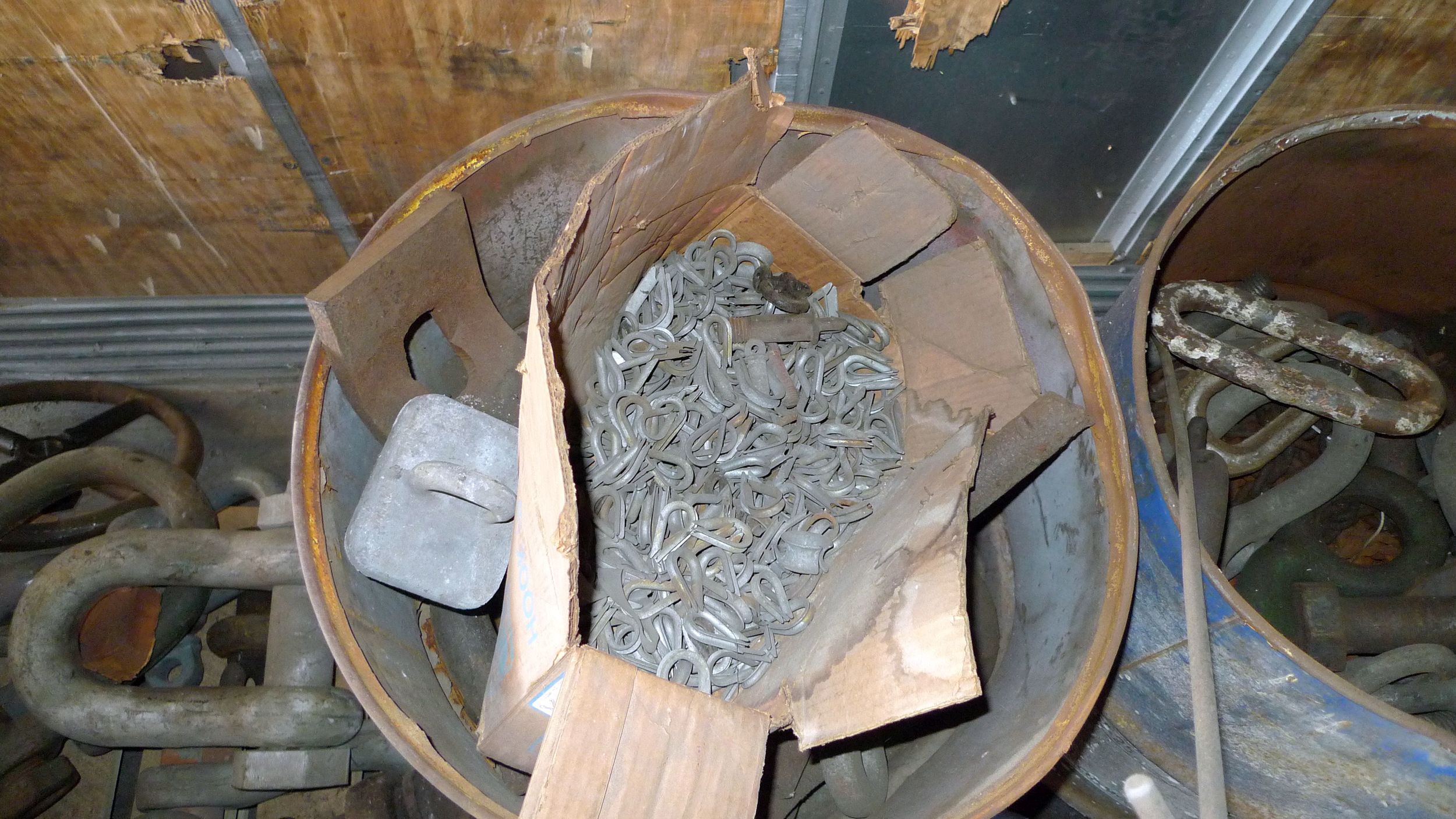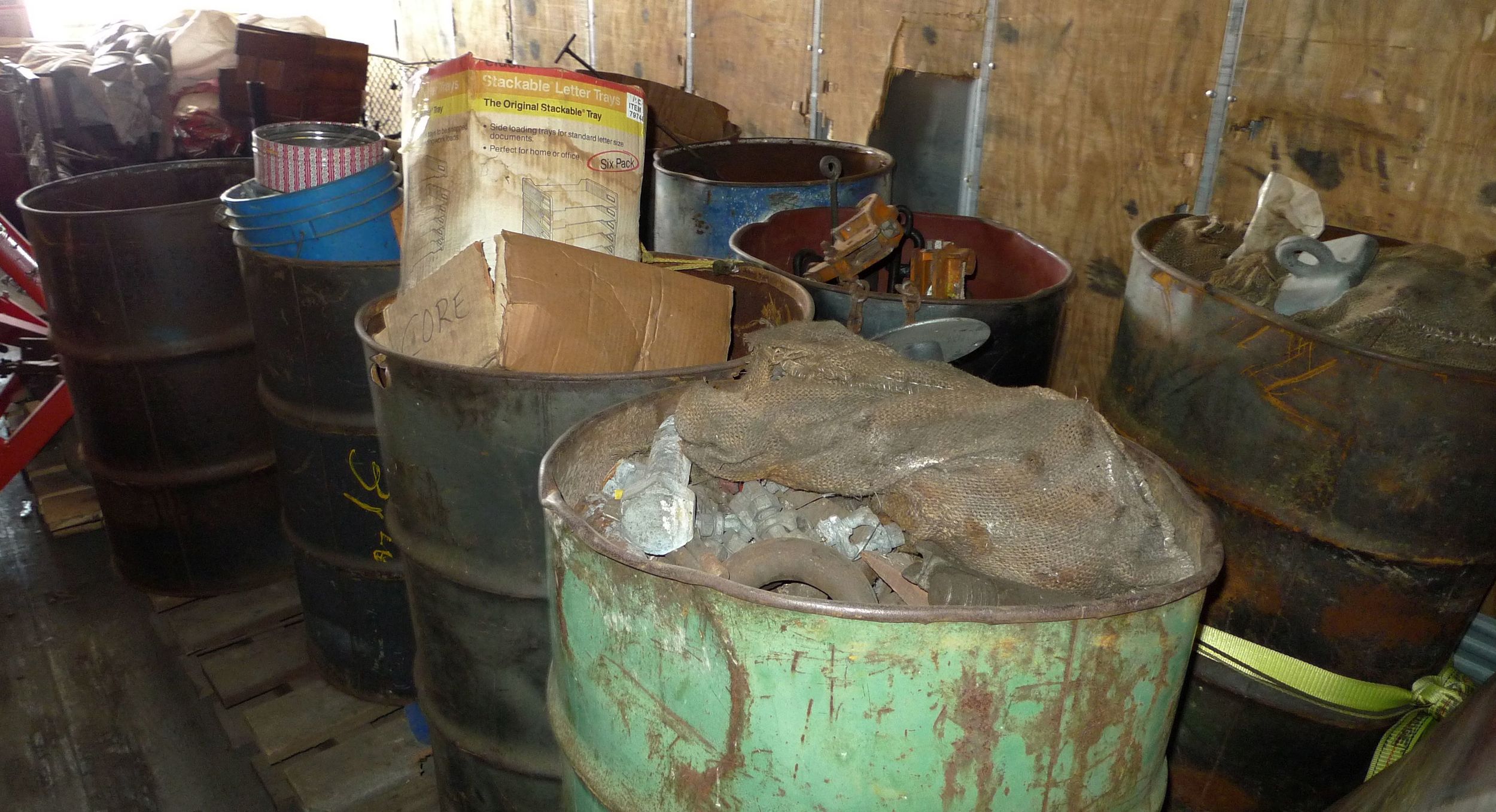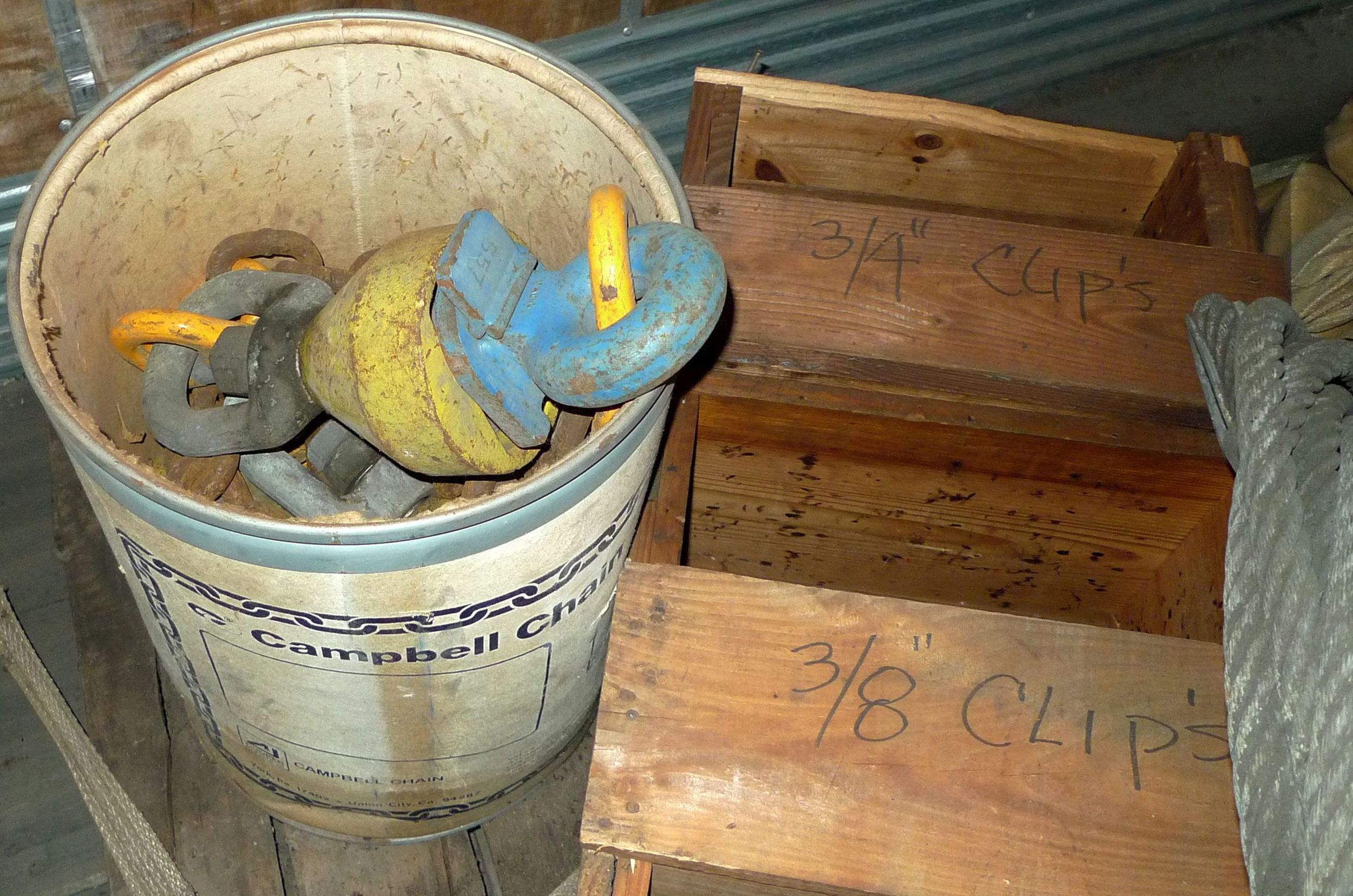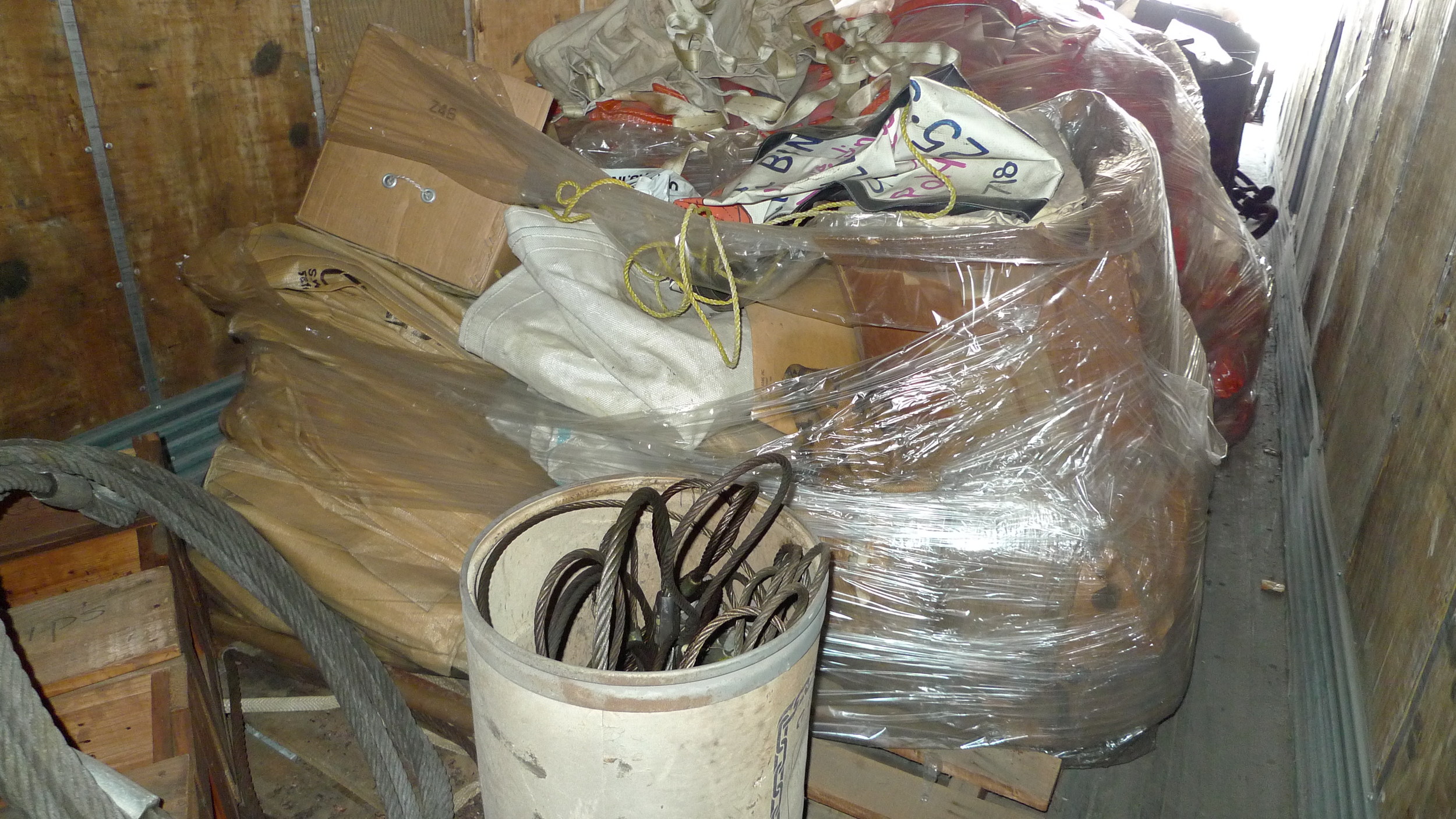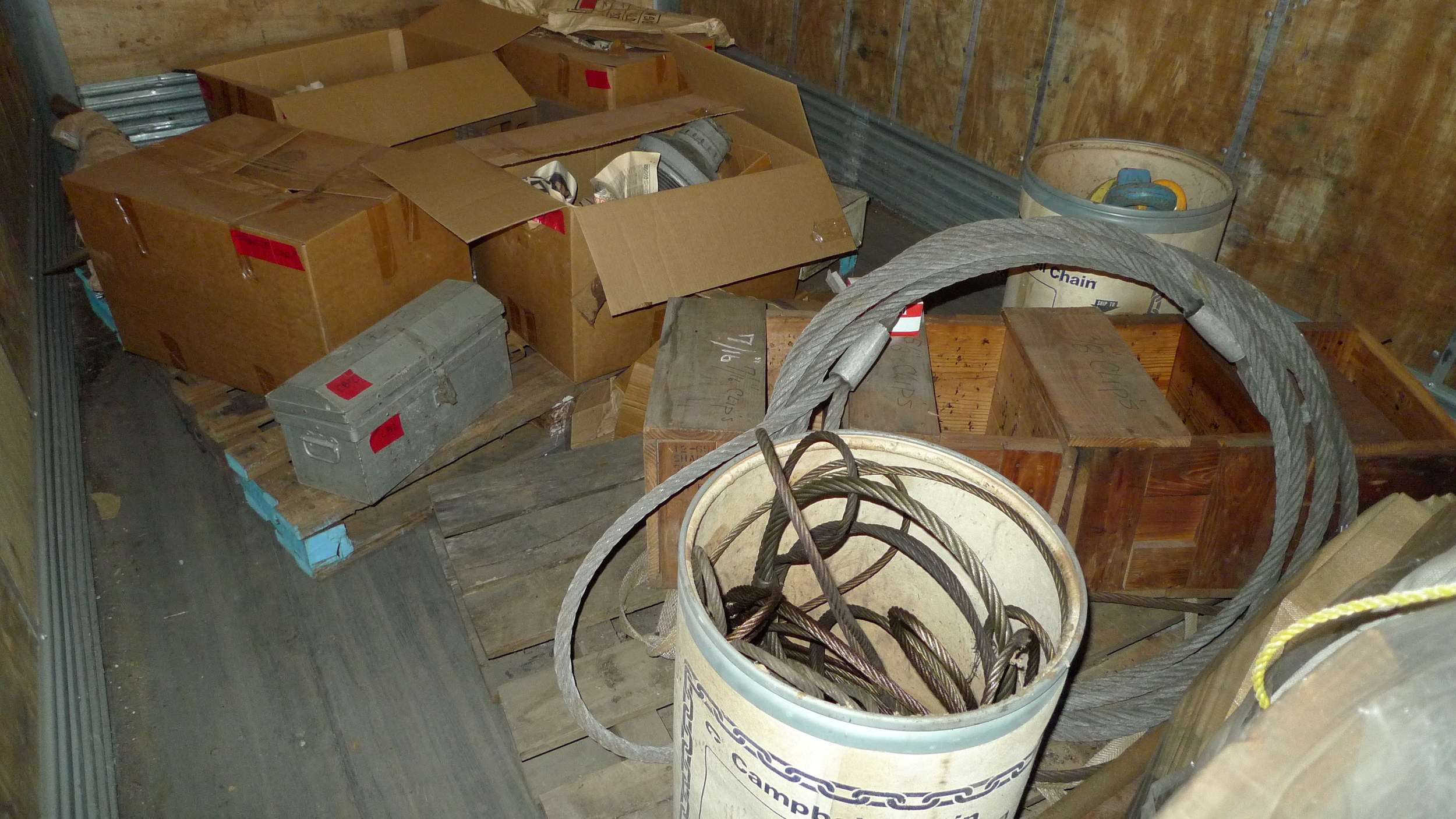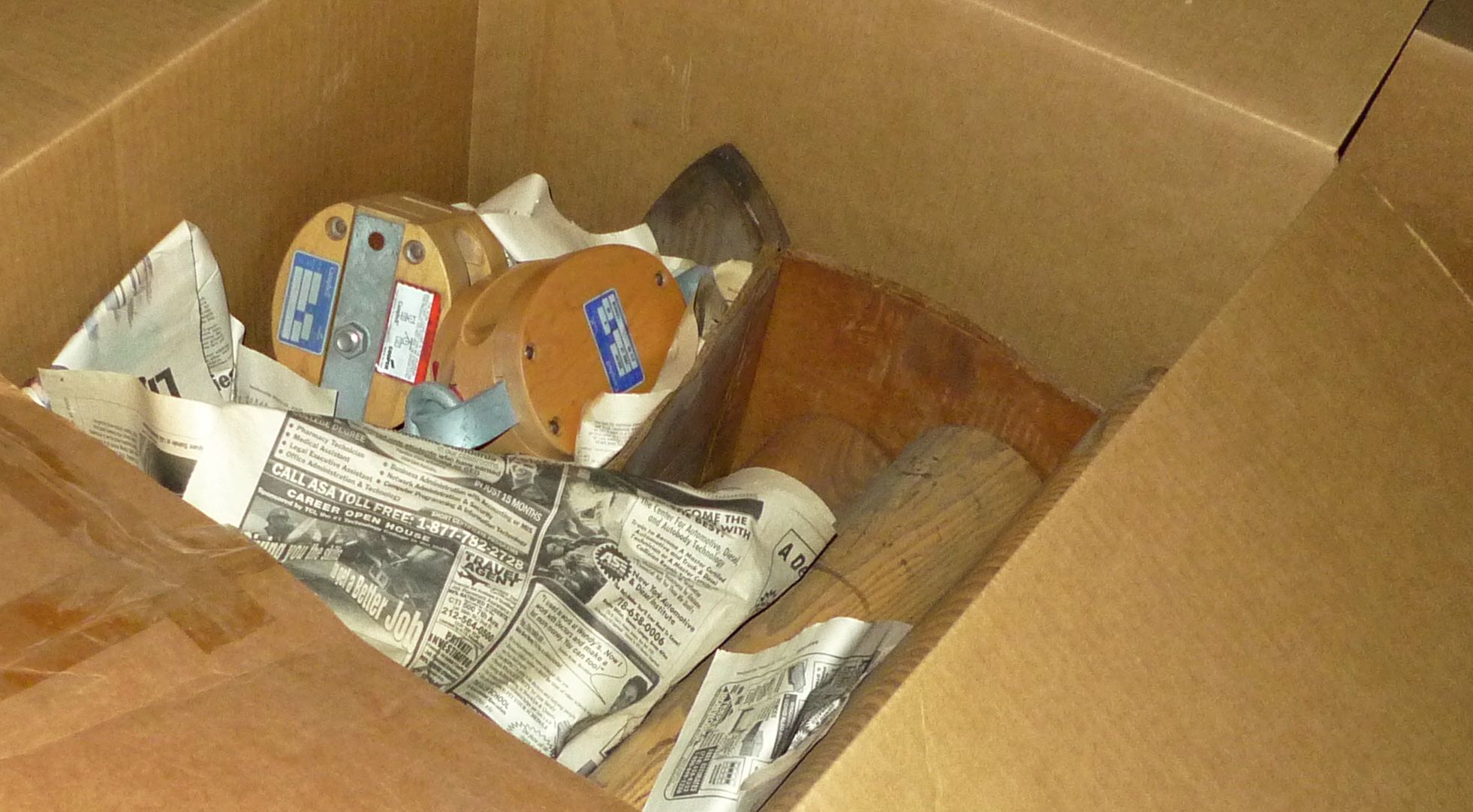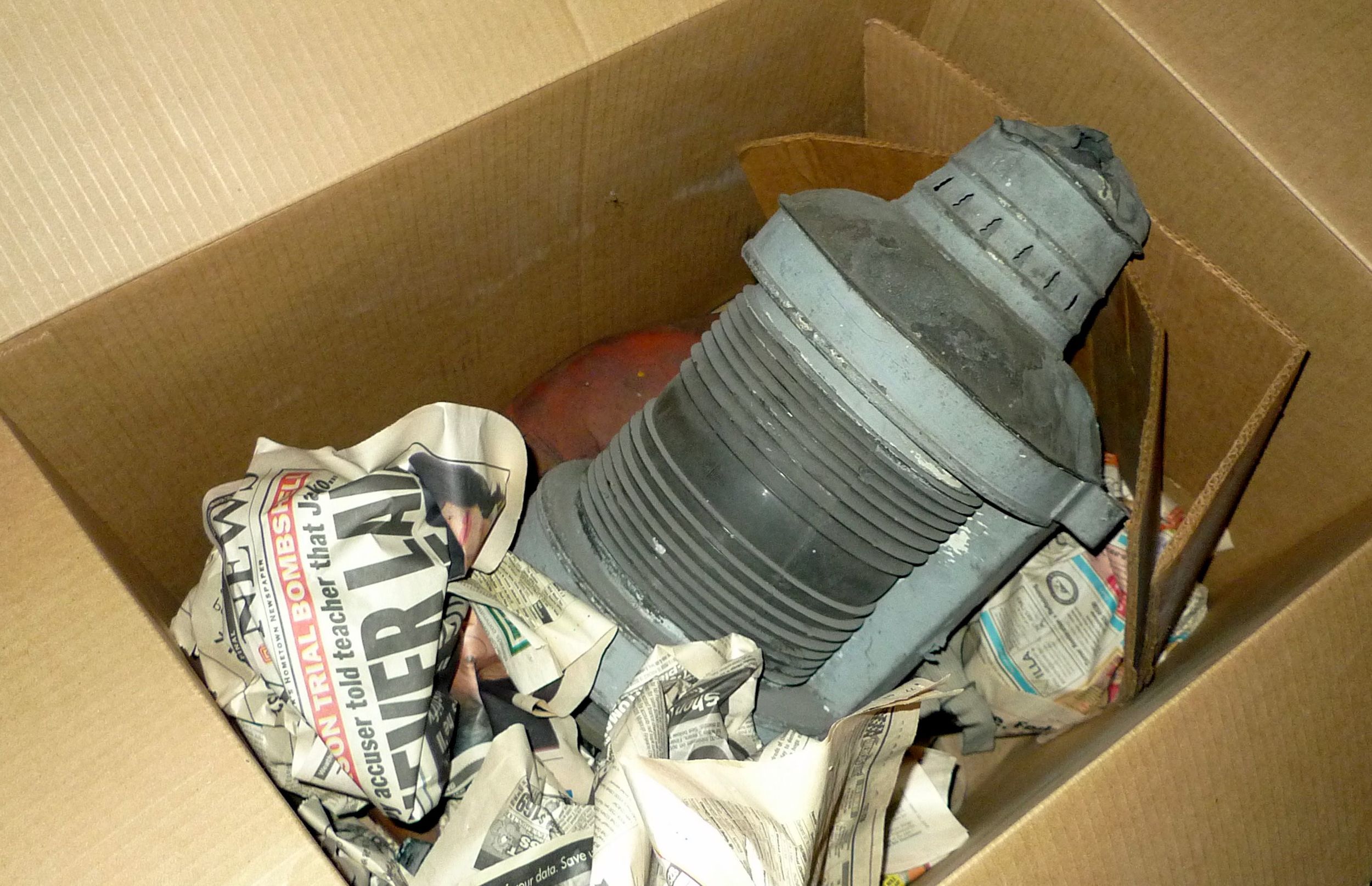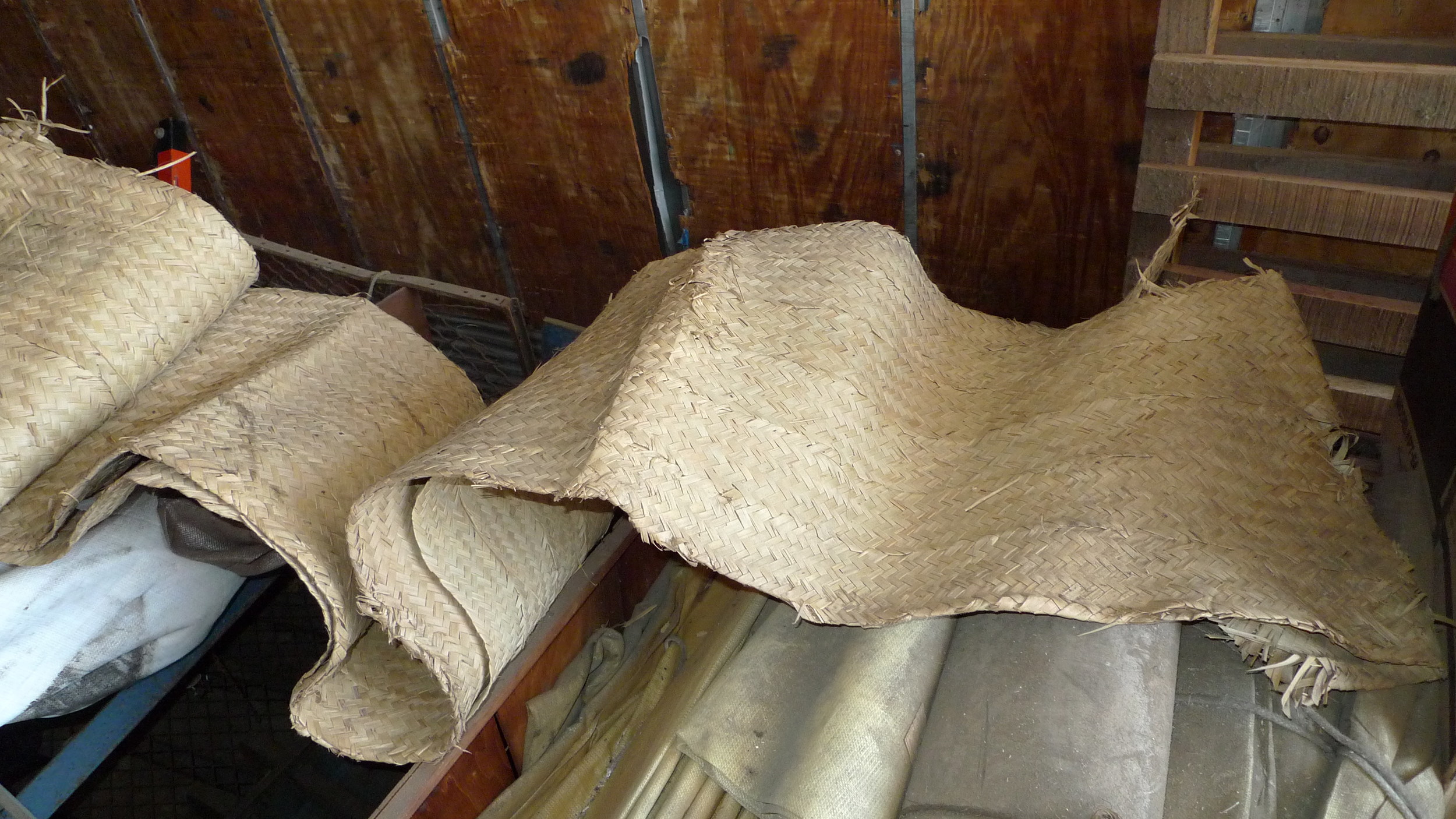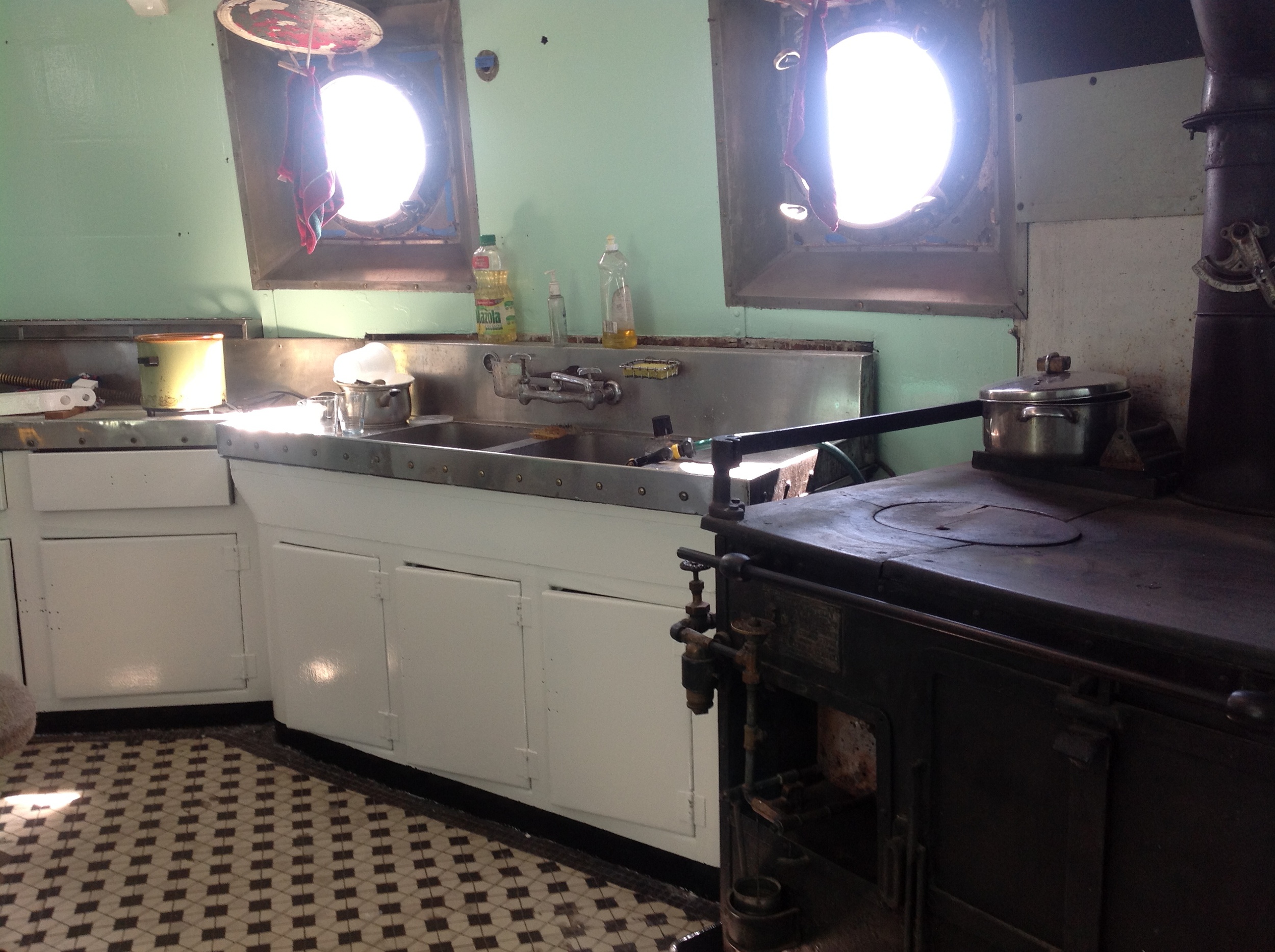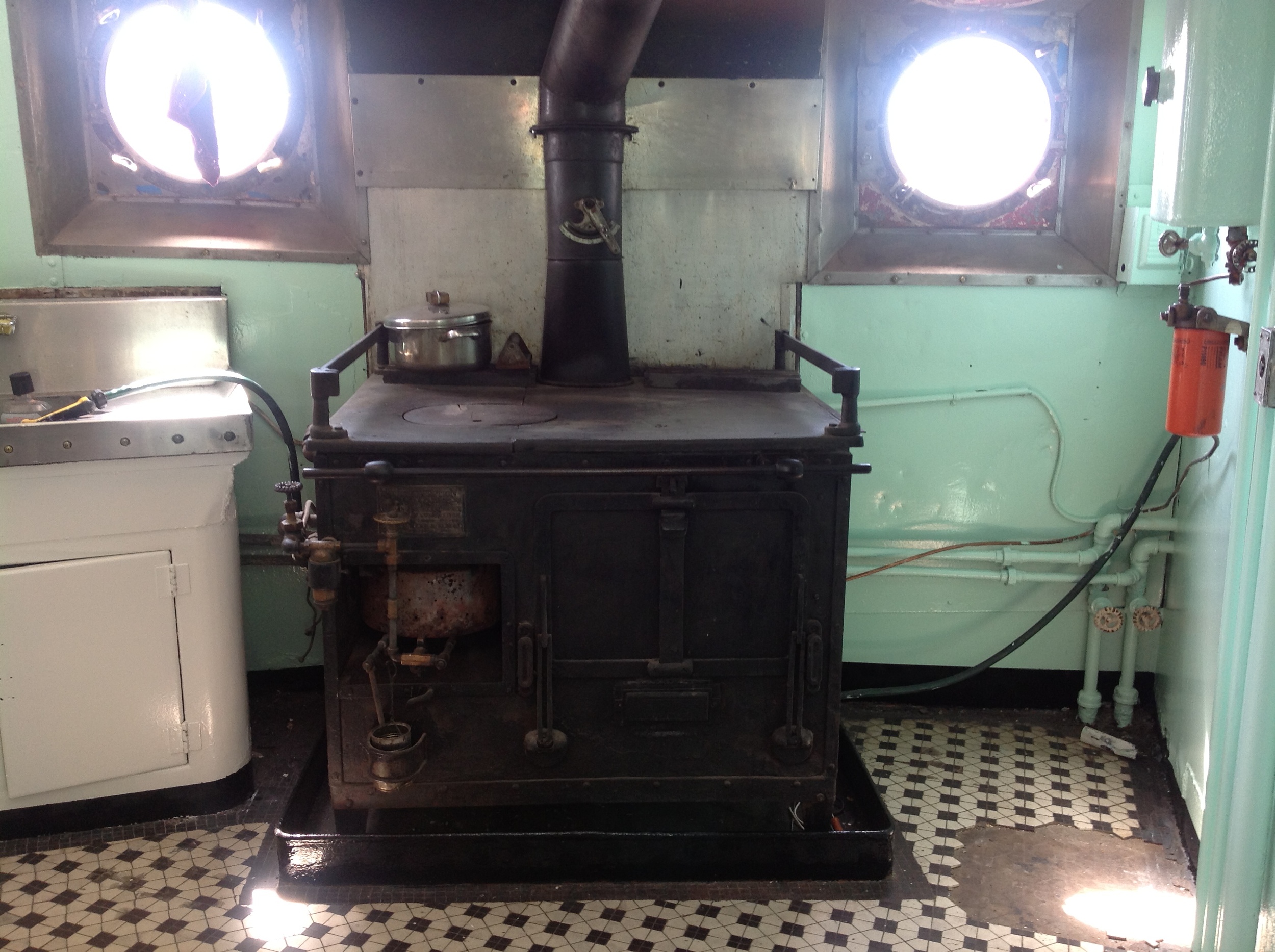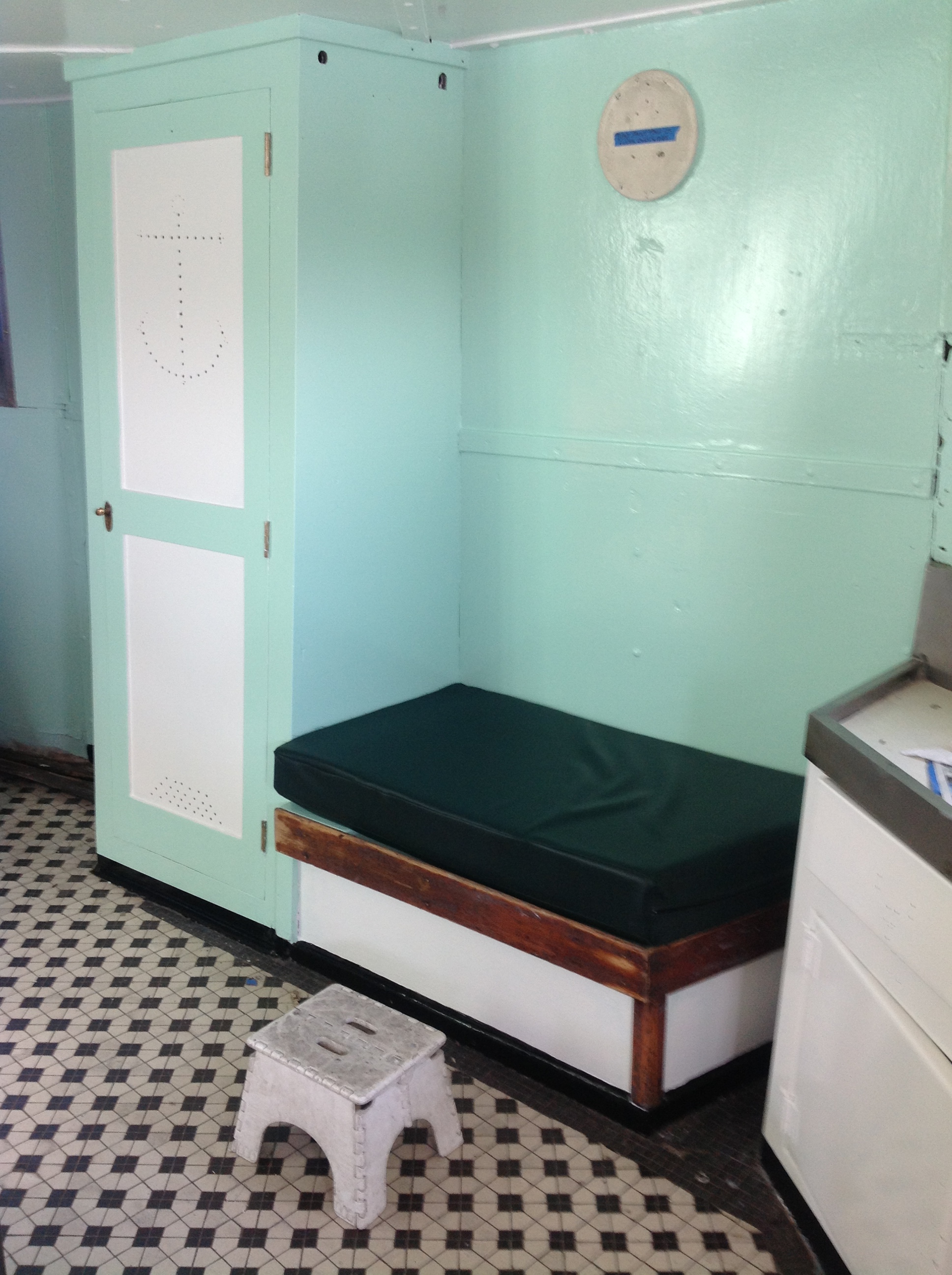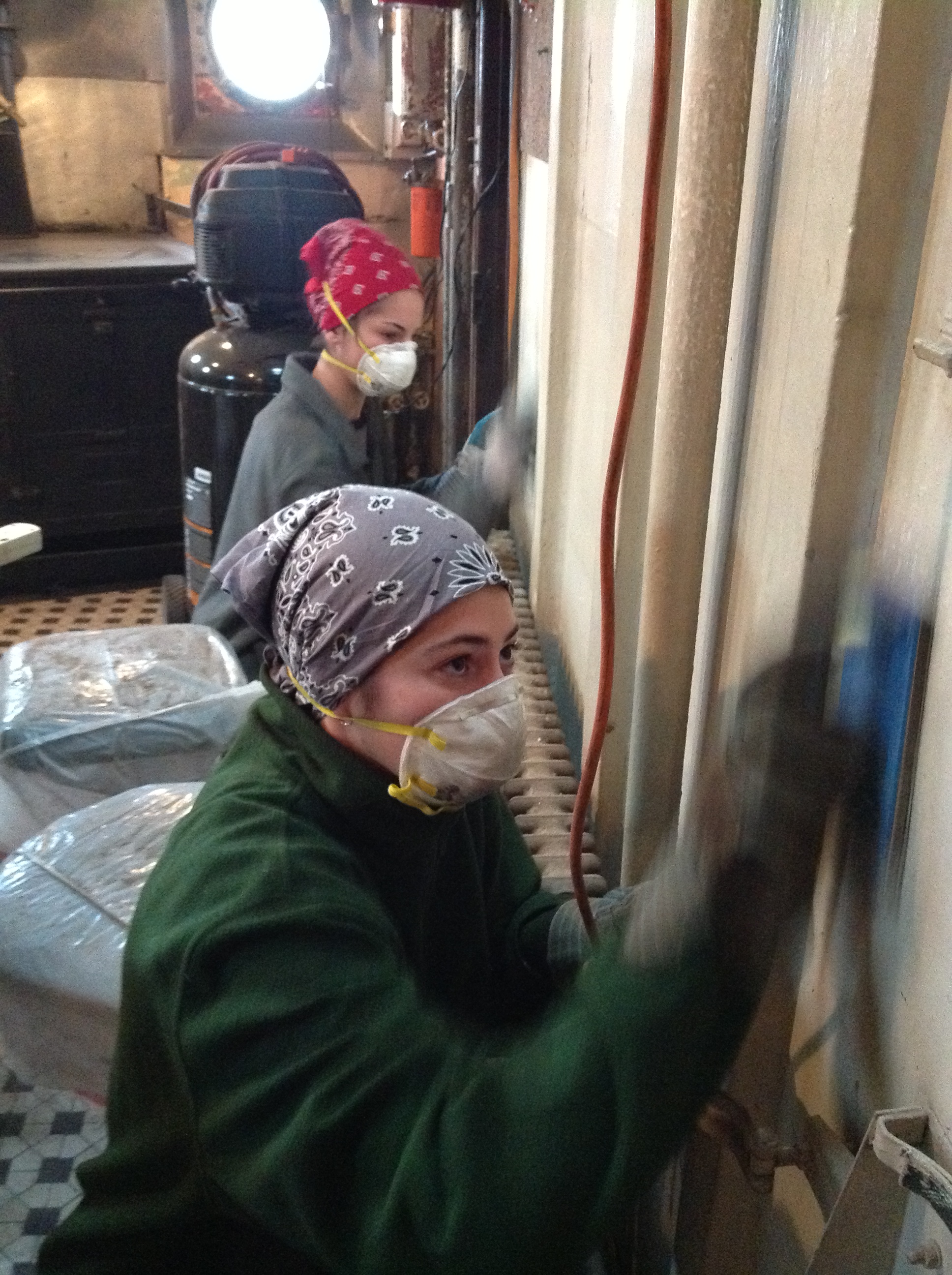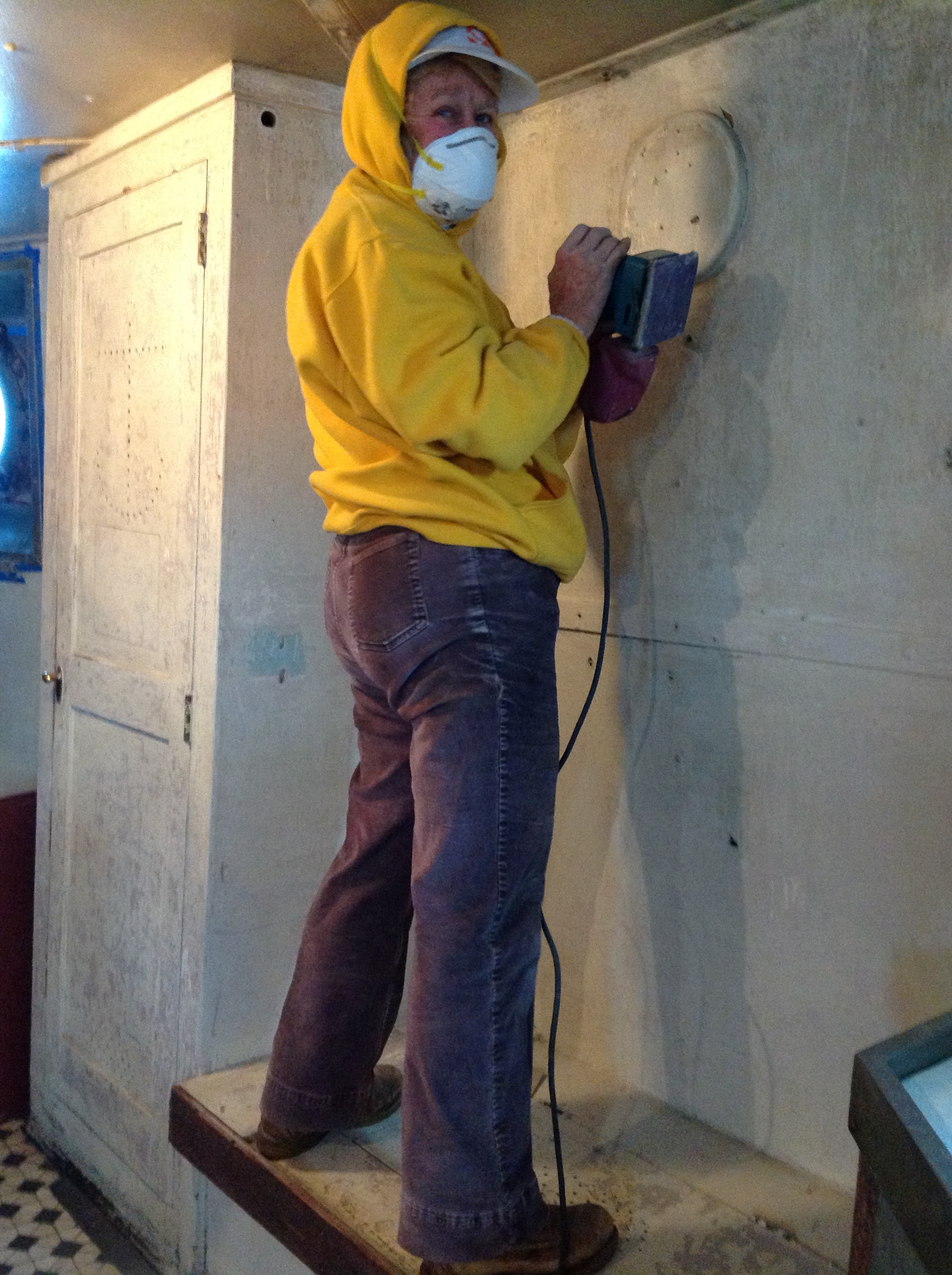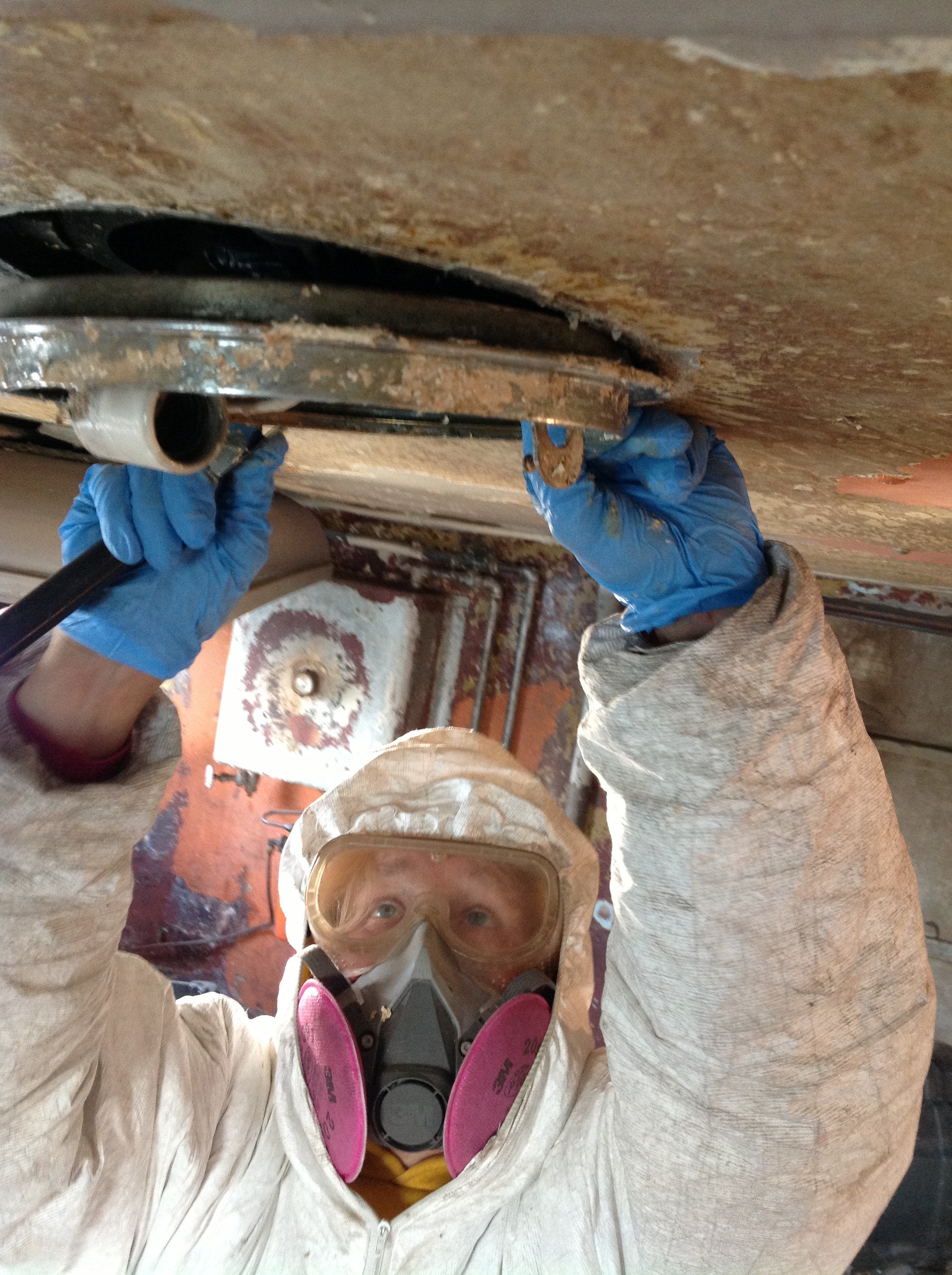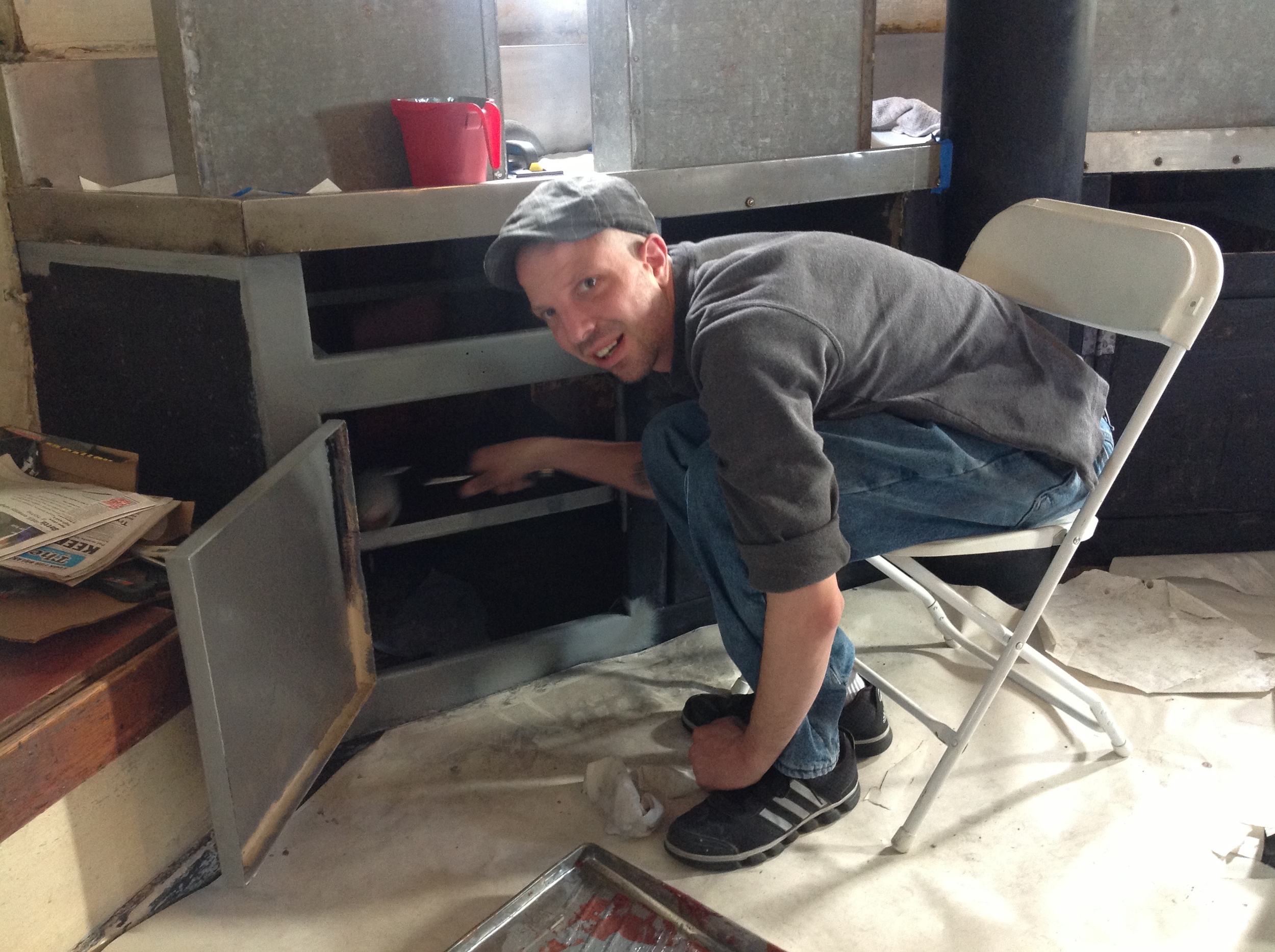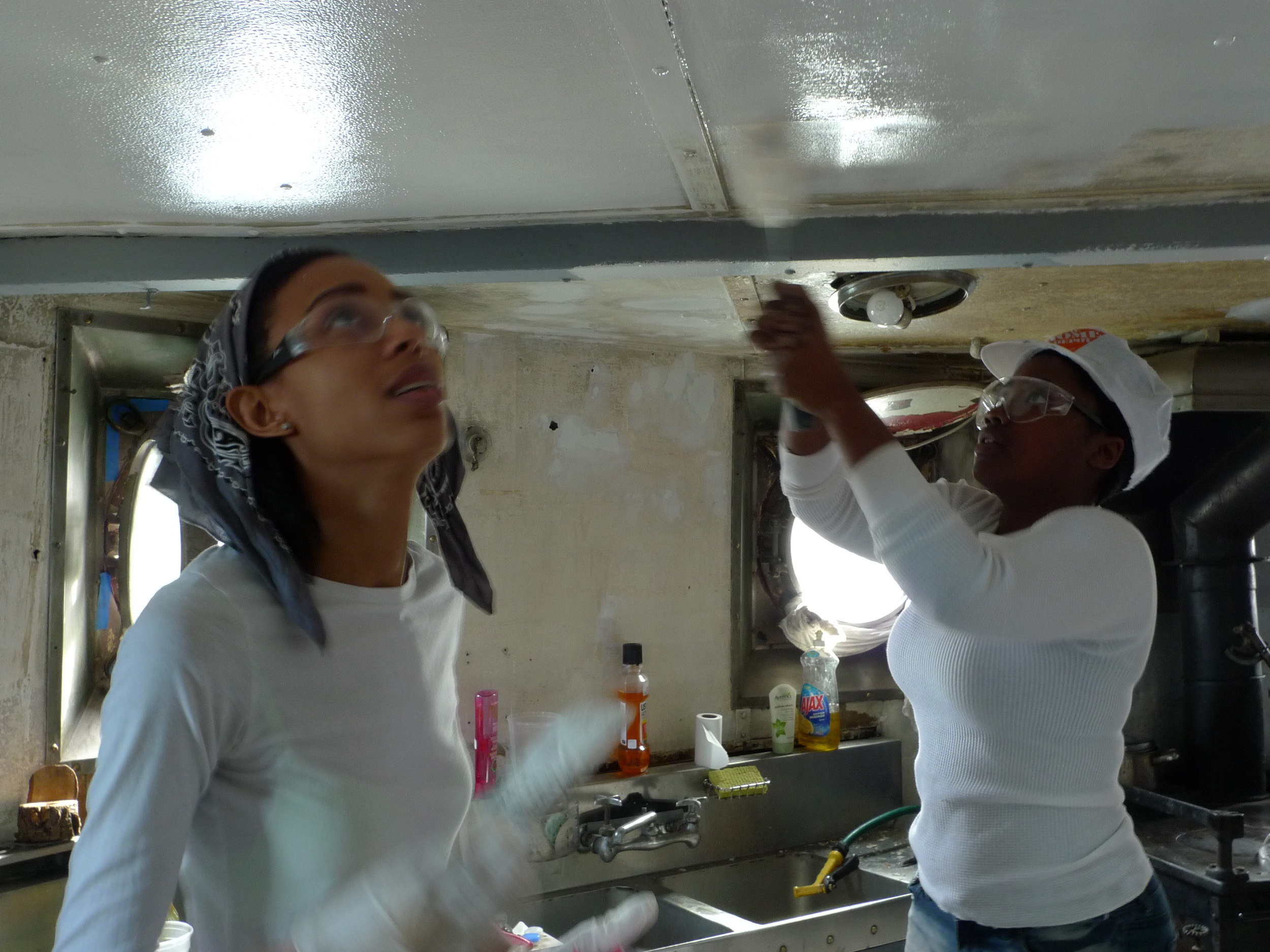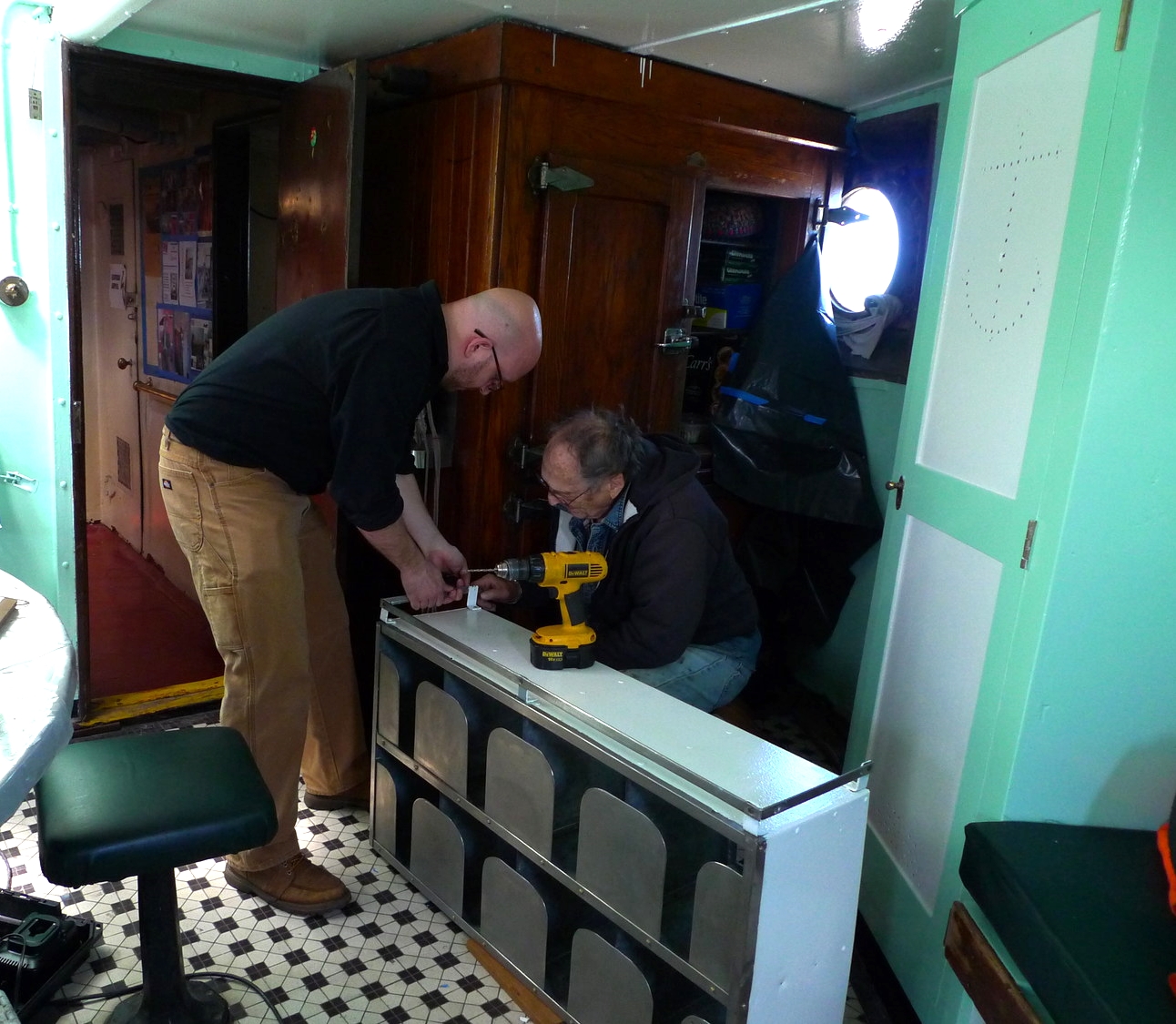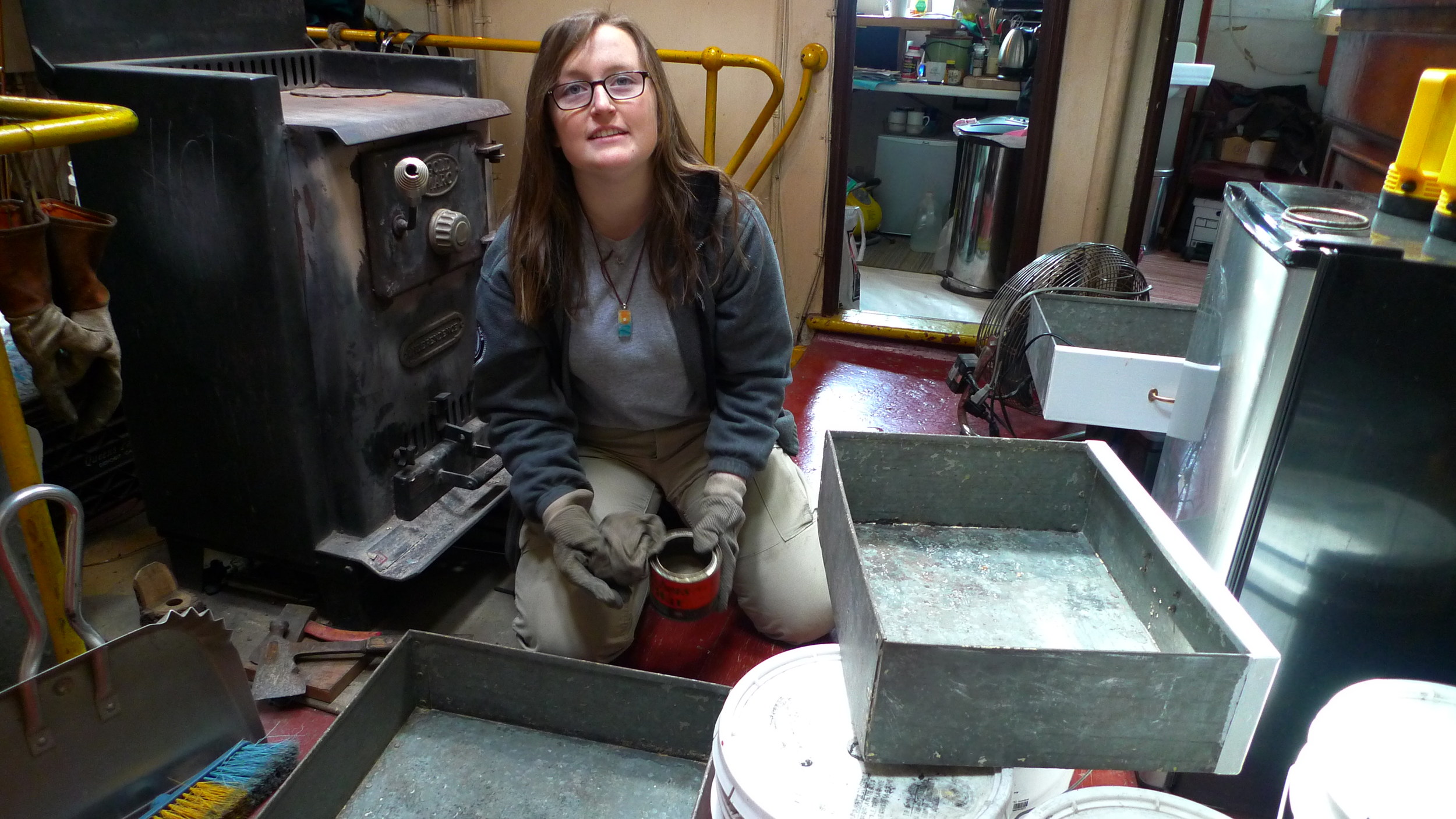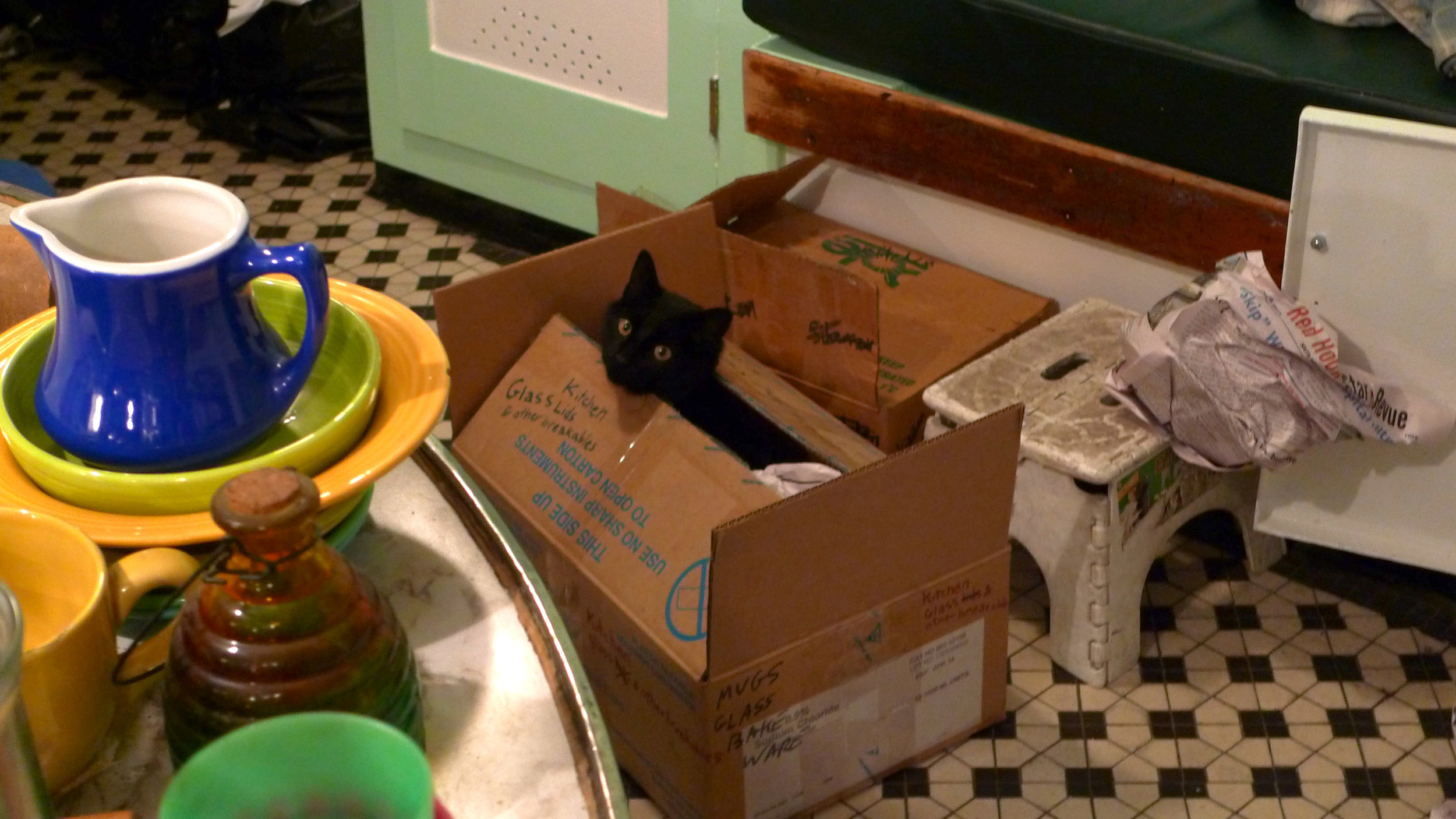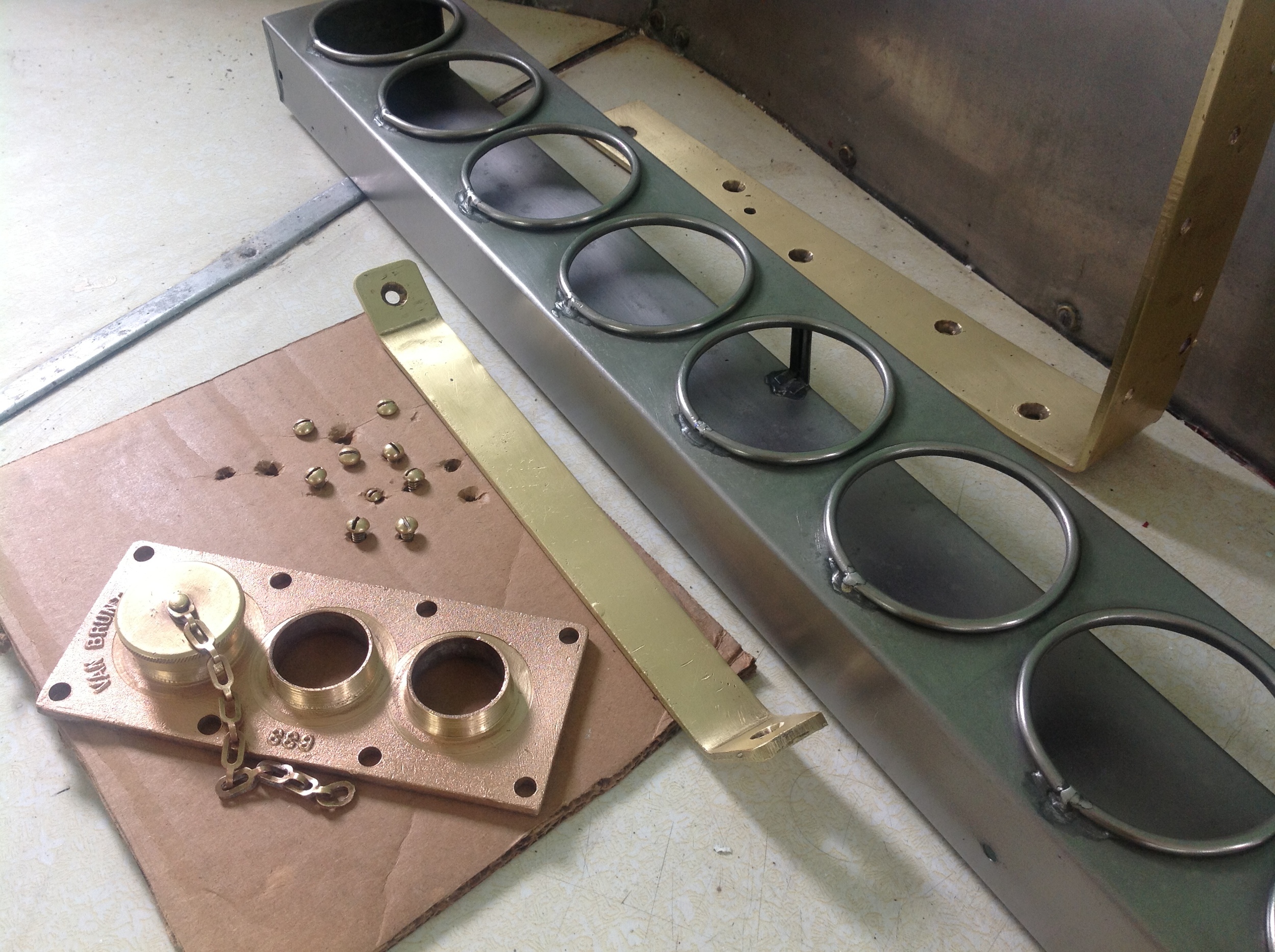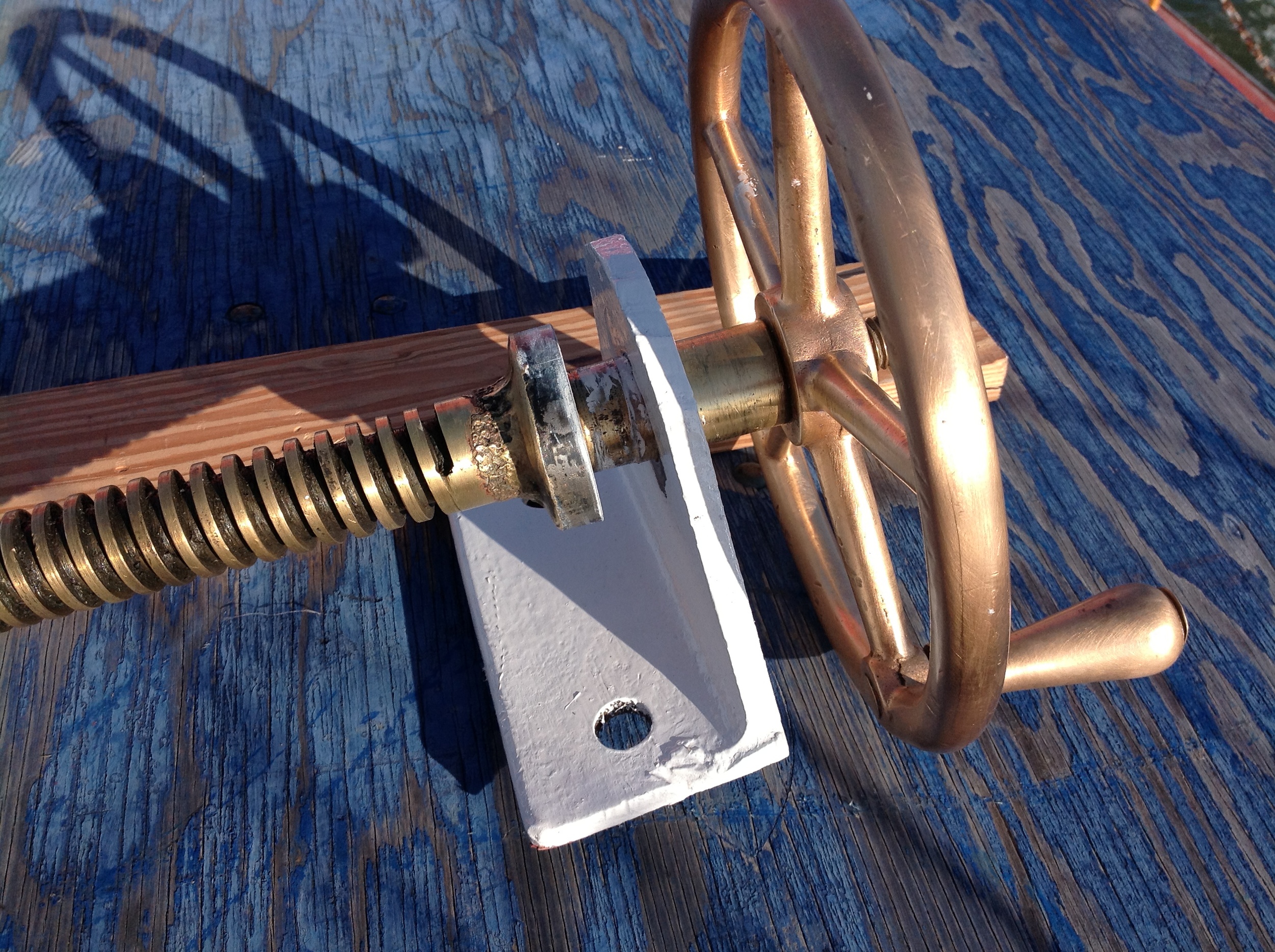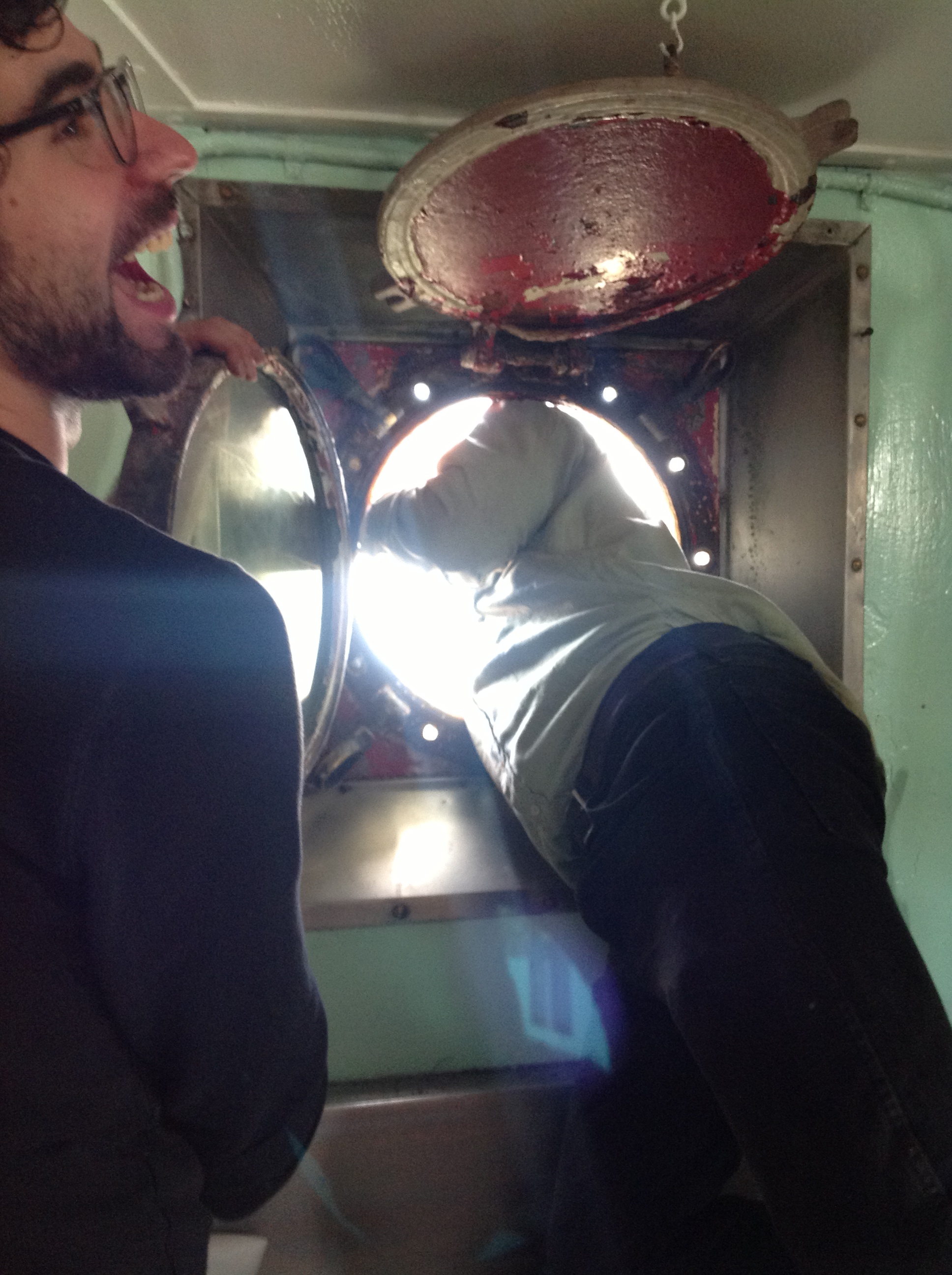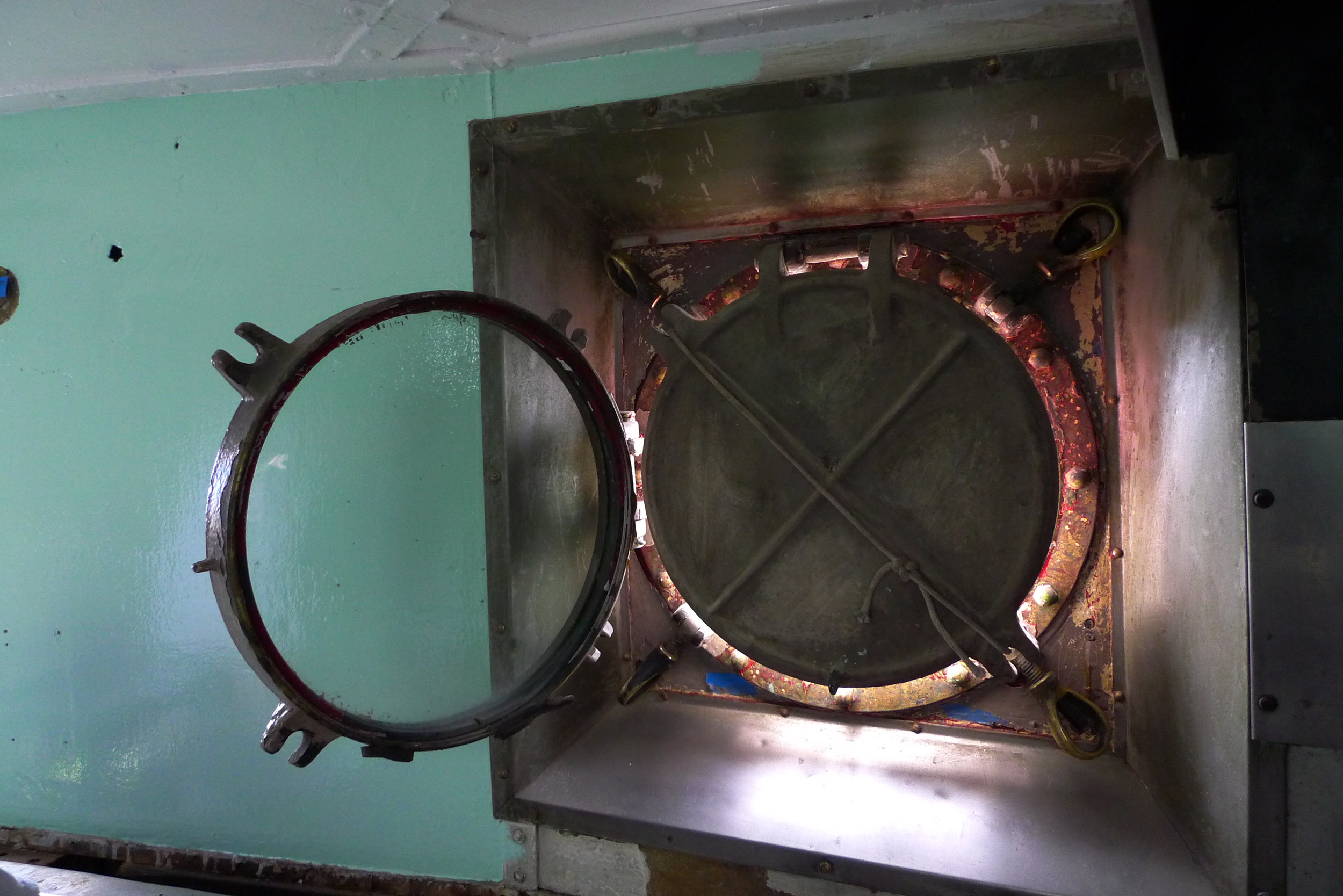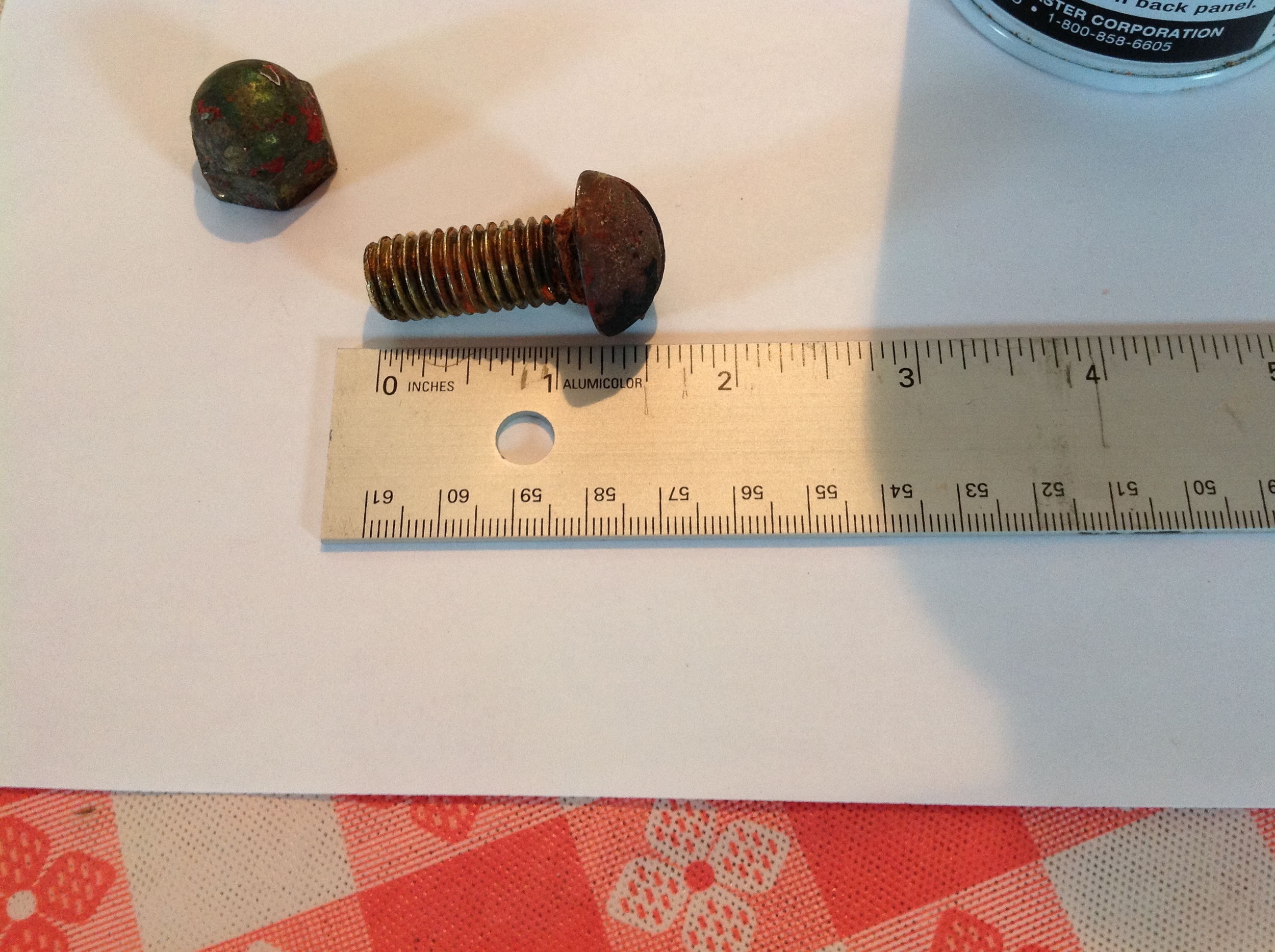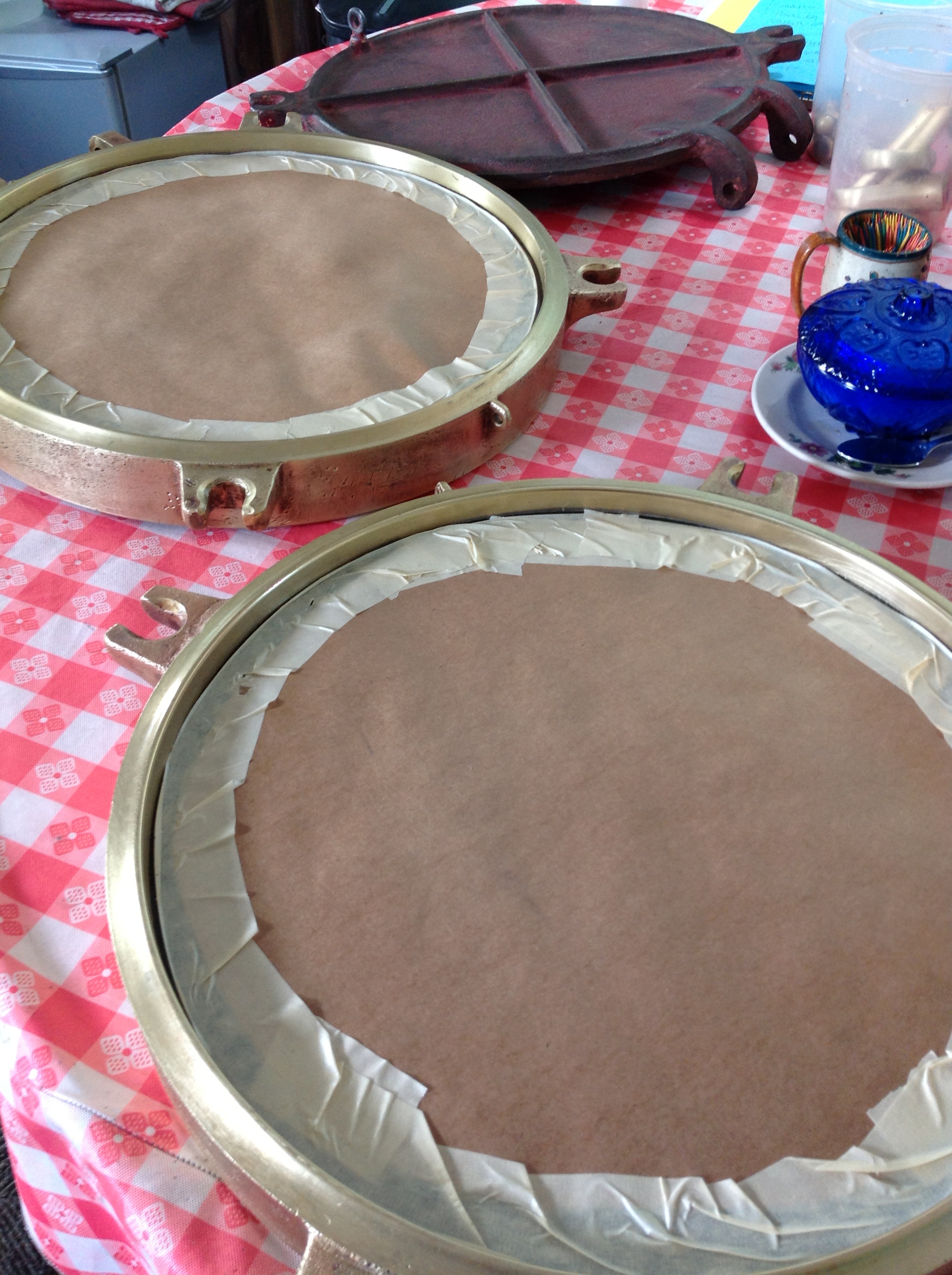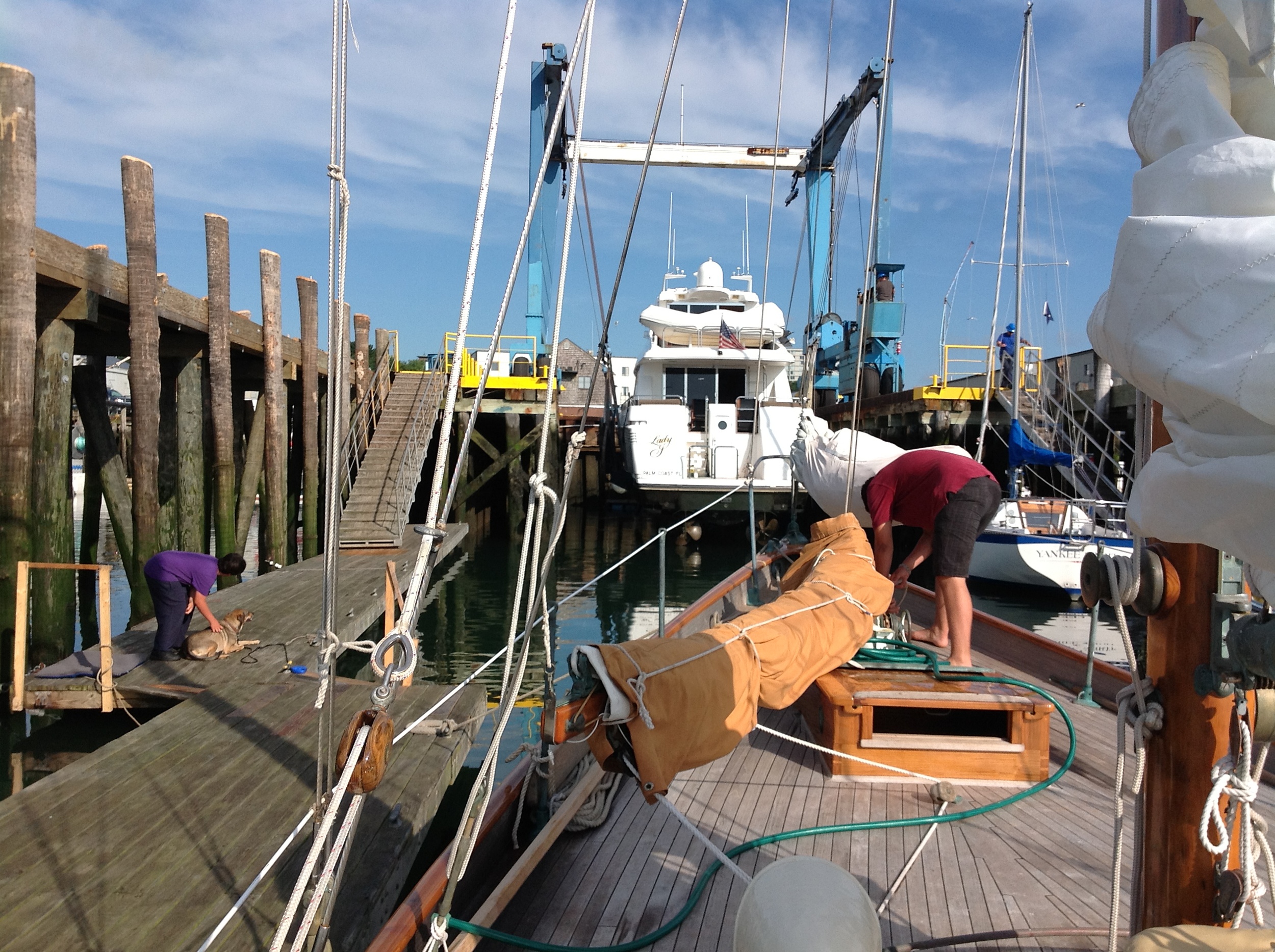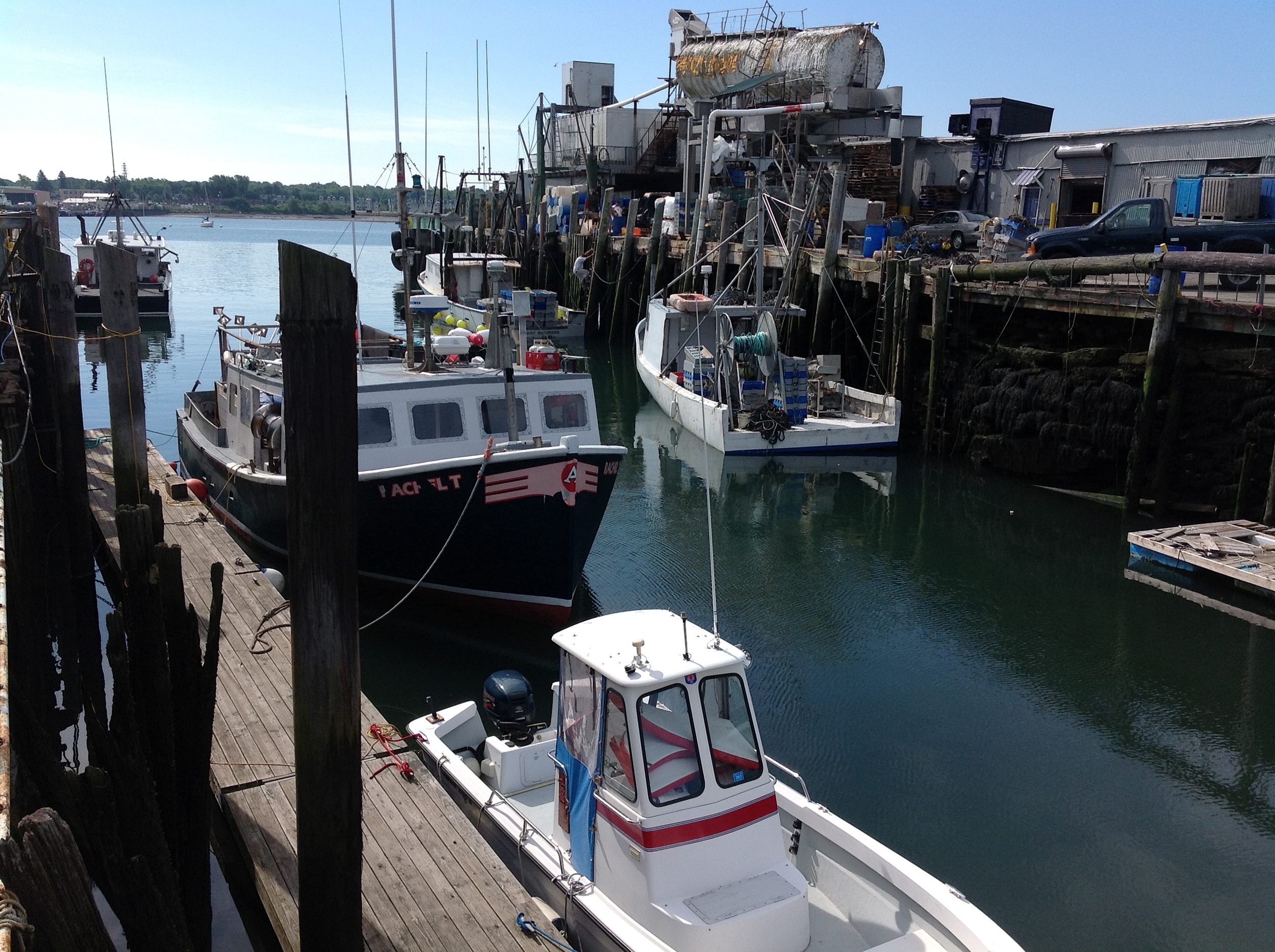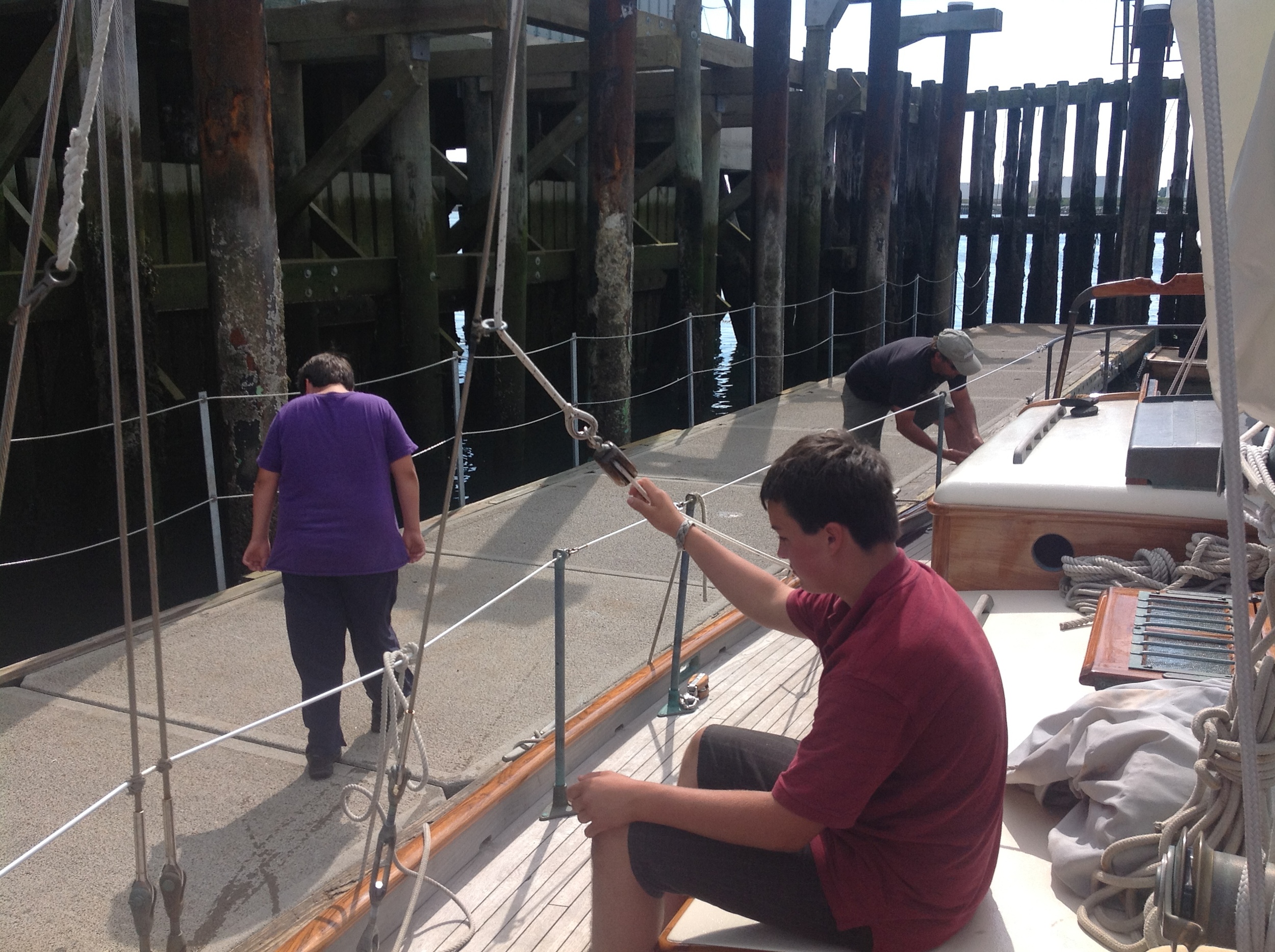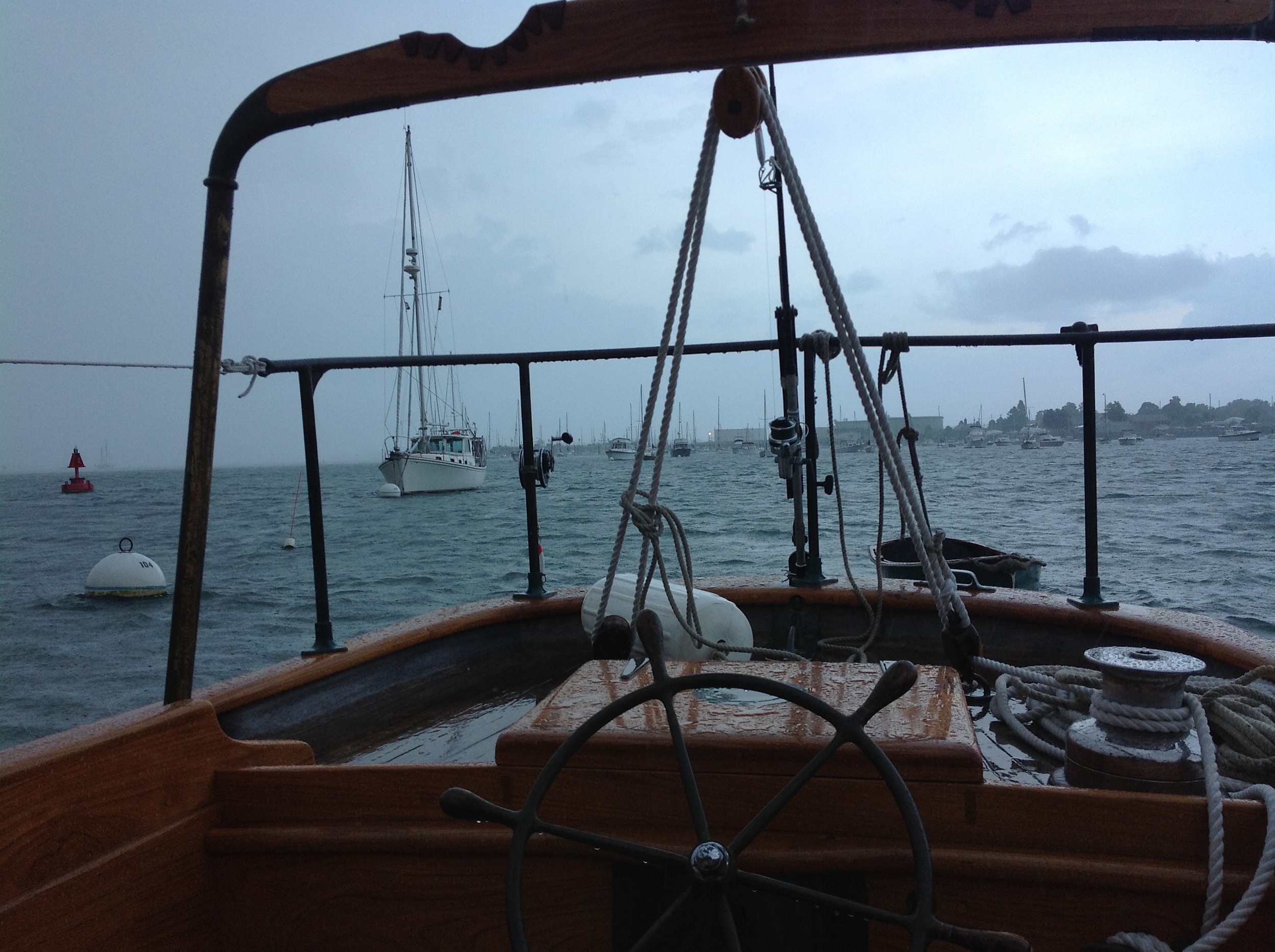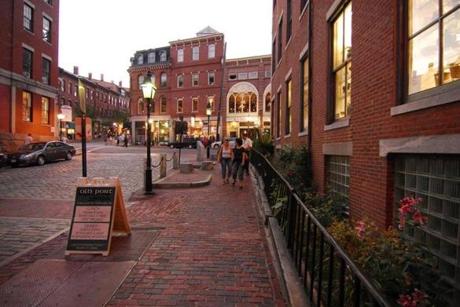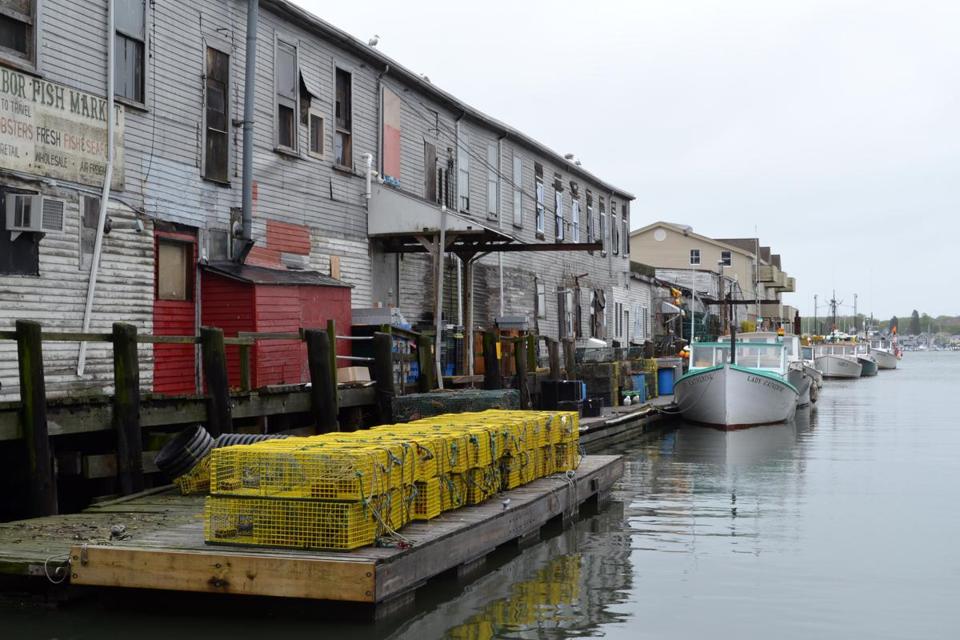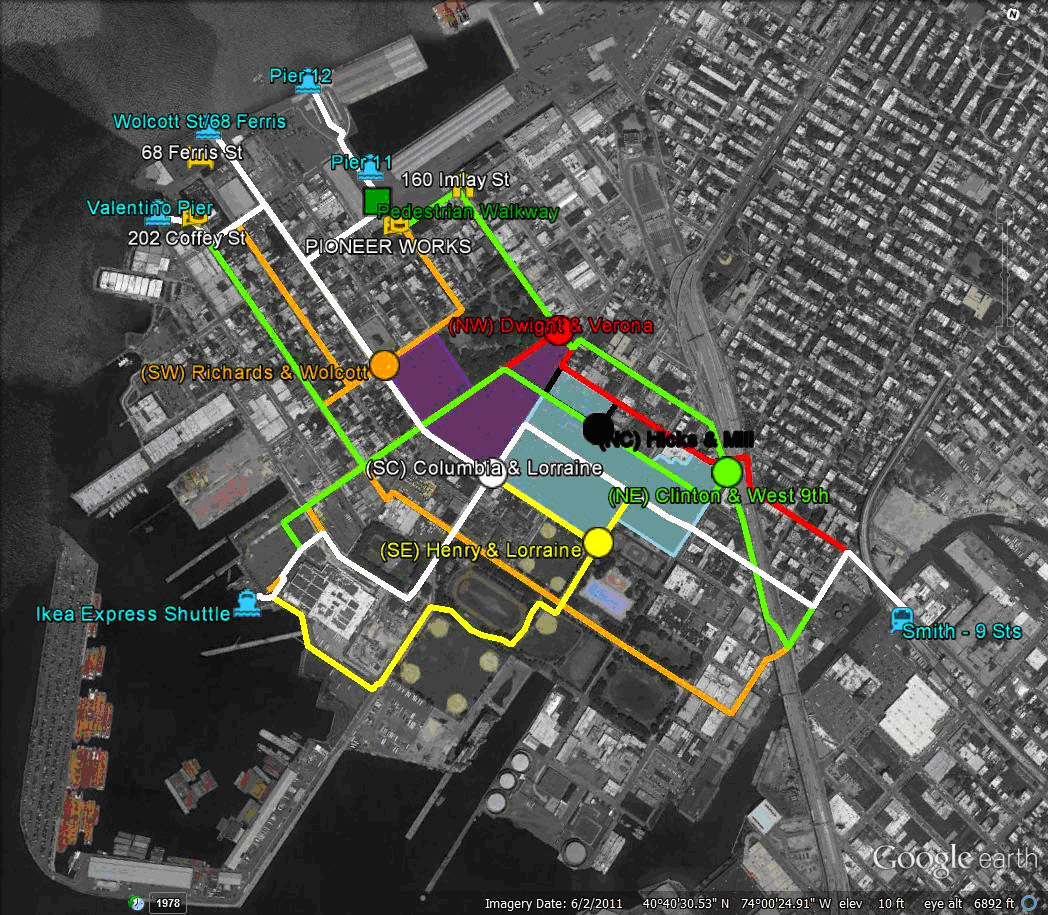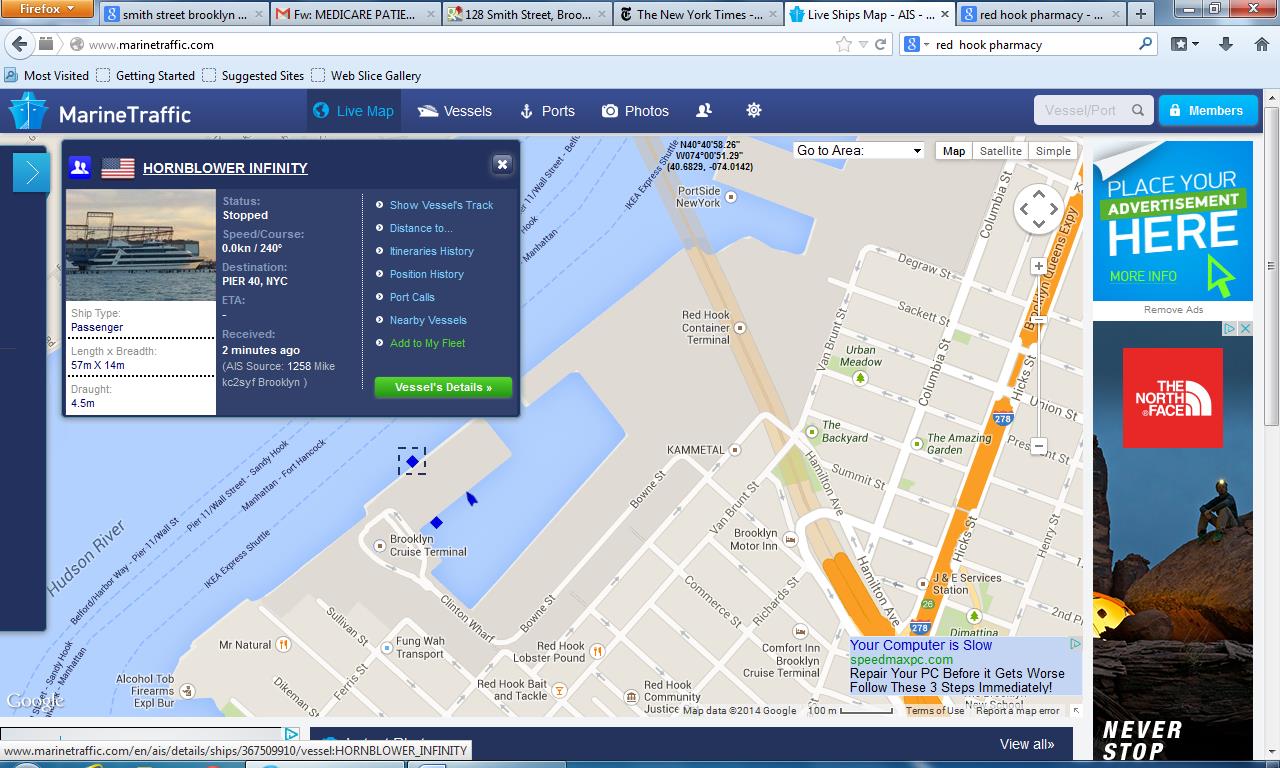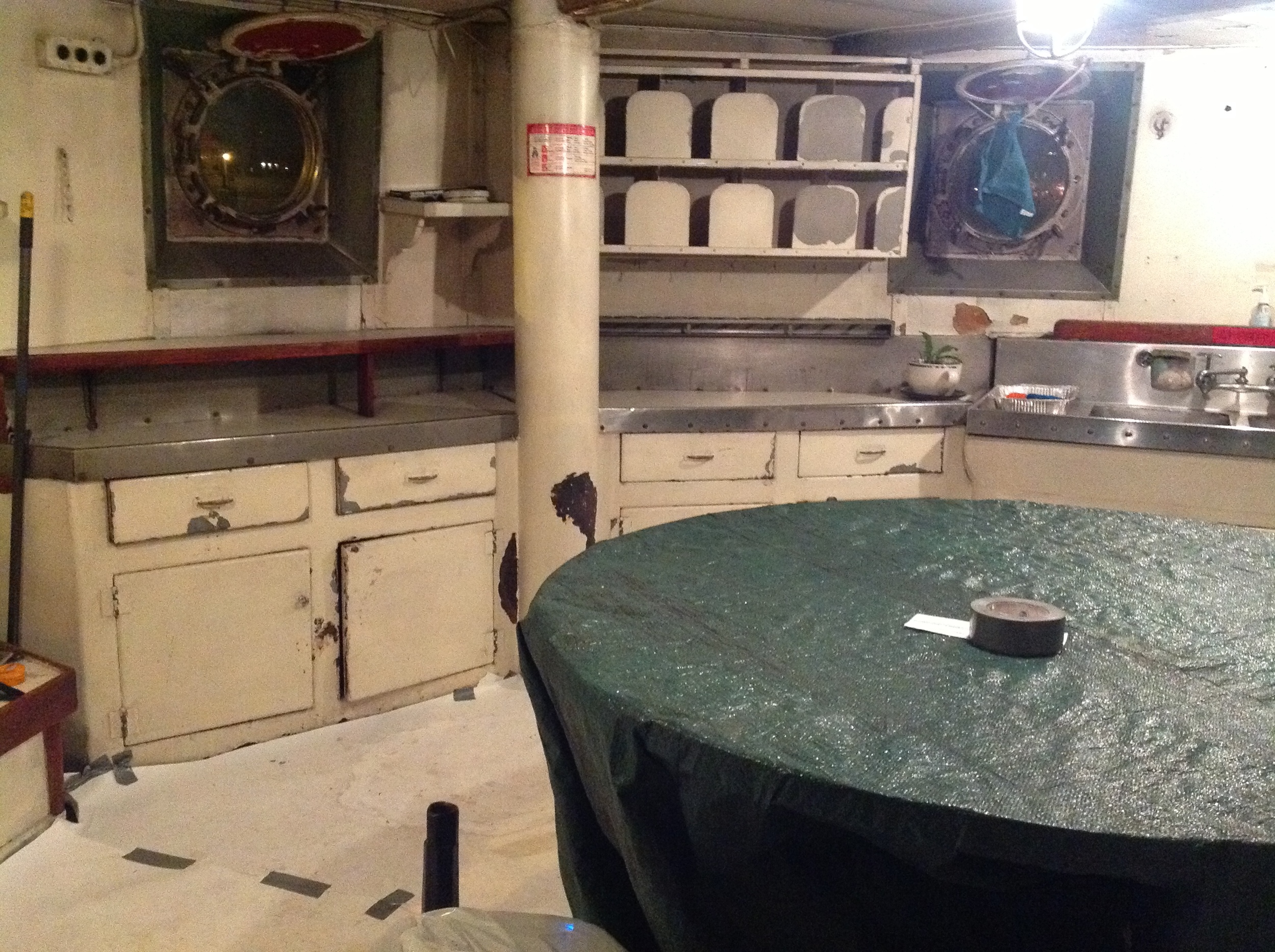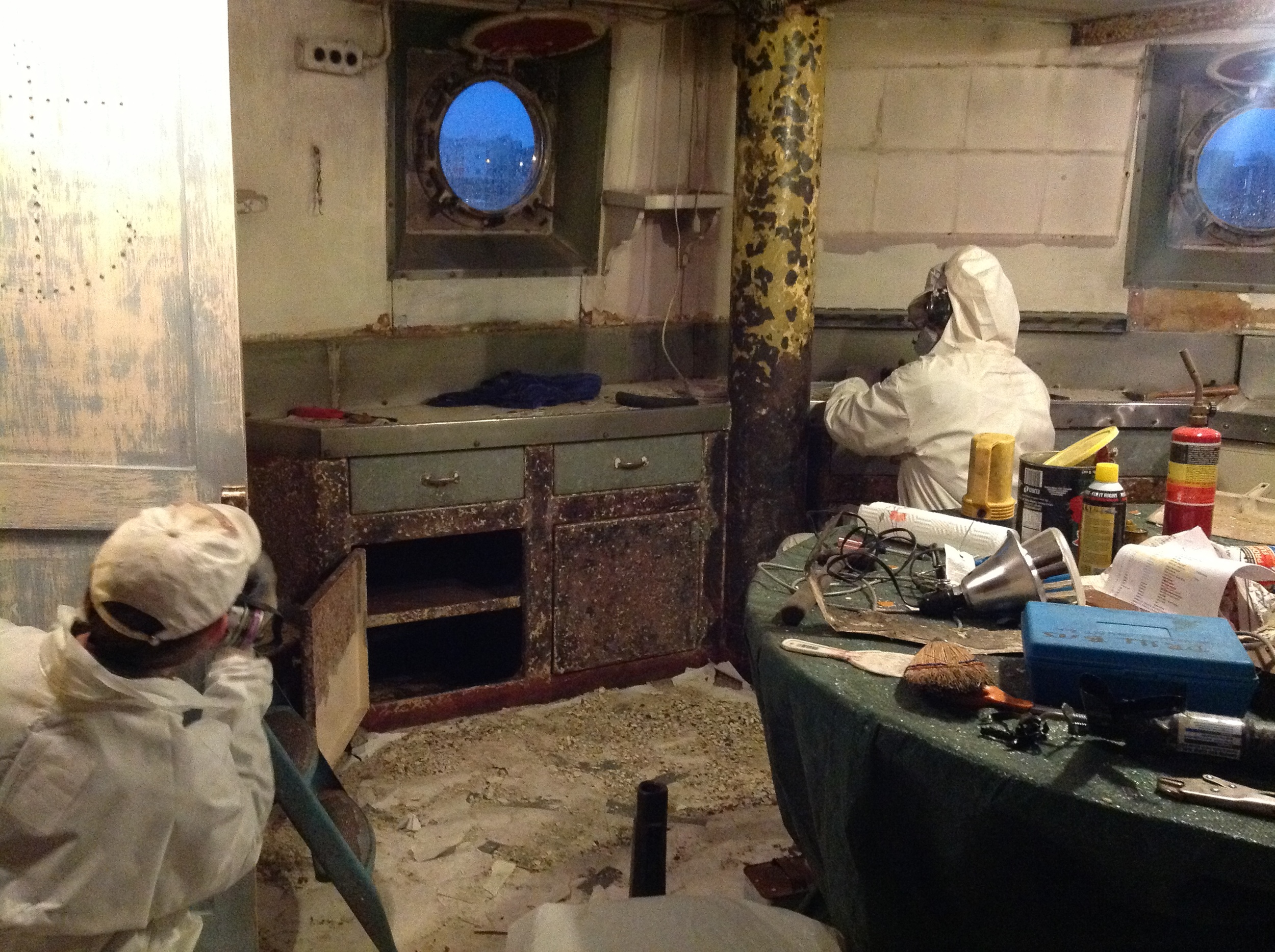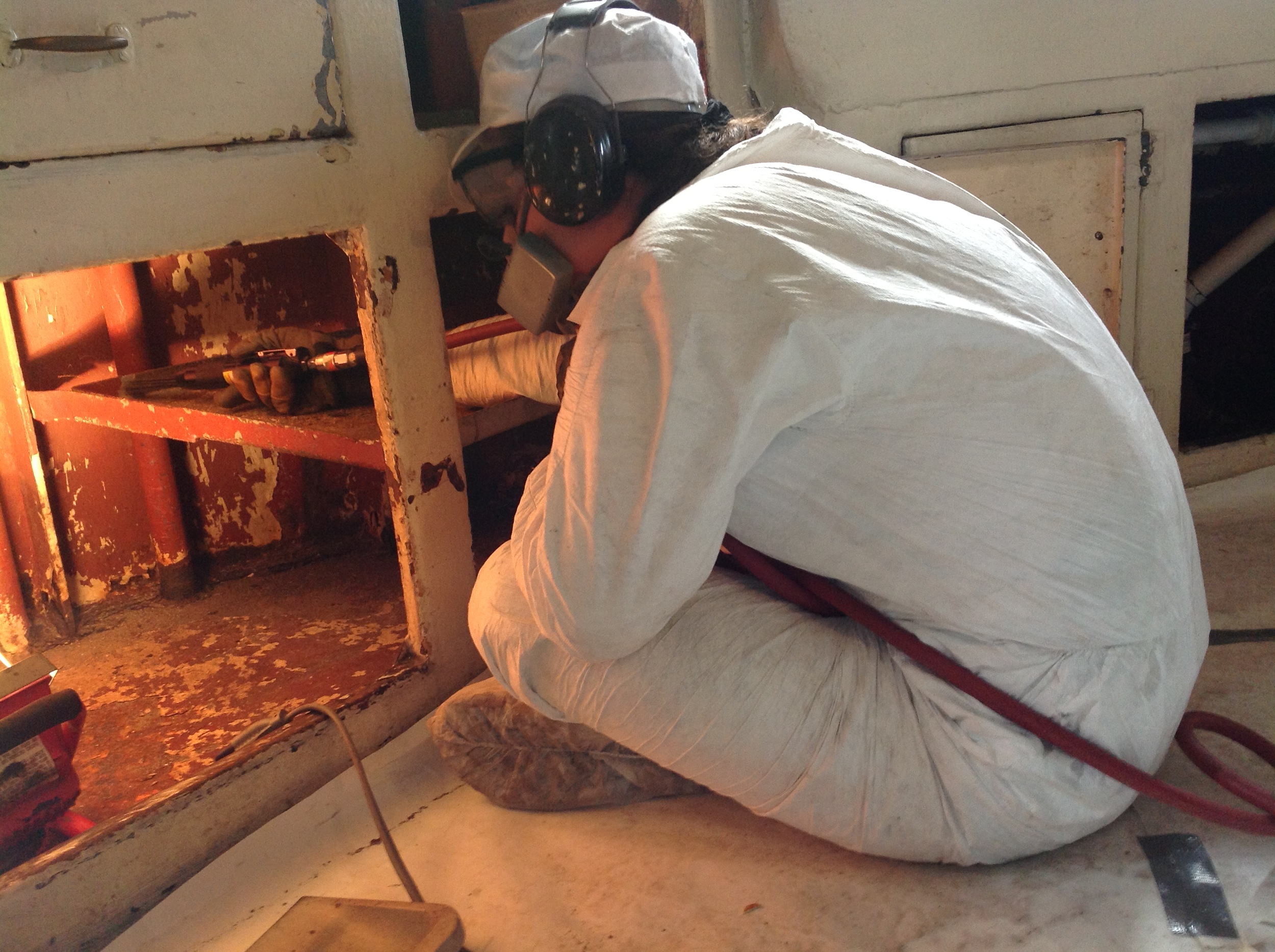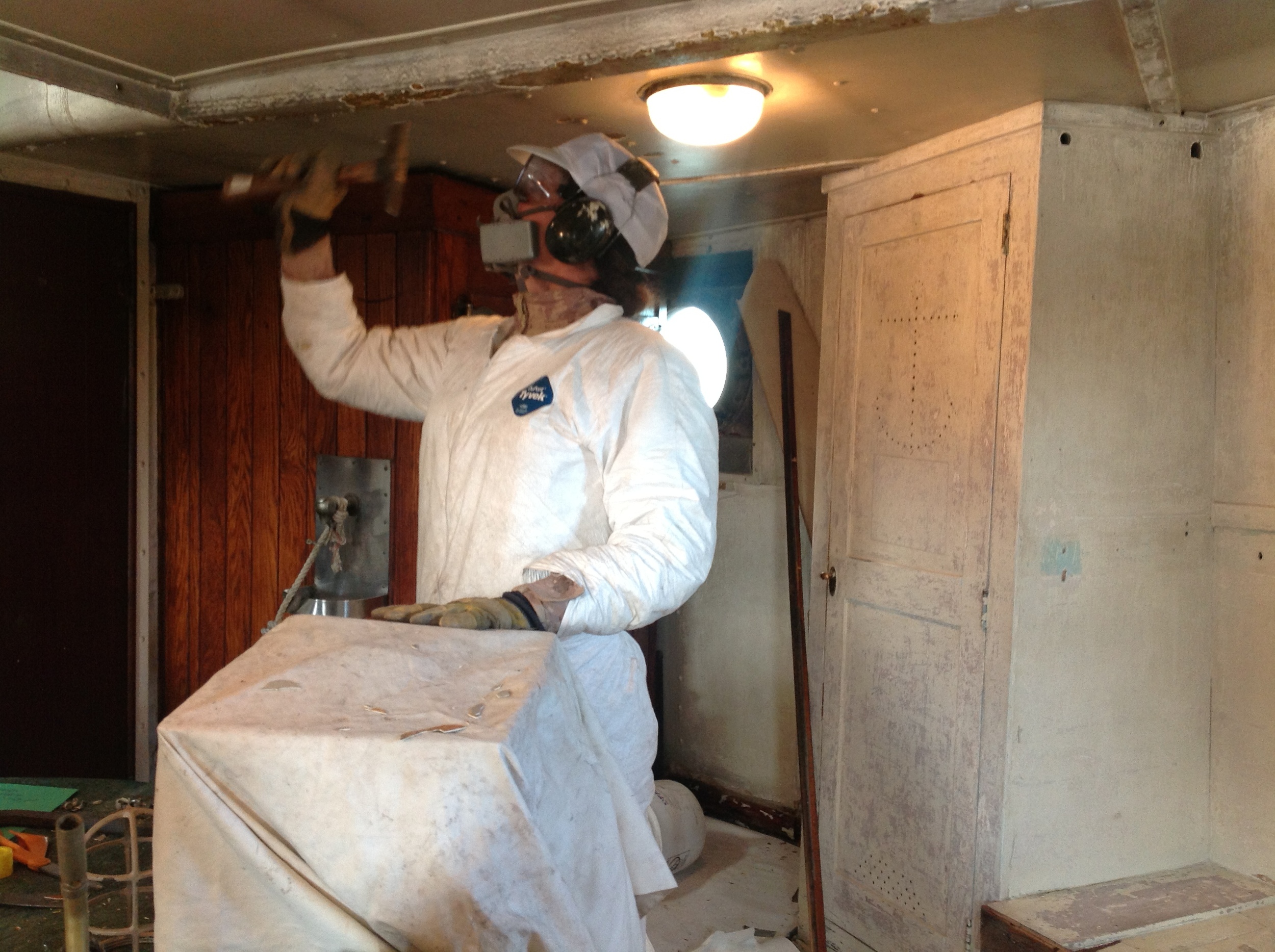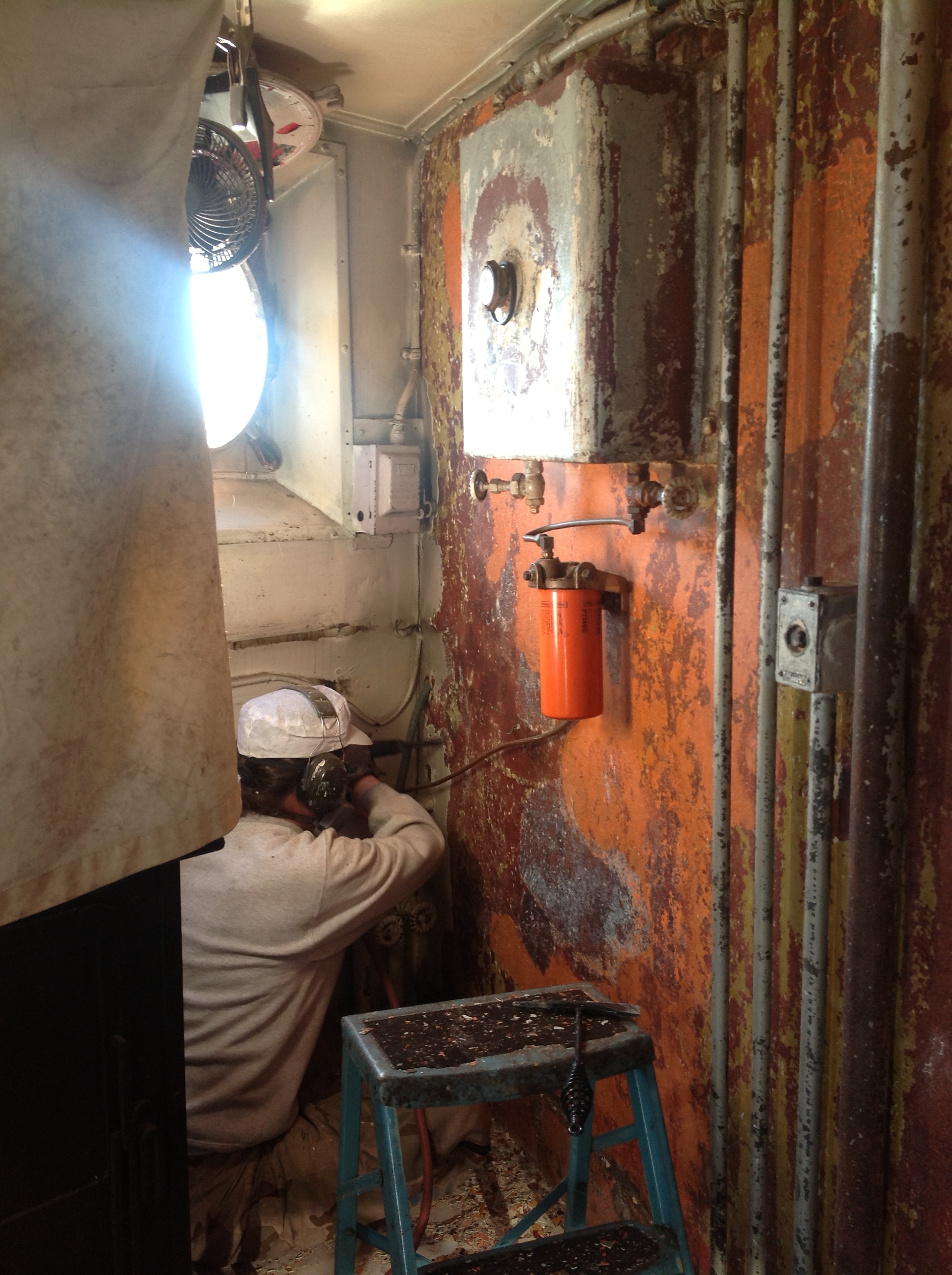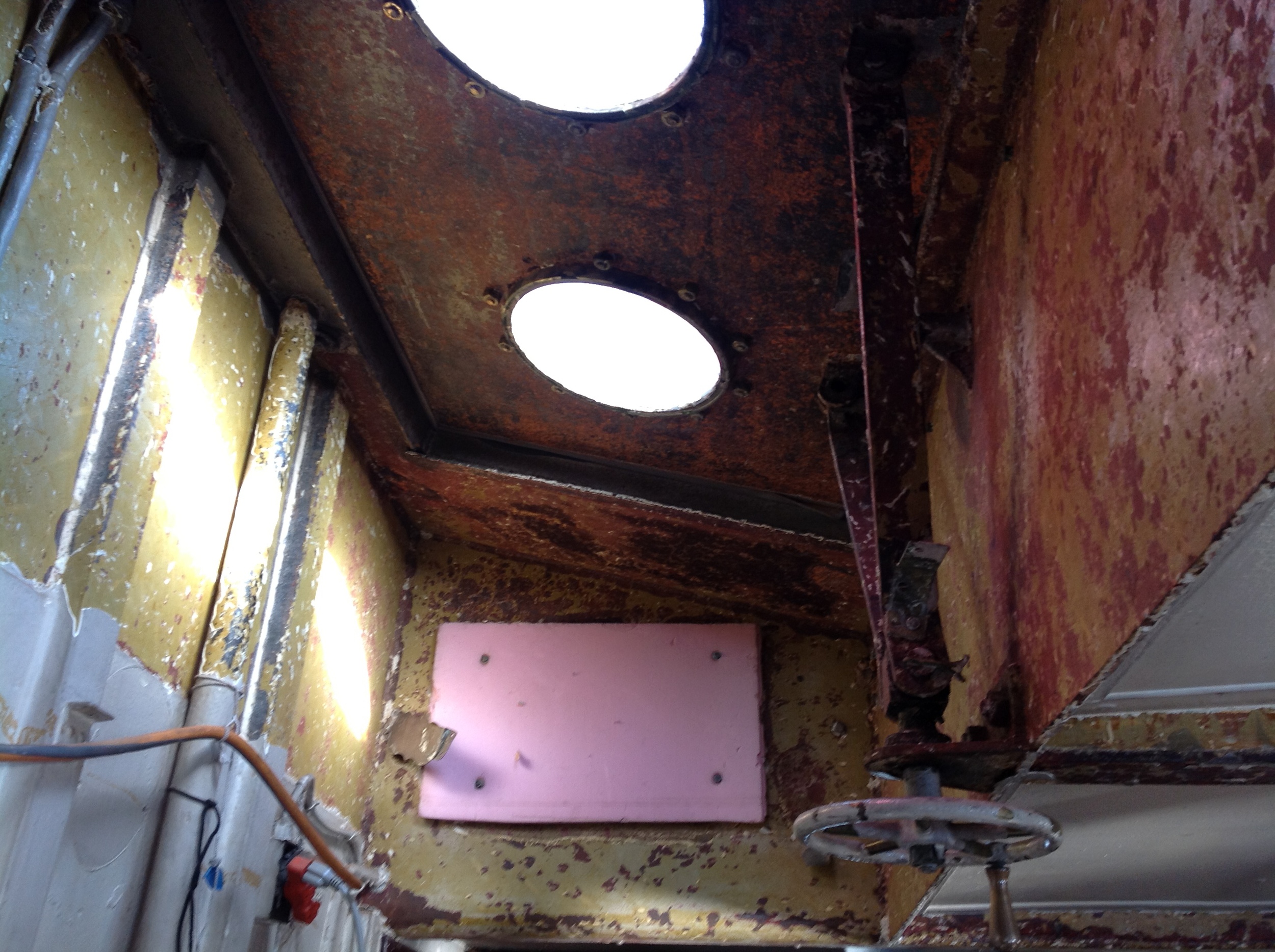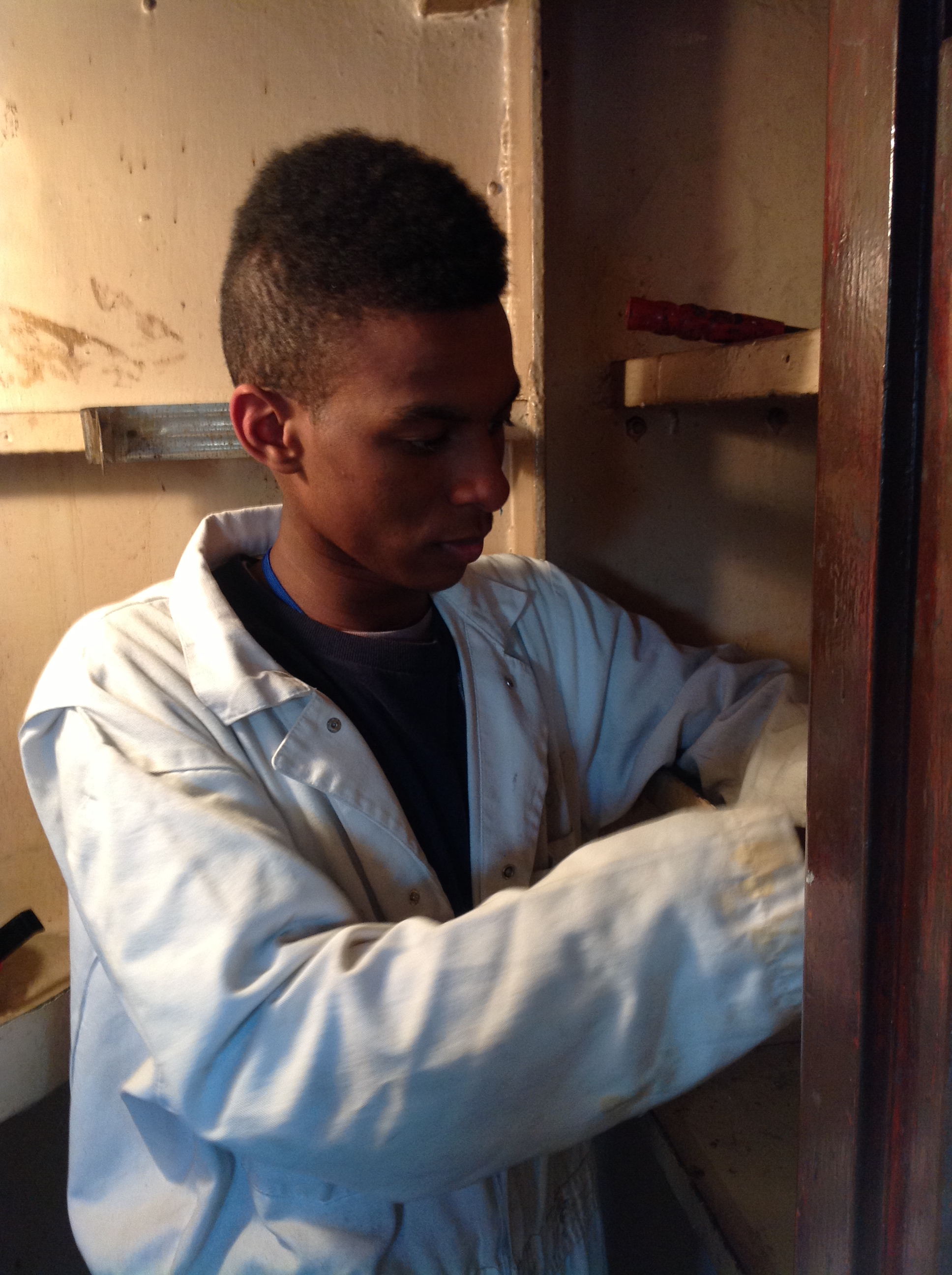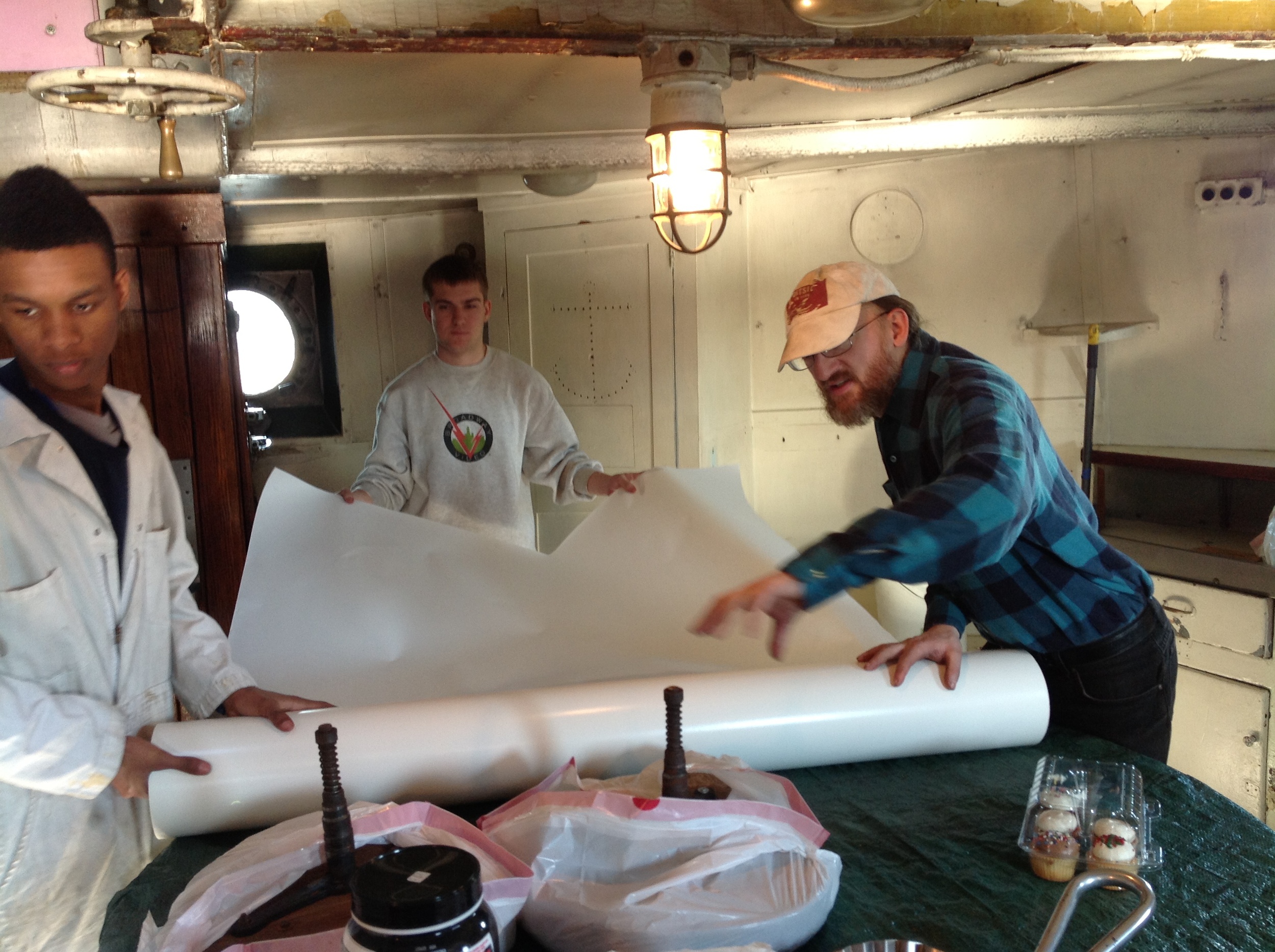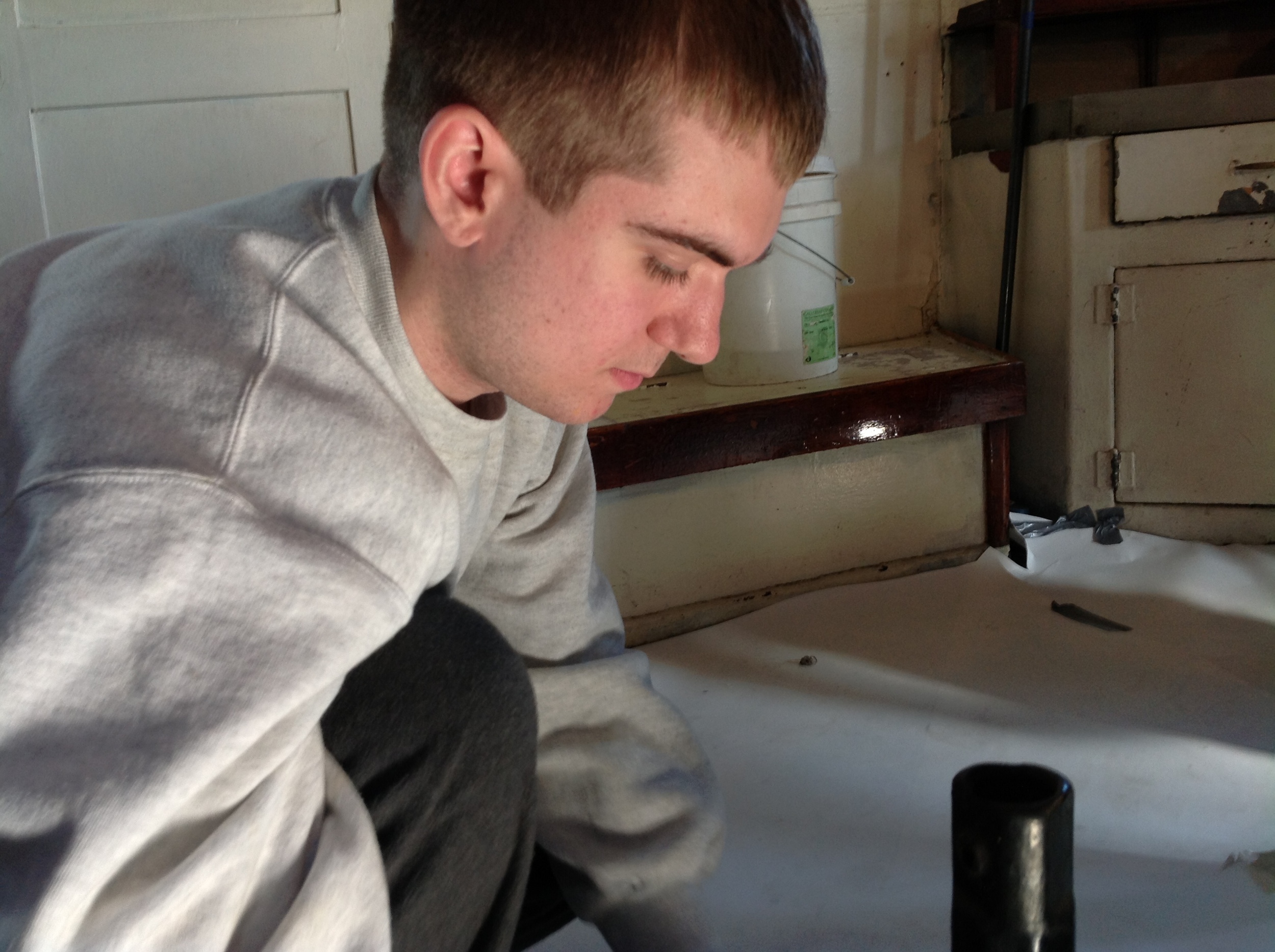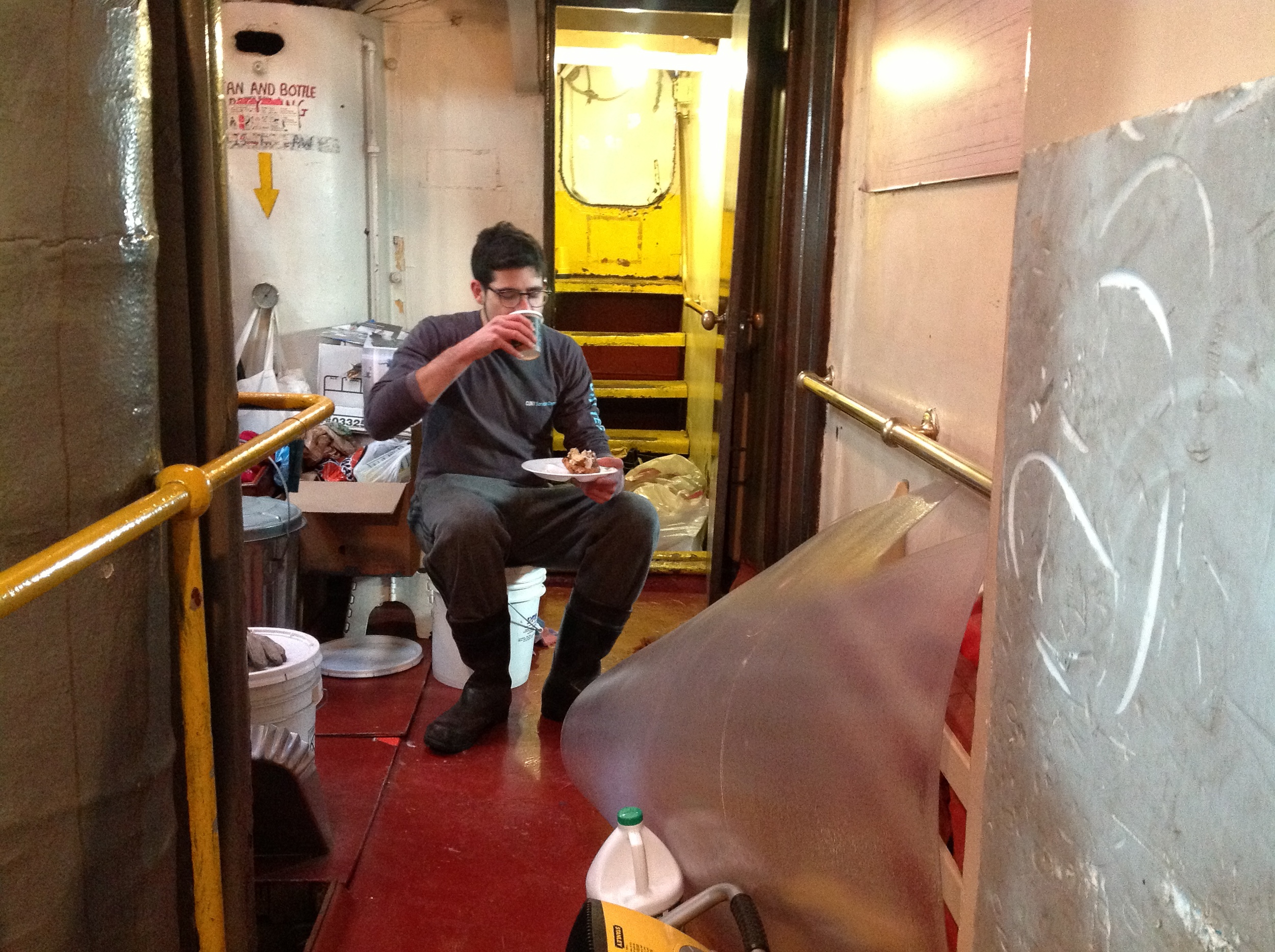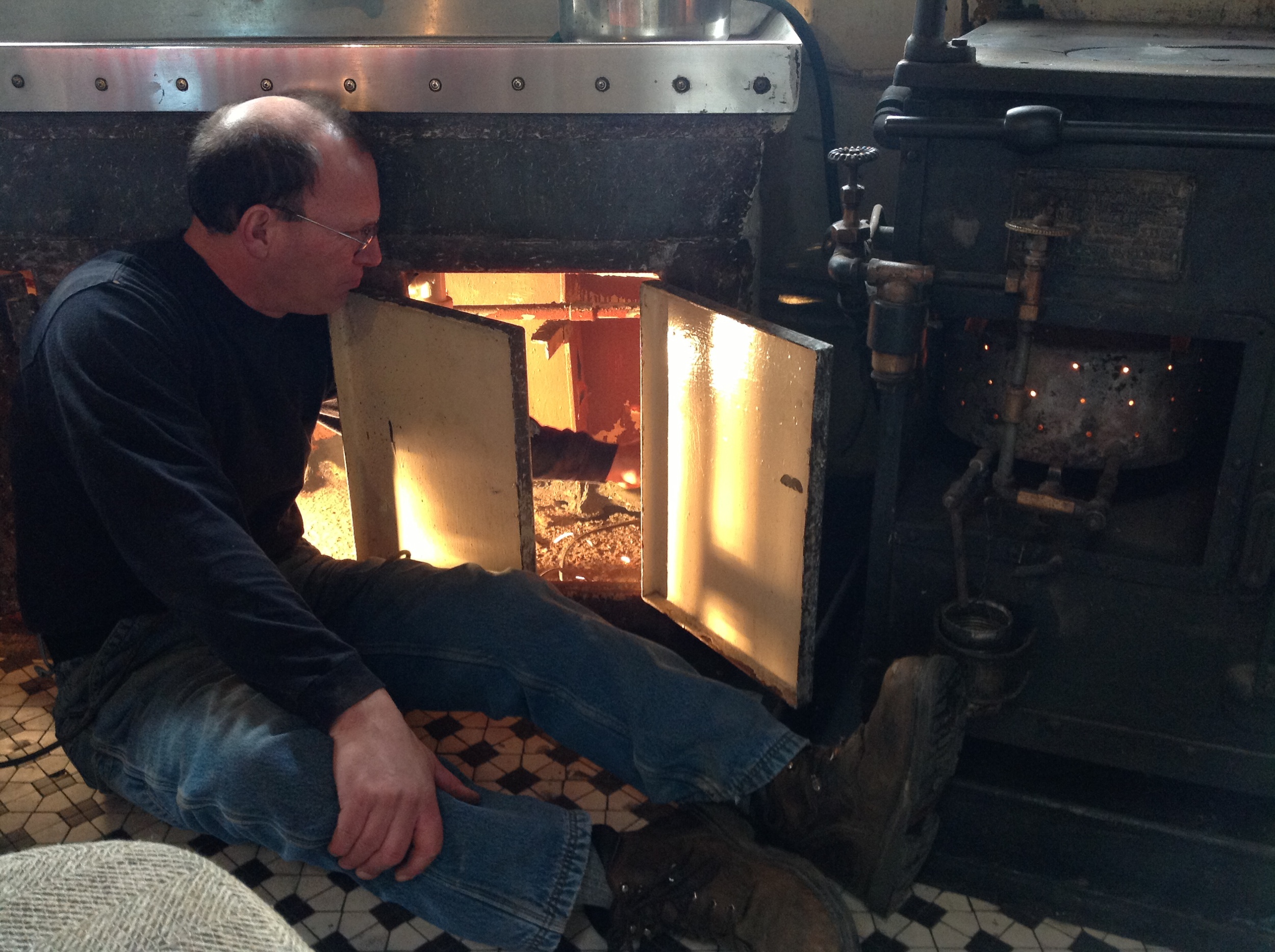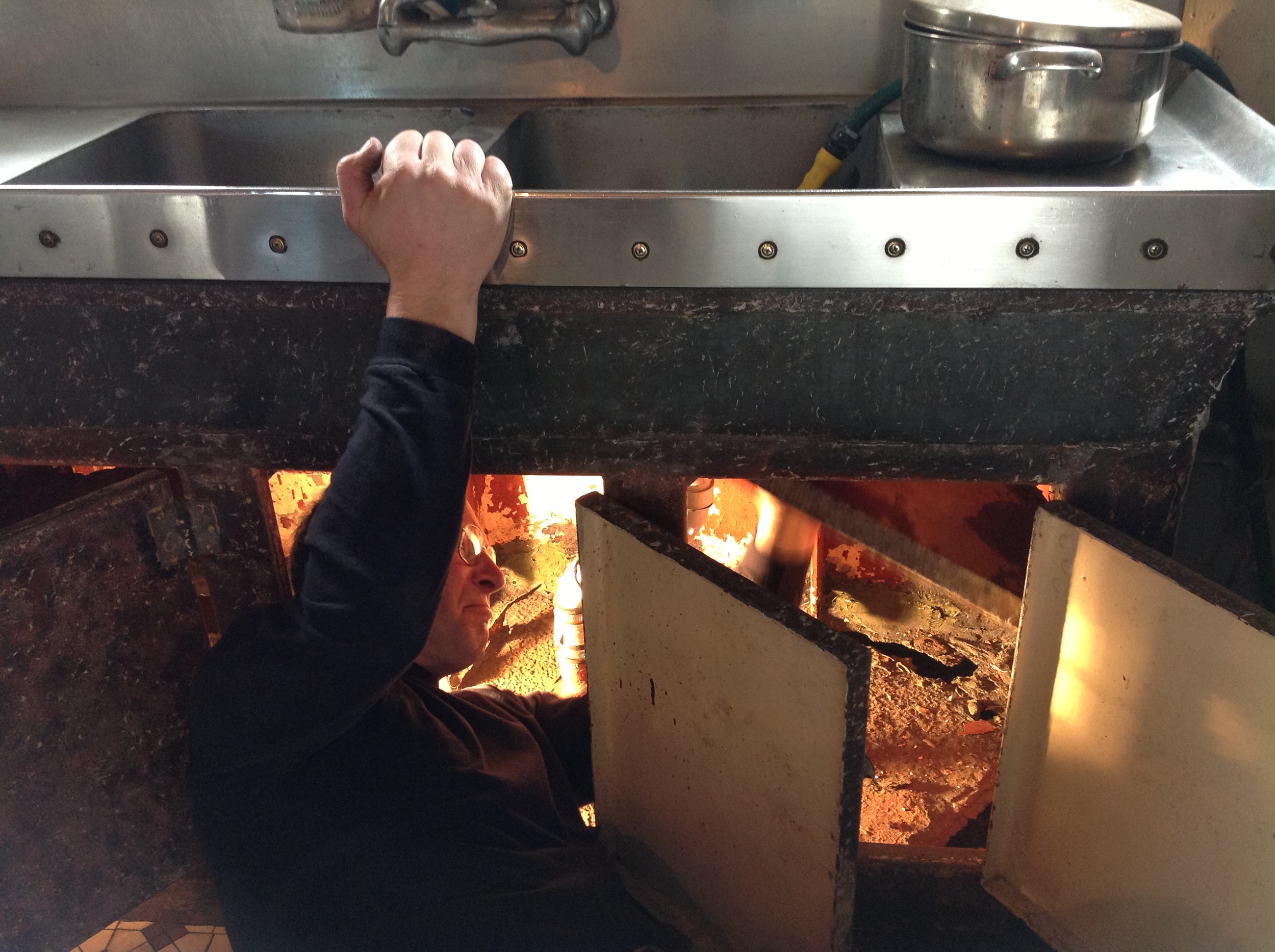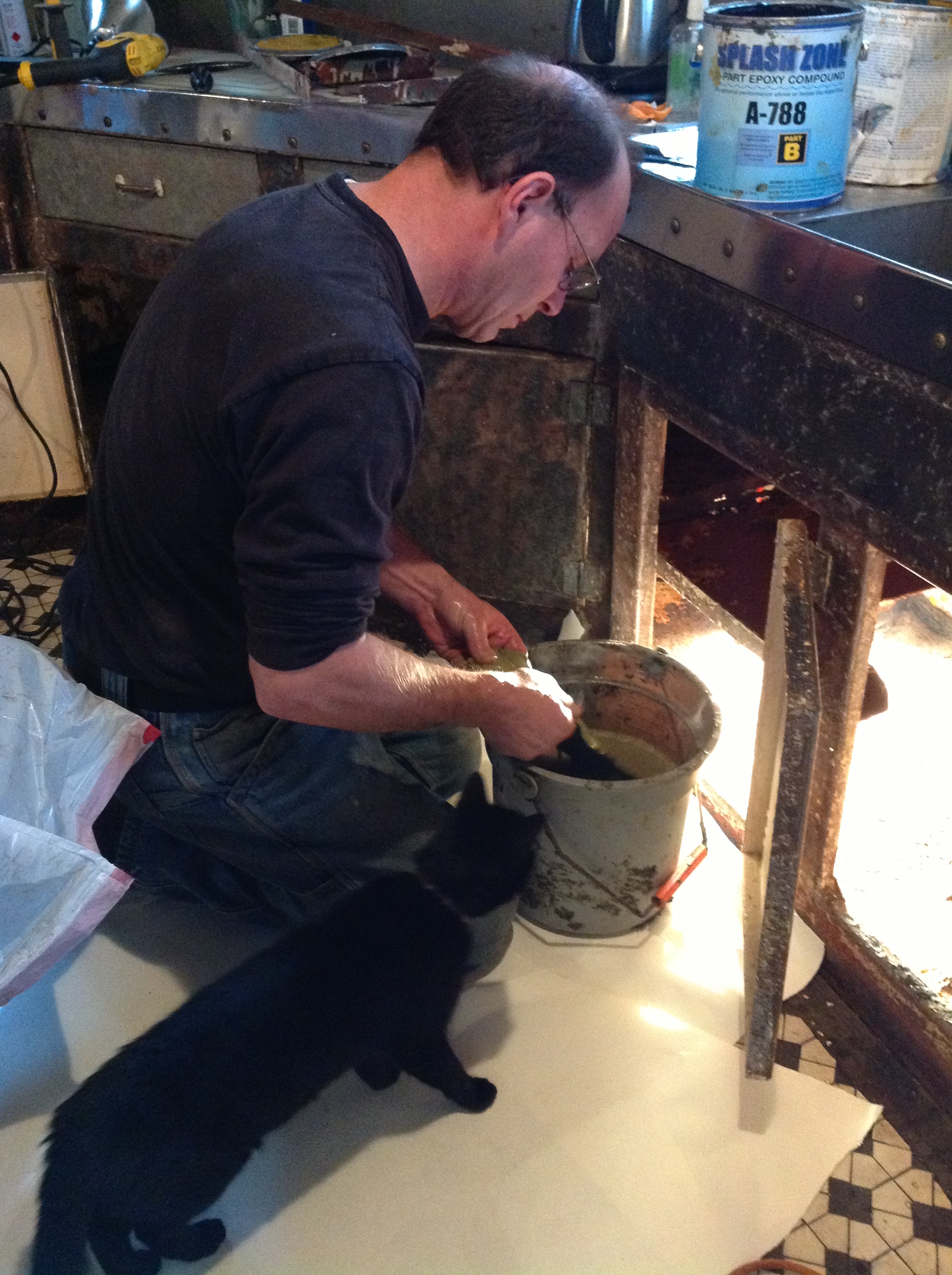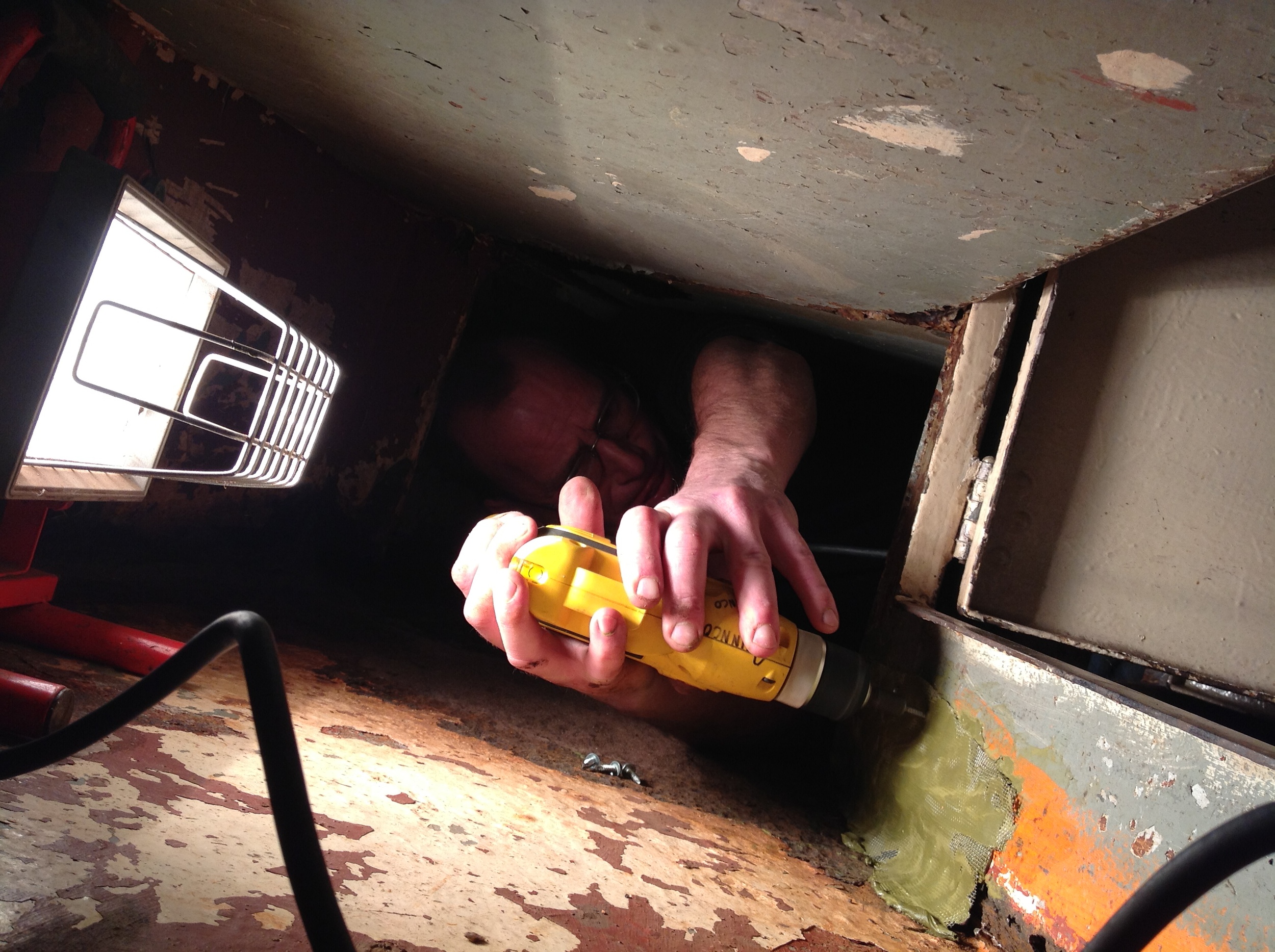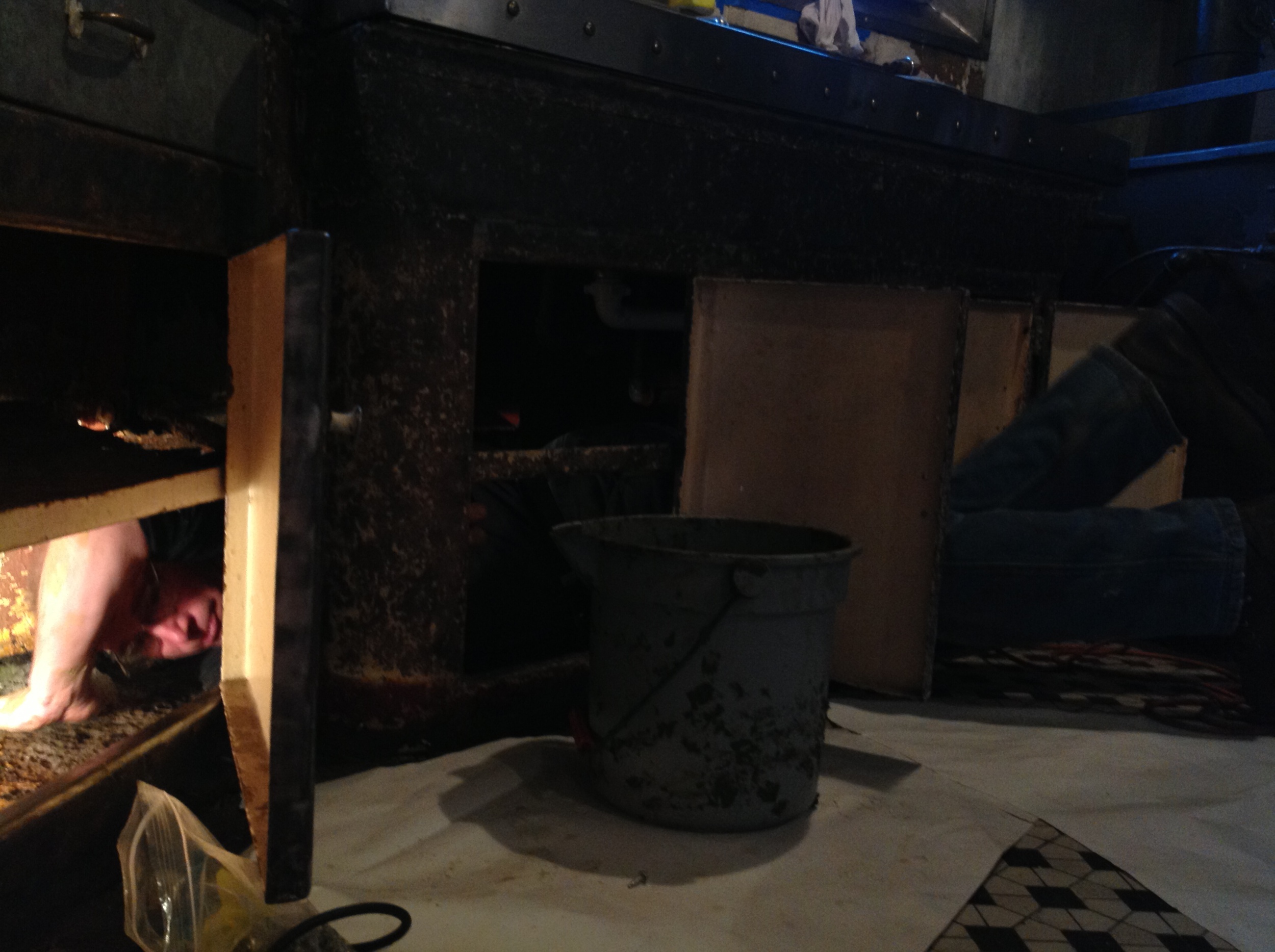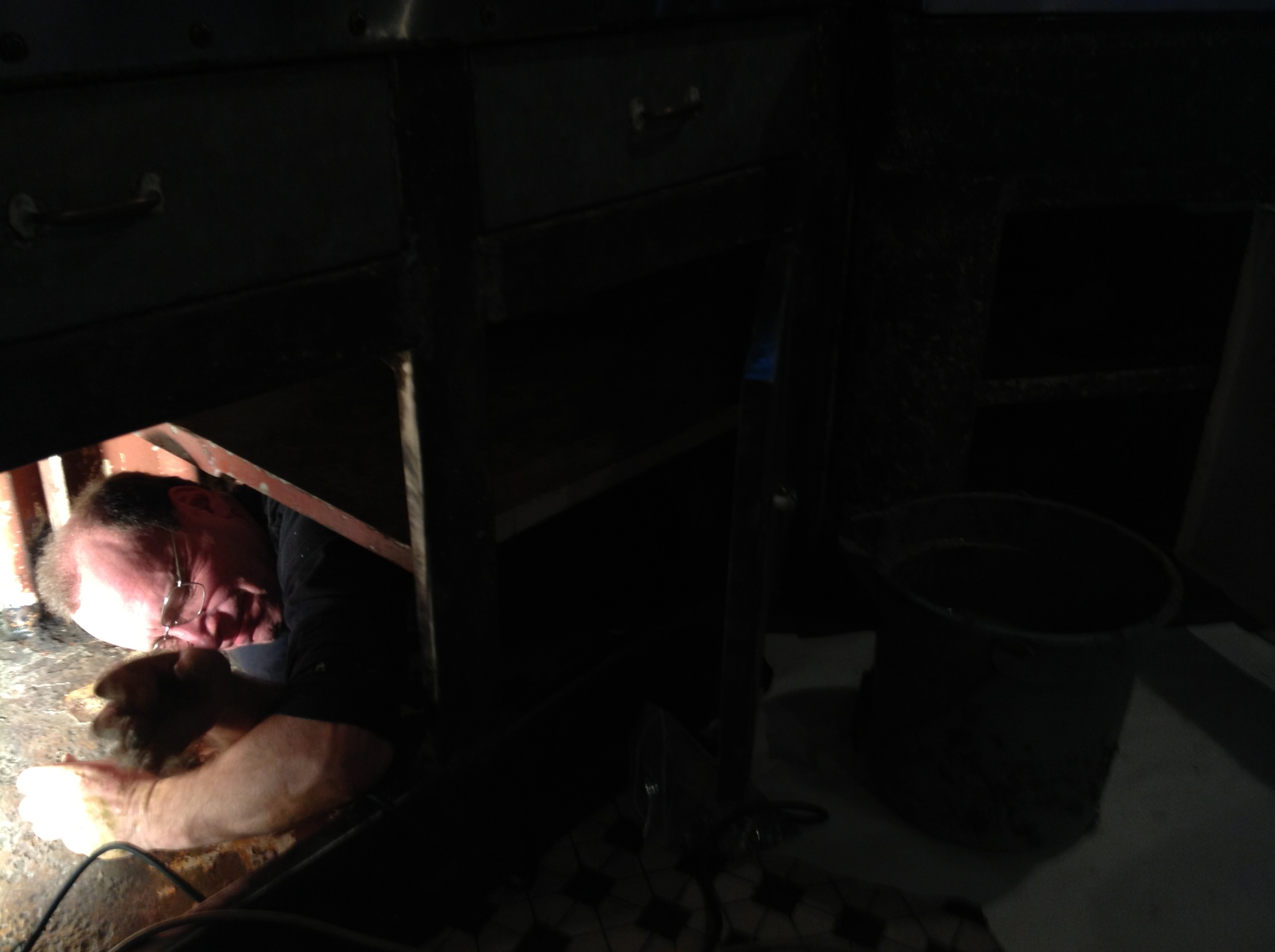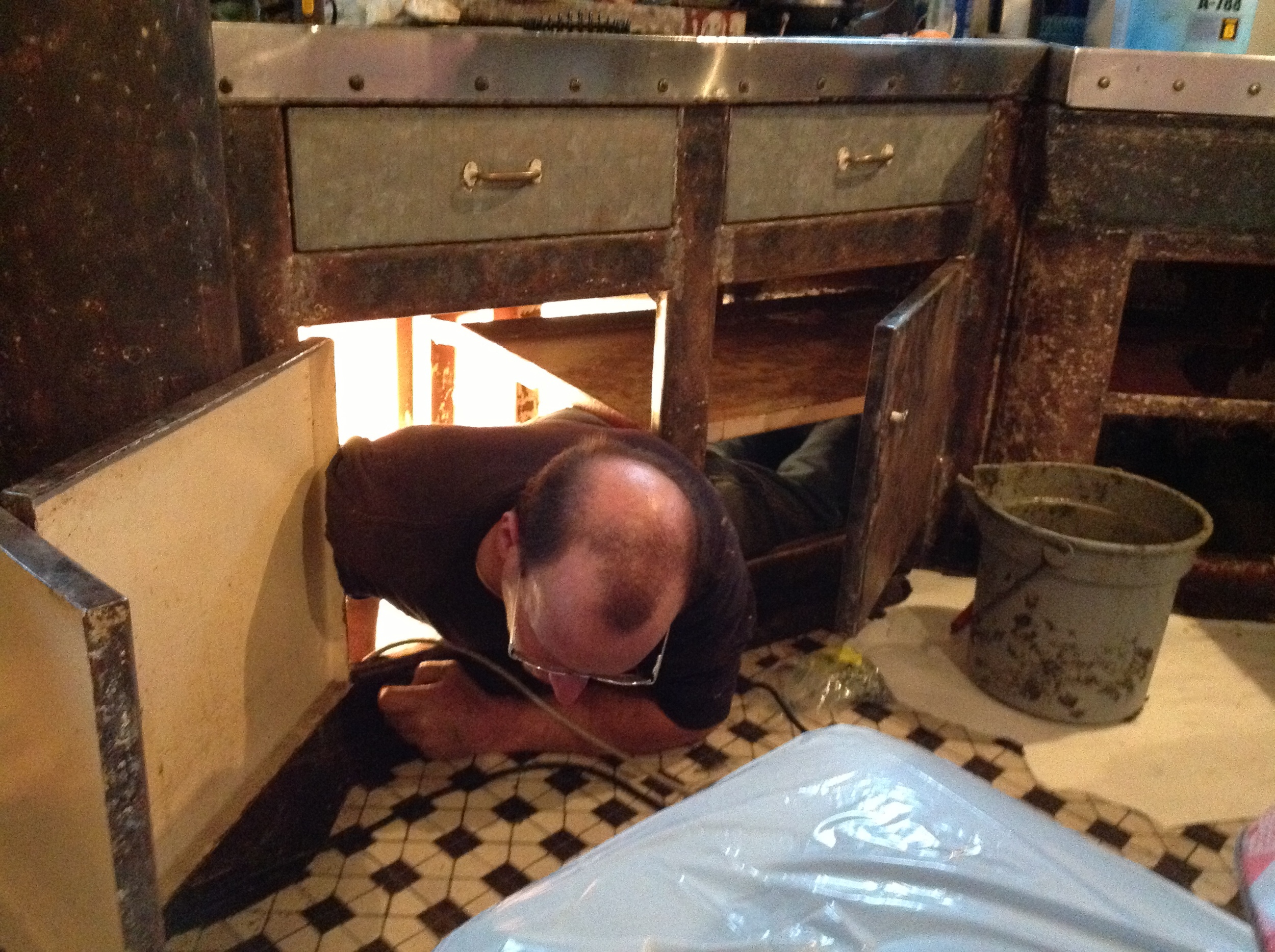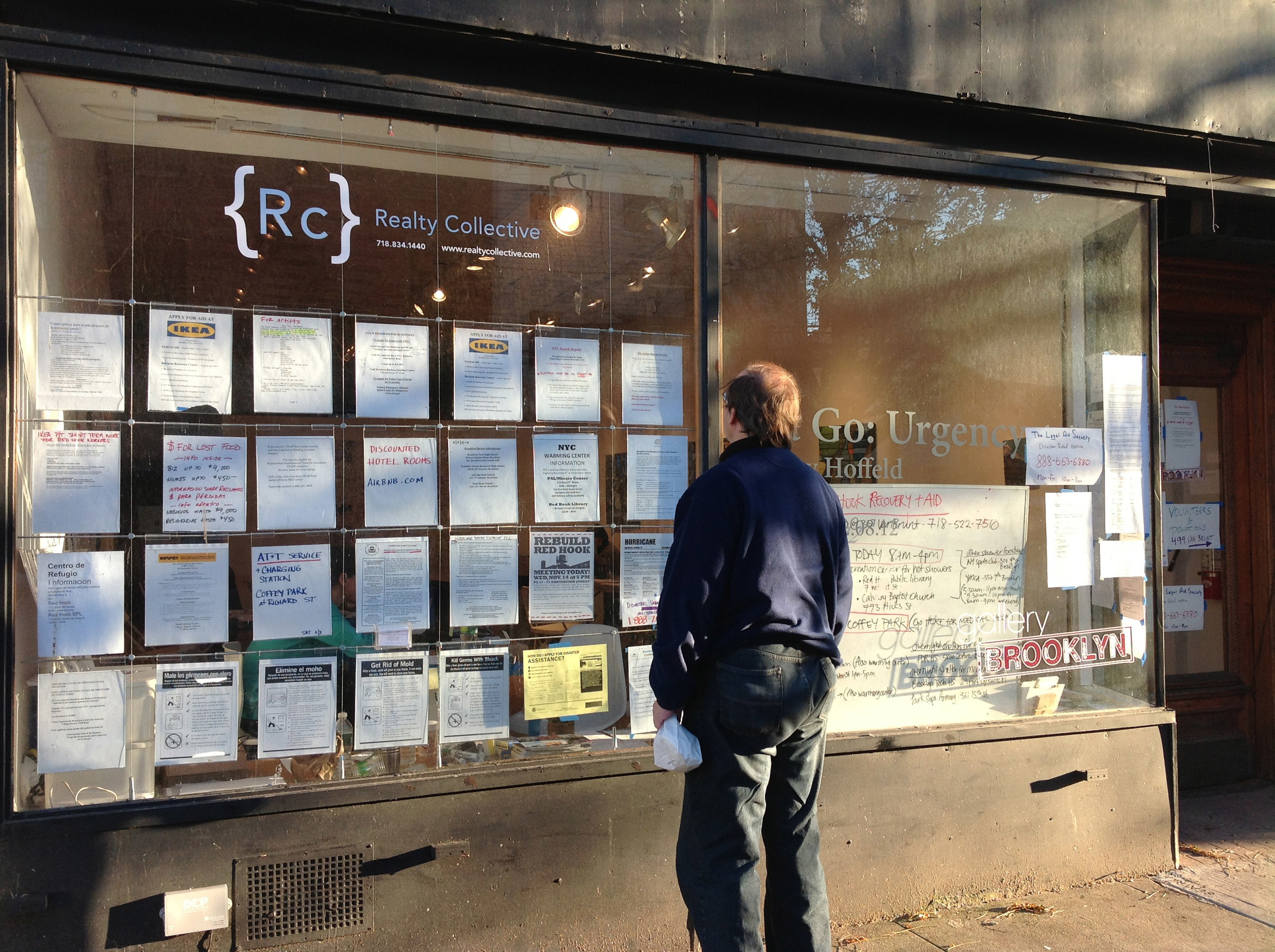FEMA needs input to Region 2 Coastal website - due 8-16-14
/ALERT! Get info to FEMA by Wed 8/6/14.
FEMA realized that they need to revise the region2.coastal website and are looking for input and feedback. Send info directly to Heidi Carlin below.
From: coat-bounces@marine.rutgers.edu On Behalf Of Carlin, Heidi
Sent: Tuesday, July 29, 2014 2:51 PM
To: coat@marine.rutgers.edu
Cc: Song Thomas
Subject: [Coat] We need your input on the Region 2 Coastal website by August 6, 2014
Dear COAT Members,
You are a valued member of a large team of professionals along the New Jersey and New York coast interested in promoting flood risk communication. We would really appreciate you taking a few minutes to review the www.region2coastal.com website, then fill out the attached questionnaire, and send back to Heidi.carlin@urs.com by Wednesday, August 6, 2014.
Please let me know if you have any questions.
Sincerely,
Heidi M. Carlin, CFM
Senior Strategic Communications Specialist
URS Corporation
Office/Mobile: 410-725-7414
Email: Heidi.Carlin@urs.com
*** here is the questionnaire ***
This questionnaire is intended for local community officials and other key stakeholders to determine usability of the www.region2coastal.com website. Your feedback is greatly appreciated!
1. What is your primary function? (Please circle)
a. Floodplain Manager
b. Building Official
c. Elected Official
d. Emergency Manager
e. Academic
f. Non-Profit Organization
g. Private Sector
h. Federal/State Government
i. Other, please describe: ____________________
For the following questions, please write your answer in the space provided. Use the back of this sheet if
you need more space and indicate which question you are writing about.
2. Which parts of the website are most useful to you?
3. What do you need the most from this website in terms of content now or in the future?
4. What would you like the website to do for you? How can the website assist with your job needs?
5. Is there information you need that you cannot find, or have difficulty finding, related to the coastal flood study, the NFIP, or related topics? If so, please list the specific topics.
6. What do you think the public needs the most from this website?
7. What do you think about the overall look and feel of the website? Do you have any suggestions for improving overall usability?





